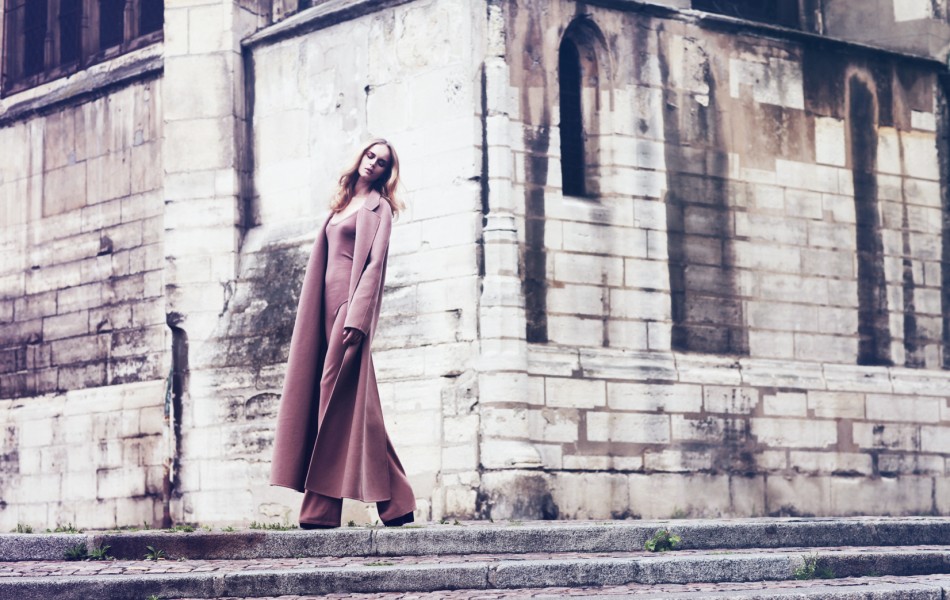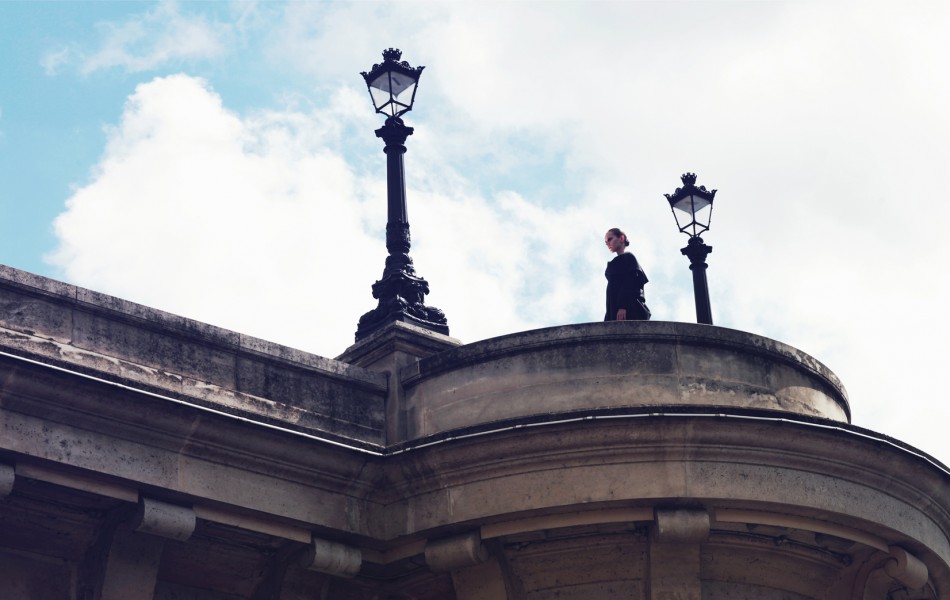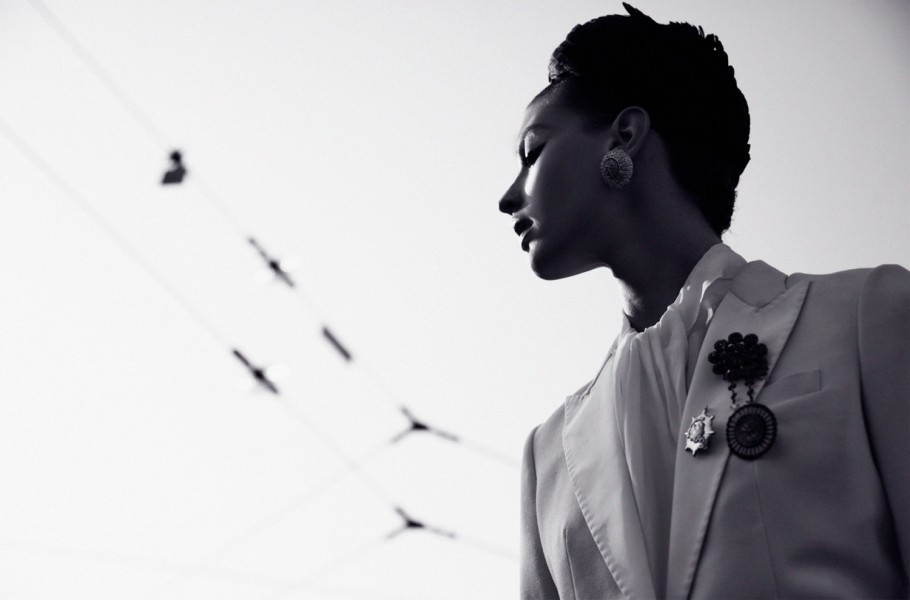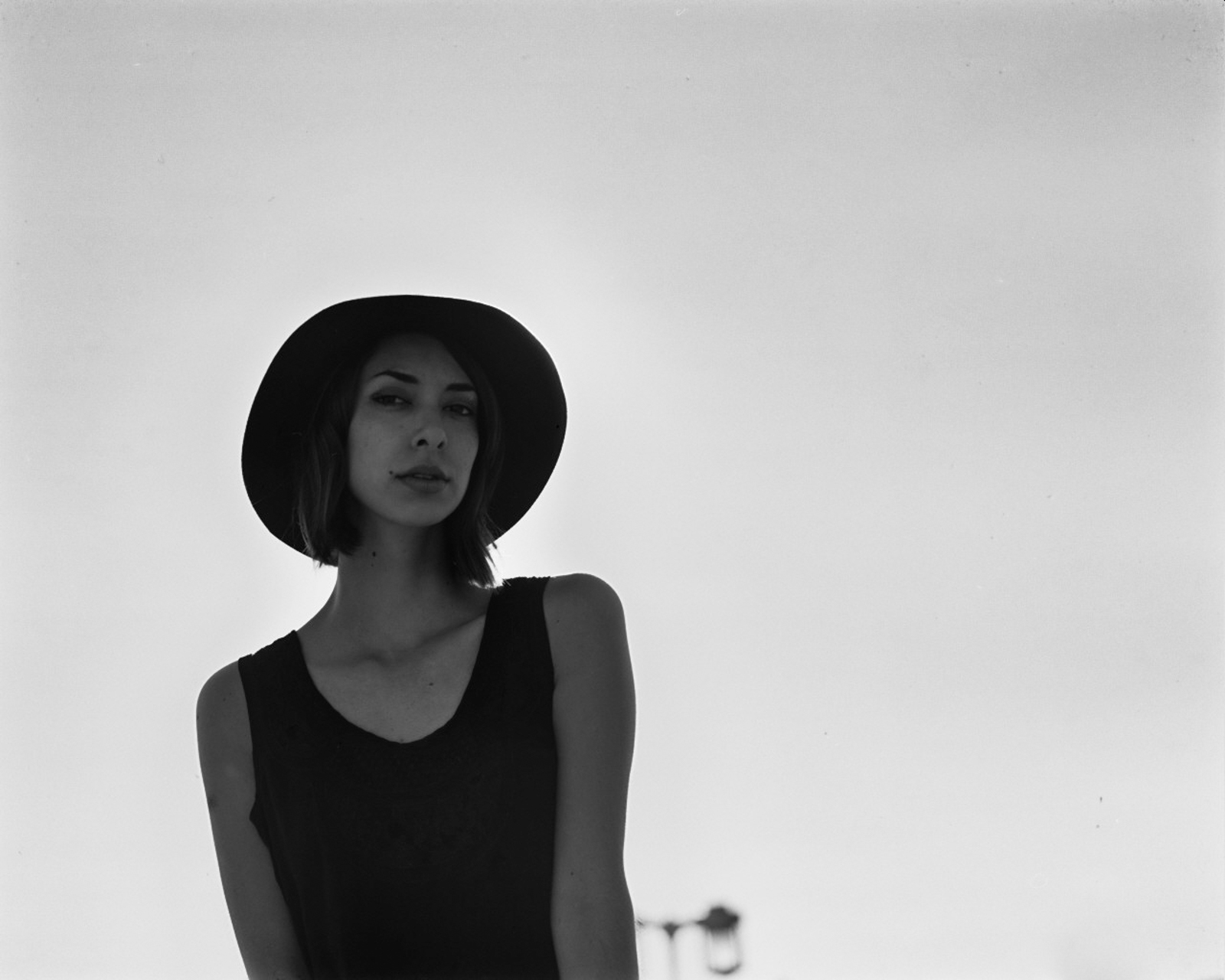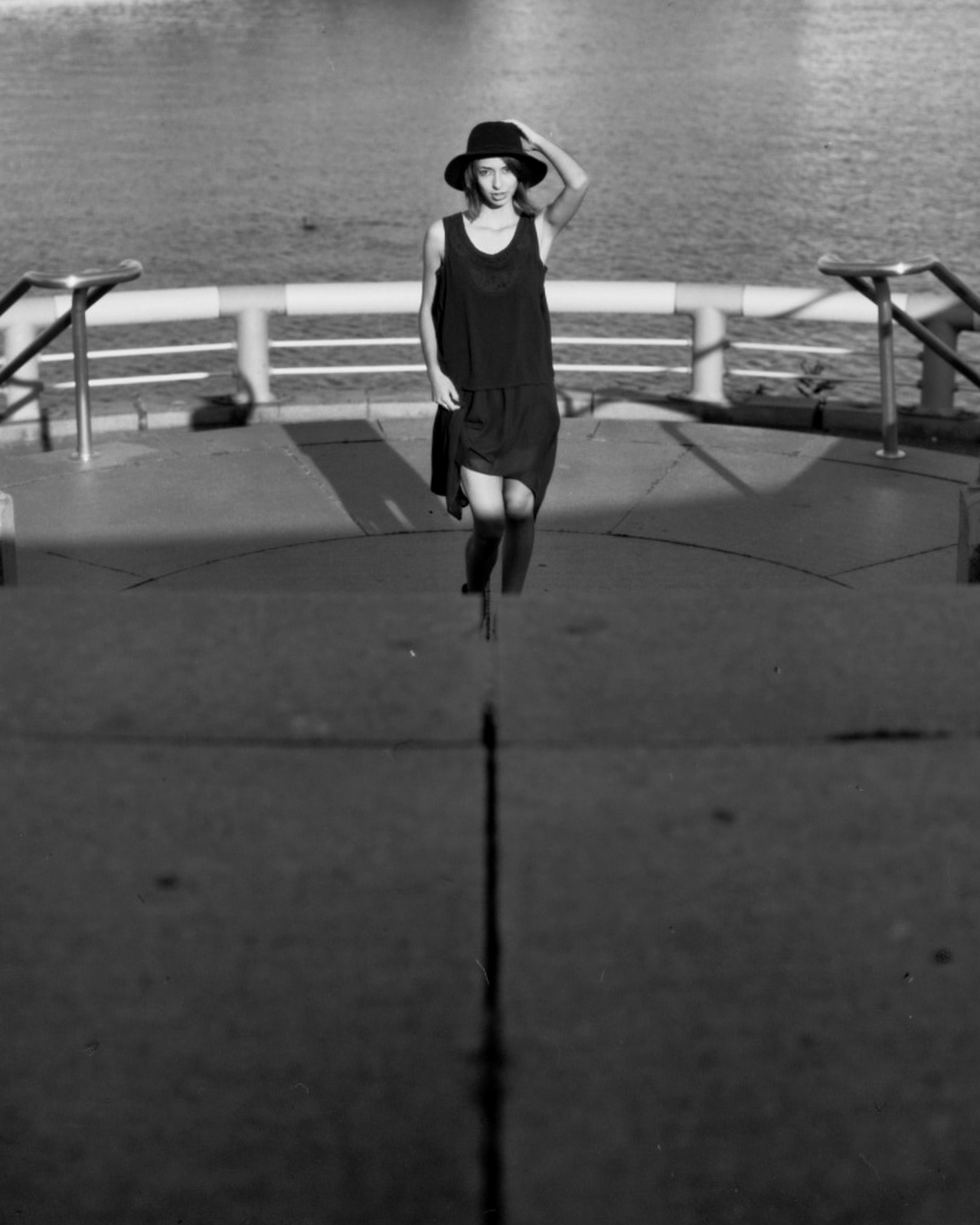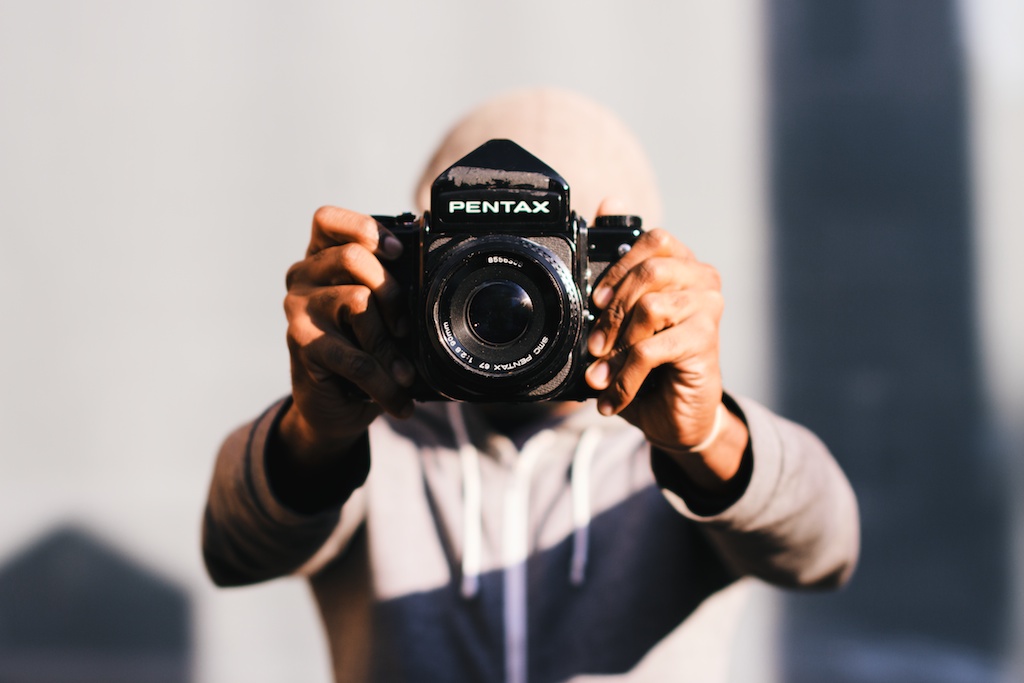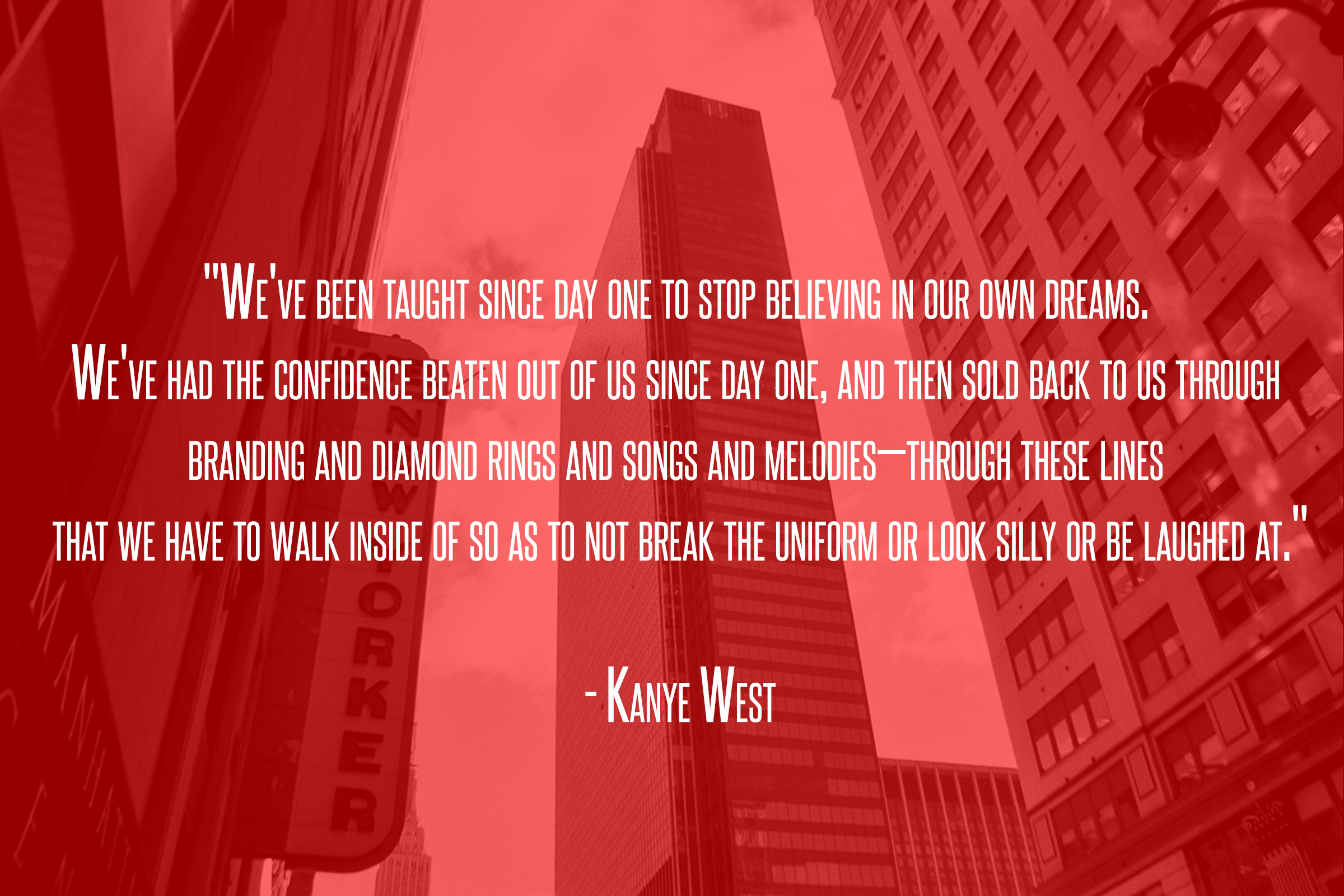 I wanted to make sure I squeezed in a looking back/looking forward post in before January had slipped away, so here it is, albeit quite late in the month. It still counts!
I wanted to make sure I squeezed in a looking back/looking forward post in before January had slipped away, so here it is, albeit quite late in the month. It still counts!
Looking back, 2013 was a year of wake up calls. Some good, some…just very needed. I hate to talk about these types of things as finite experiences that aren’t as amorphous and persistent as they actually are, but there were very specific things that happened over the course of the last year that really shed light on what I’m doing right and wrong, and I want to try to make the best use of those experiences.
As a noob freelancer, I’d managed to live a somewhat charmed existence. I came into the world of freelancing not having to do much in the way of marketing before I landed some pretty stable, repeat clients. This was awesome as it allowed me to generate income purely through photography - I didn’t HAVE to take on extra work to make ends meet, keep the bills paid and do cool extras like travel or feed my gear acquisition syndrome (GAS) - but what it also did was lull me to sleep as far as building new clientele was concerned, and as fate would have it, client work dried up suddenly, and quite categorically. The sneaky second issue was that I was ONLY shooting gigs - not work I wanted to highlight in my portfolio, and certainly not personal work I wanted to be hired to do at some point. By the end of 2013, work had come to a screeching halt - and while there were lots of opportunities to shoot really cool things and work with really awesome folks in the future, I had to scramble (and suffer) to make ends meet.
It’s a curious balance, divvying up one’s time between paying bills, lobbying for new clients and also honing your practice and producing portfolio work that helps your business grow and progress. You never know when you’re OD’ing on the wrong third of the equation. I won’t even pretend that I’ve figured it out, but I think the greatest potential lies in working backward from creativity. Working every measly gig that comes your way and never making time to flex your creative muscle means you stay in the same spot forever. Of course, you have to find time to market yourself and your work, and I’ve started to develop a system that makes it easier to integrate some of those efforts into my process, but I really do believe it starts with personal work.
...until further notice, that is. Ha!
Last year I also slowly came to the realization that I would like to explore the fine arts side of photography. I can’t ONLY be a photographer that works from briefs. It’s hard to just be a tool when you have ideas that could probably blow the brief you’re executing out of the water. Even more so when it comes to ideas that have nothing to do with promoting a brand. I guess what I’m really realizing is that there’s a place for everything I want to do. Some things deserve (and demand) precedence, and that’s the trick - prioritizing and managing my time accordingly. For instance, I also produce music, and there’s a music project that’s been bubbling inside of me for years now that needs to get out. Shooting gigs that don’t move the needle at all to the exclusion of stuff like that is a travesty and a personal tragedy.
Aside from life lessons - I have been shooting a ton of cool things that I can’t wait to show folks. I shot the S/S 2014 lookbook for my friend Wale Oyejide’s Ikiré Jones menswear line - including some film stuff - and it looks pretty awesome. That should be launching soon, so I’ll be able to share images from that. Also, I’ve been working with my partners Taj and Rashid at WJS Creative, and we’ve got some really cool projects on the horizon, including a profile series we’ve been hard at work on called Short Journeys. I’ll go into detail about that with a full post when it launches, but it’s given me an opportunity to try things out, particularly with medium format film.
I’ve also been on the ground a lot more trying to shoot with models. It’s a tough grind - I find that between timing and desire, it’s hard to lock something down, but I like that since I made the decision to really push with these types of shoots, I’ve been pretty consistent with my efforts, and when the opportunity has presented itself, I was there with camera in hand. I’ve got a lot of learning to do but I know when I’m not willing to put forth the effort and it doesn’t seem to be the case here.
Much of what I experience professionally and creatively can often double as a metaphor for how I’m learning to live my life - do what you believe in and learn to do it better every day - much of what you want will follow. Kanye’s quote above really rings true with me. He’s expressed this idea in other interviews of late and I think it’s something he’s sat with a long time - I also think he’s working to get very comfortable with bucking that trend. Being creative and doing new things is very much about developing a process that starts with accepting those facts and pushing against them, often to the disapproval of the people around us, or to our own extreme discomfort. Not to get too philosophical here, but especially as time passes and I somehow keep getting older and older, the internal pressure to do what feels right regardless of conventional wisdom ramps up infinitely. I’d like to just keep these things in mind throughout the year going forward, whatever I may be doing.
Here’s to a happy, productive and amazing year to come for everybody!
























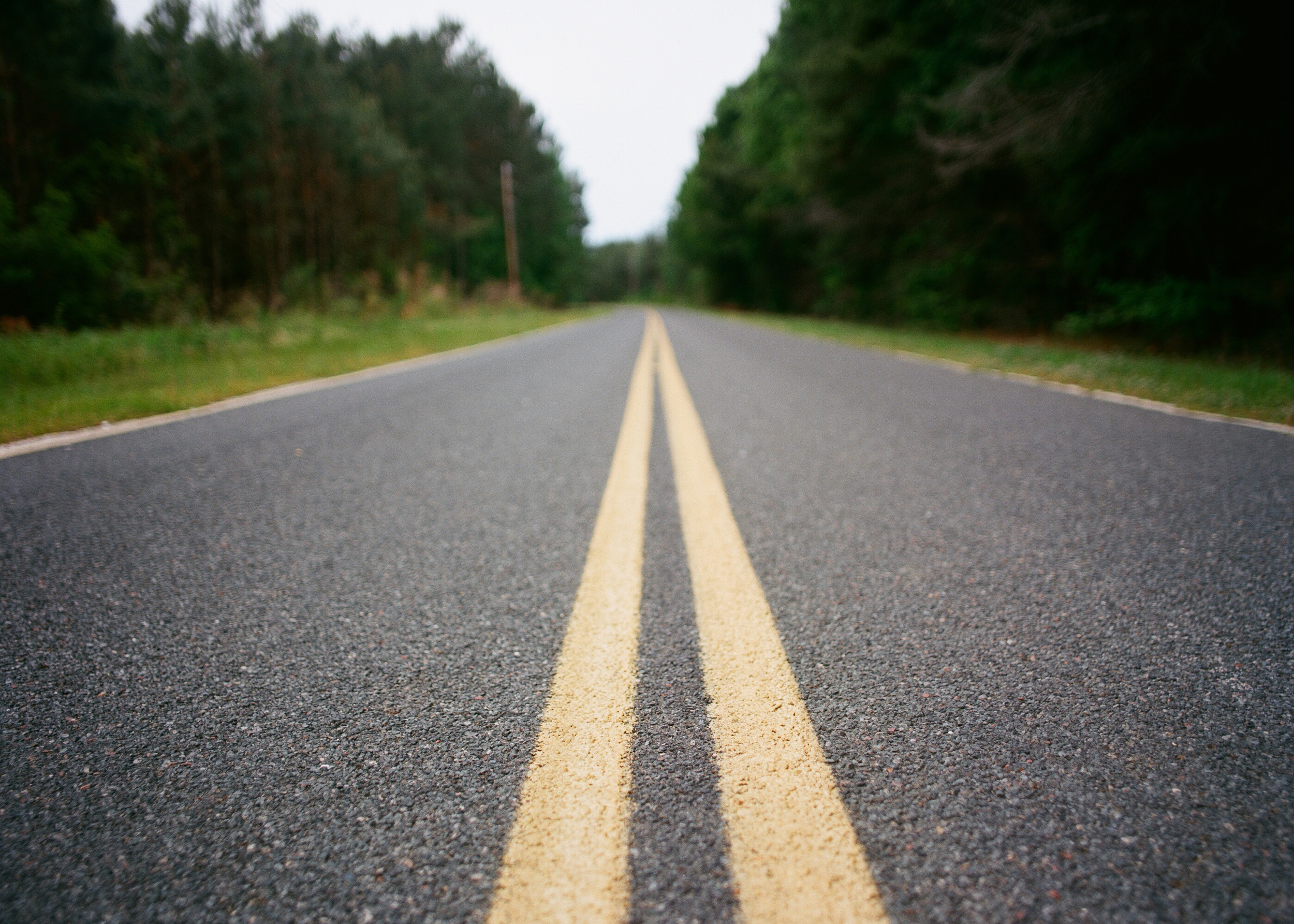
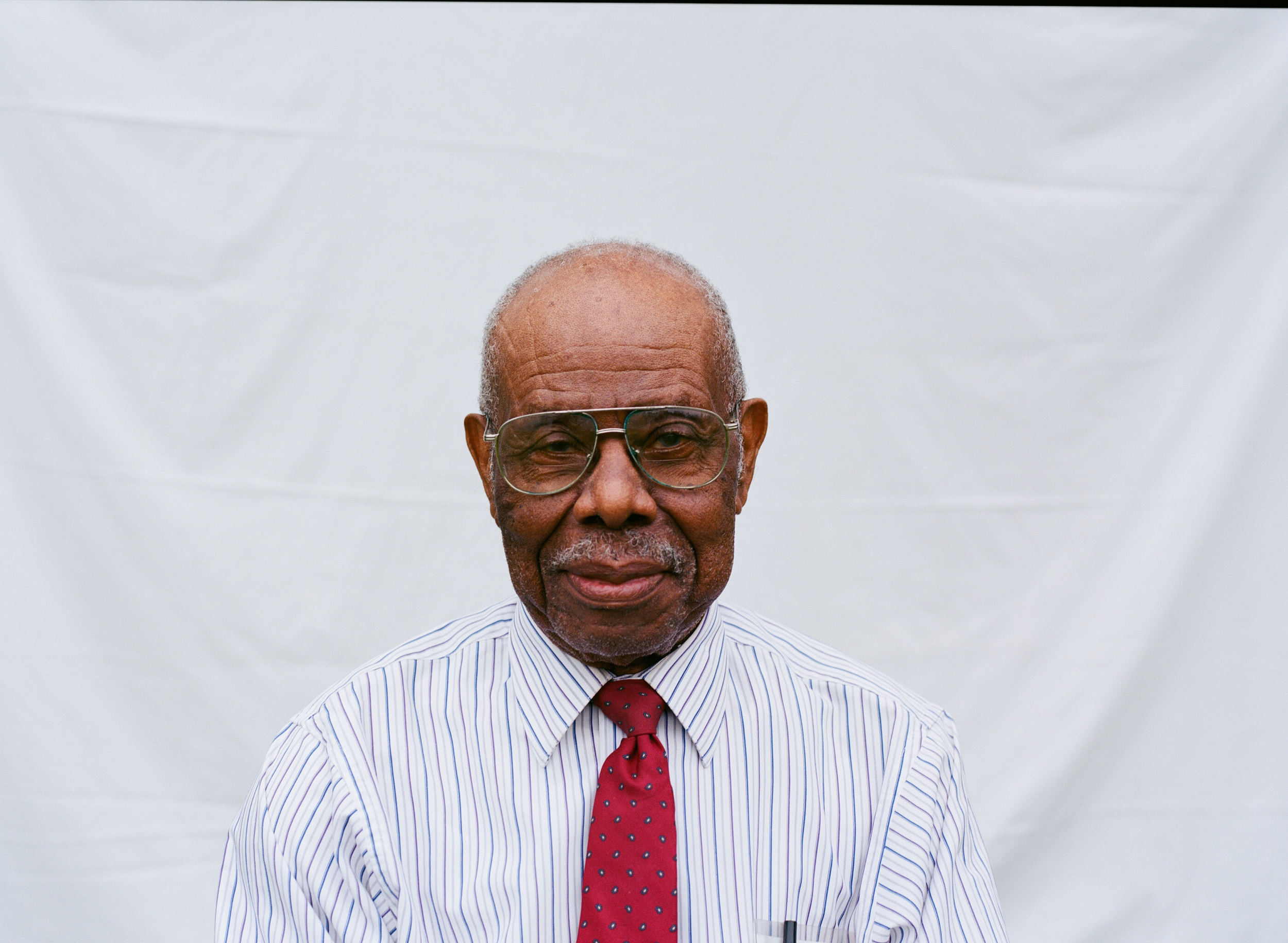

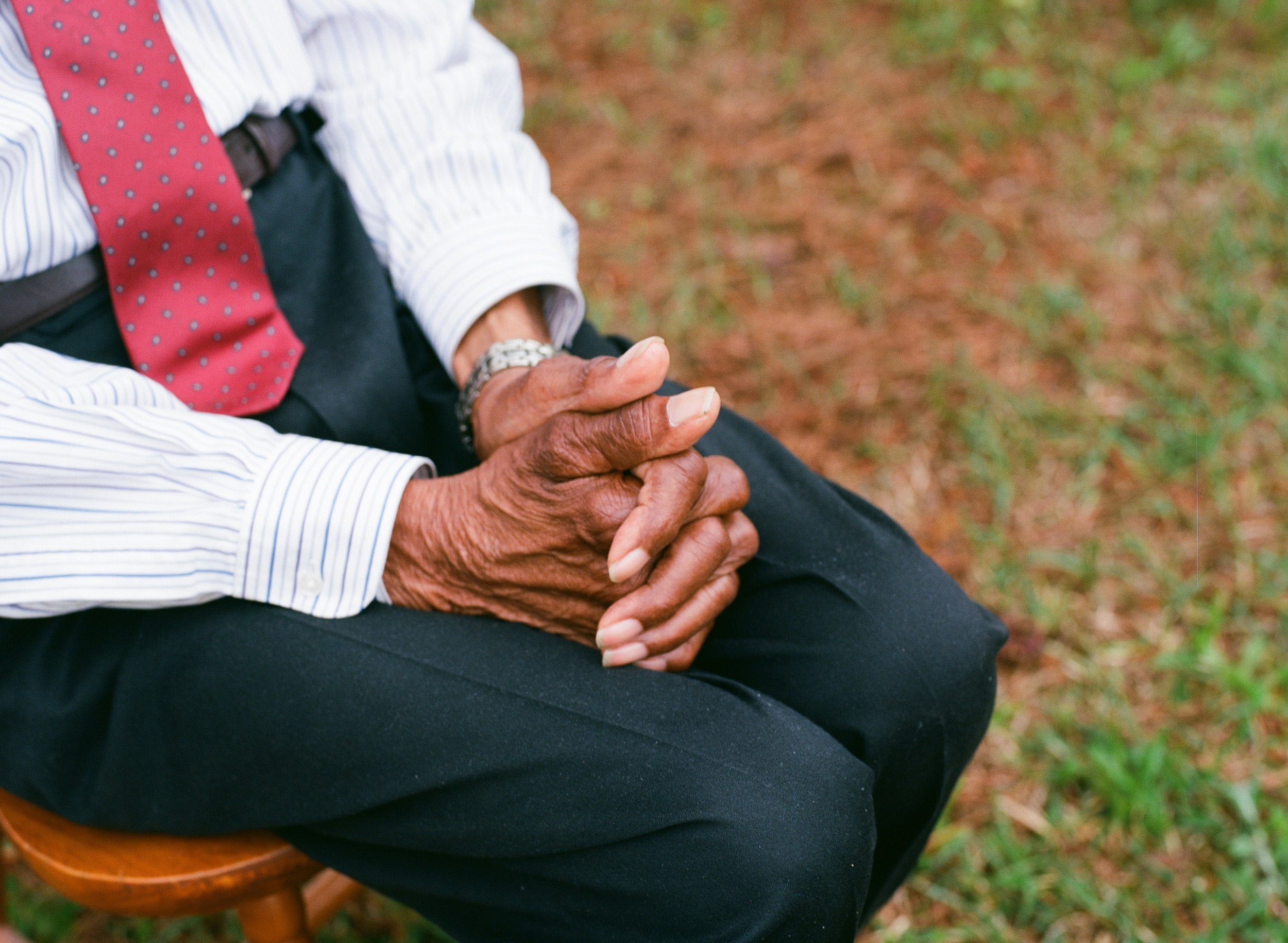
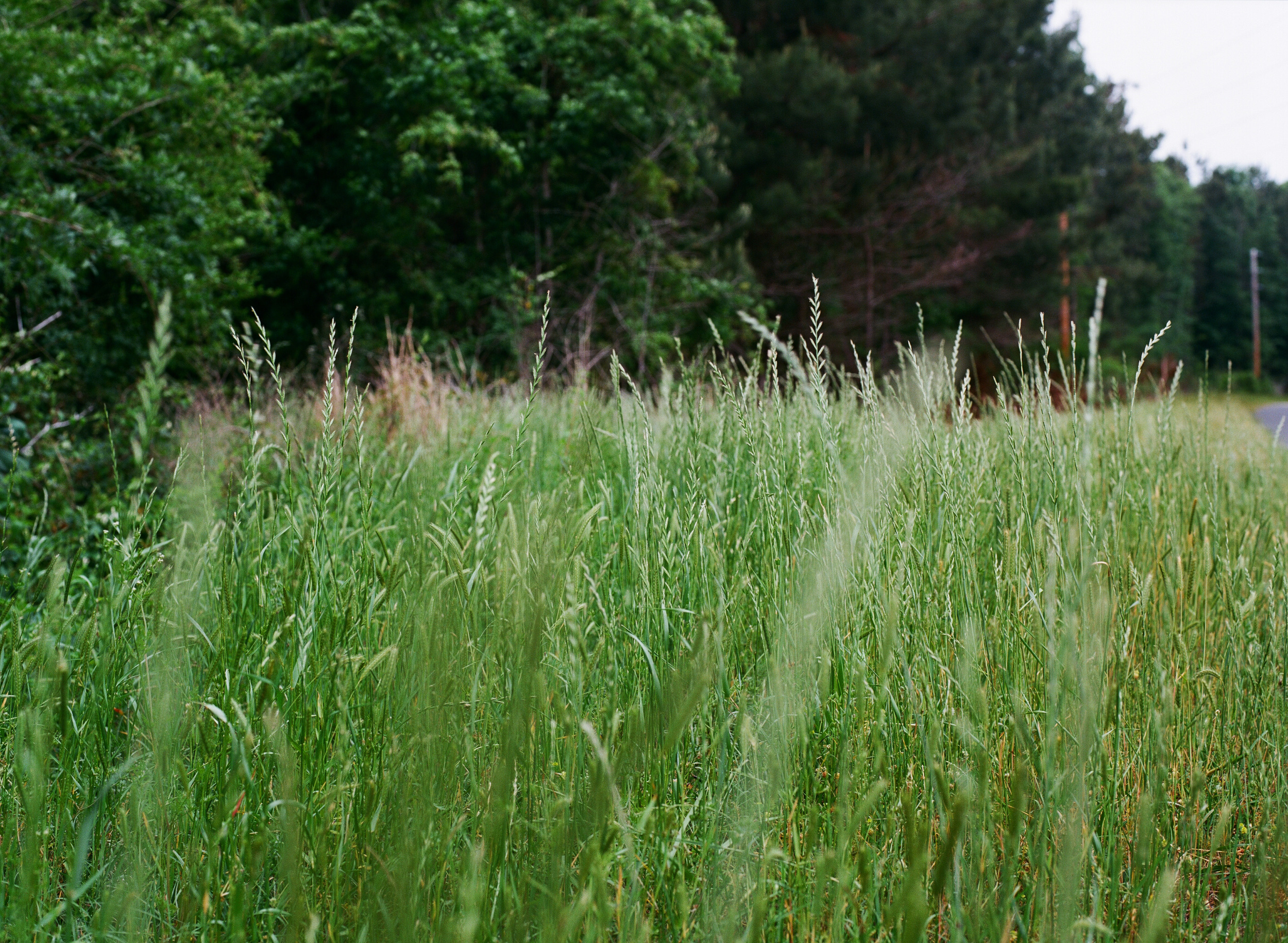
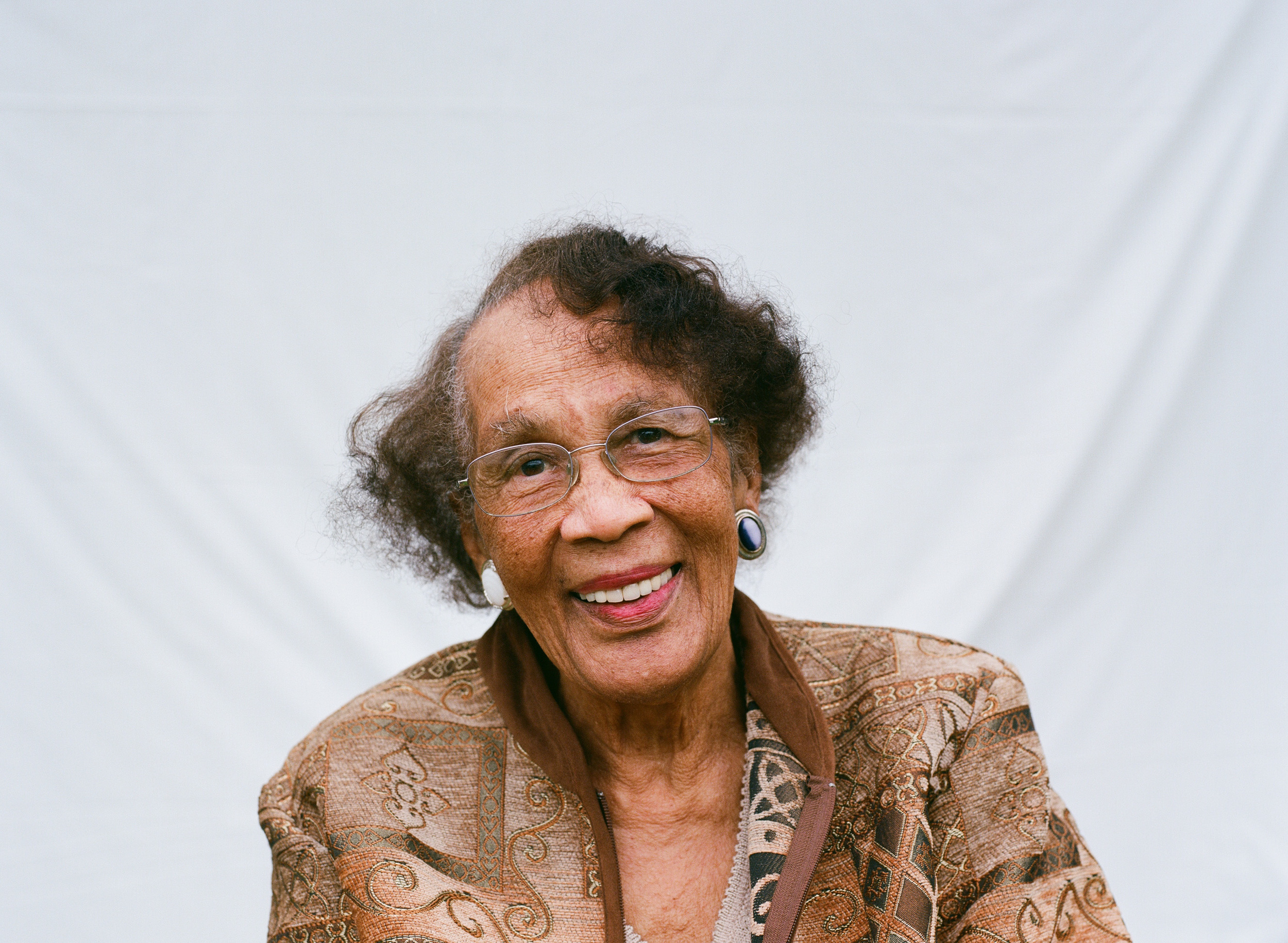
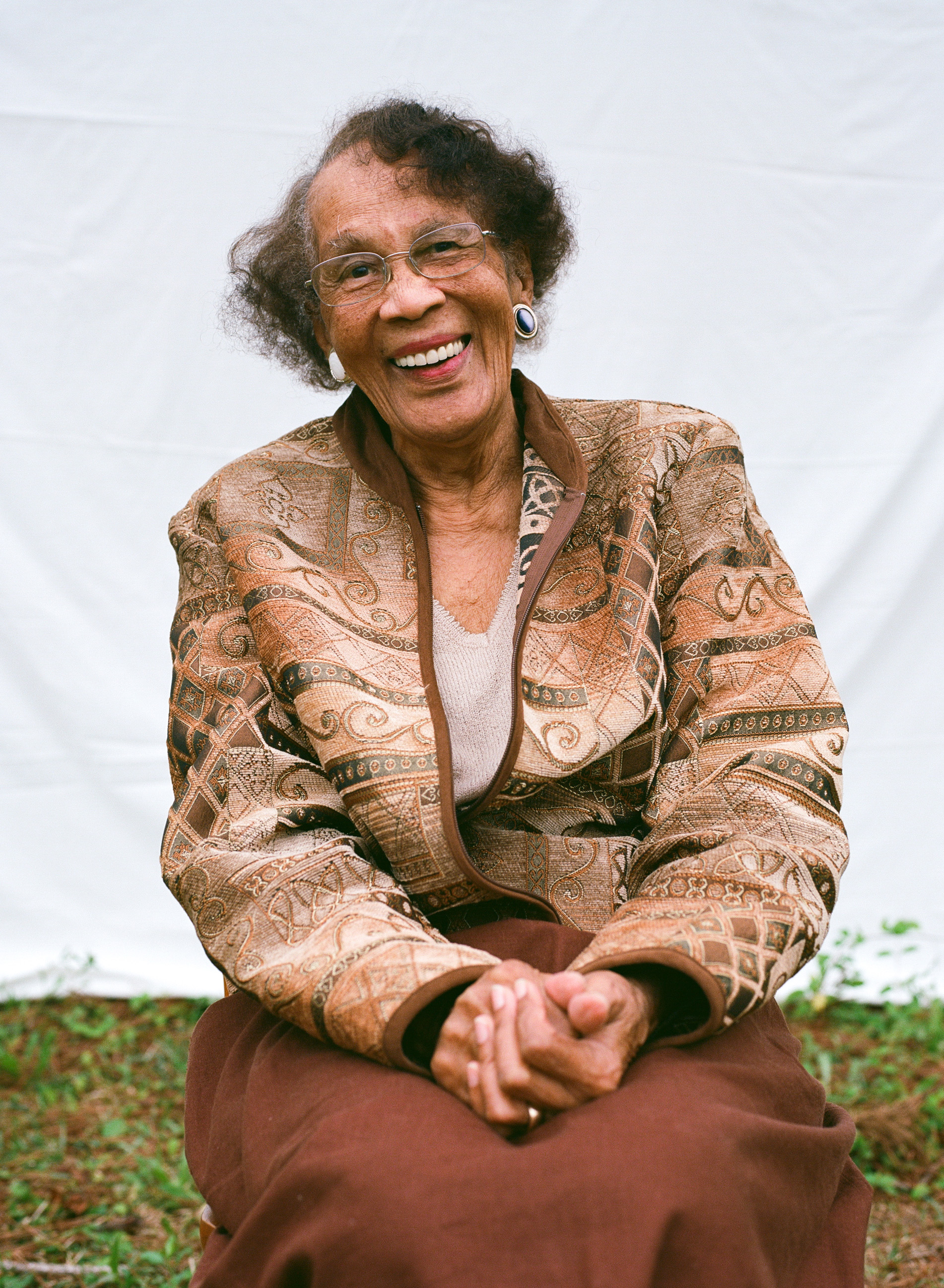
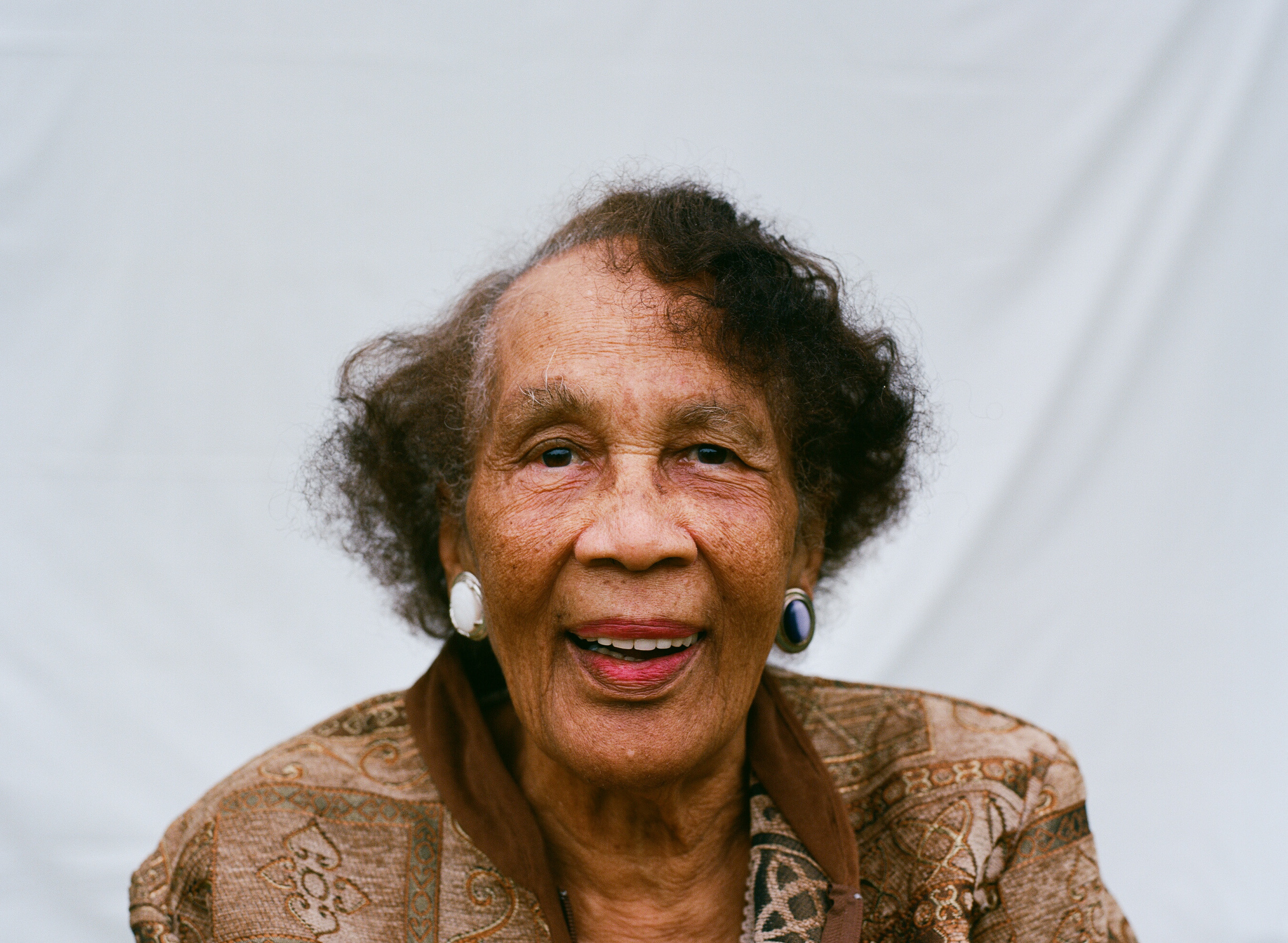
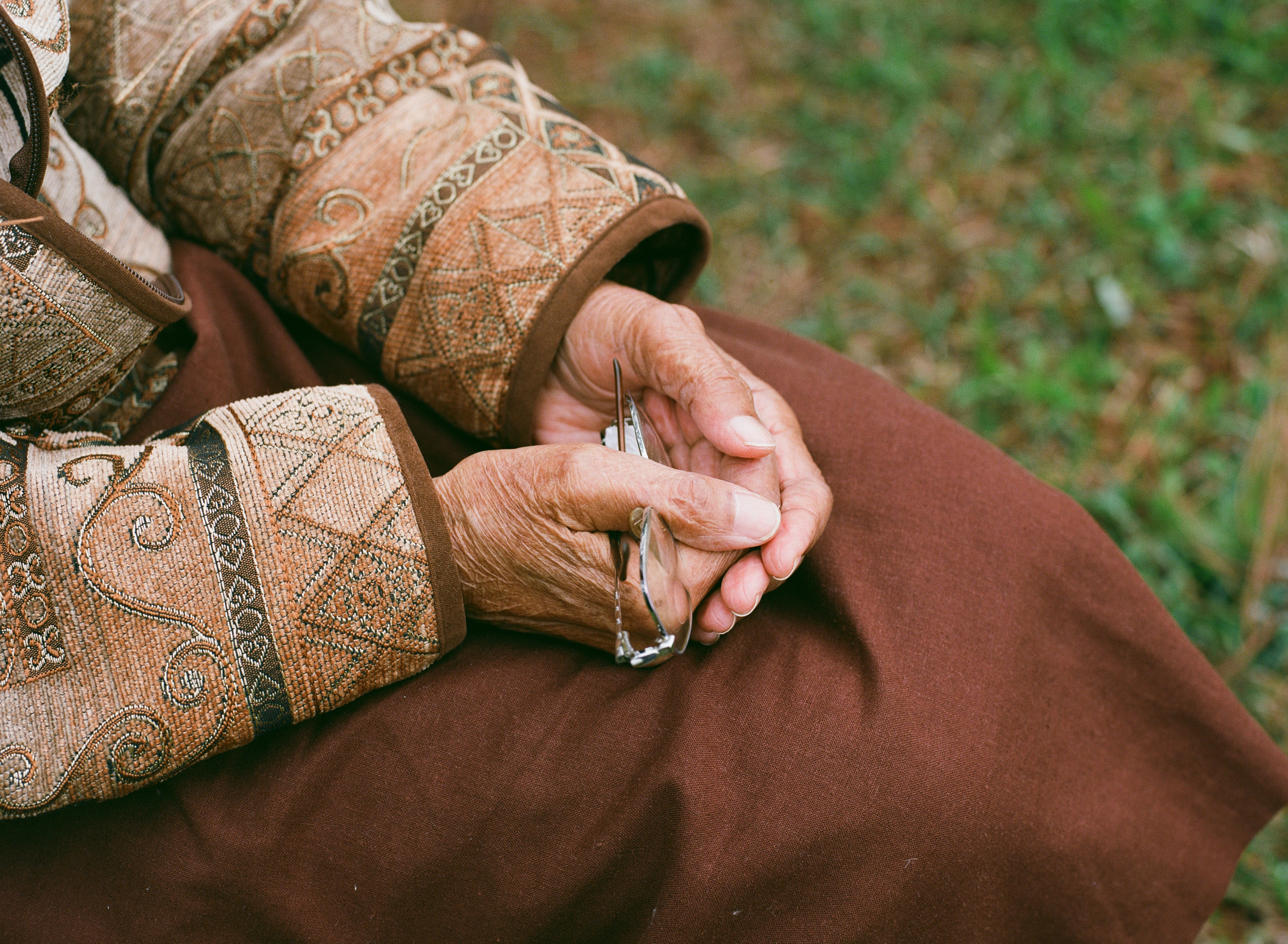
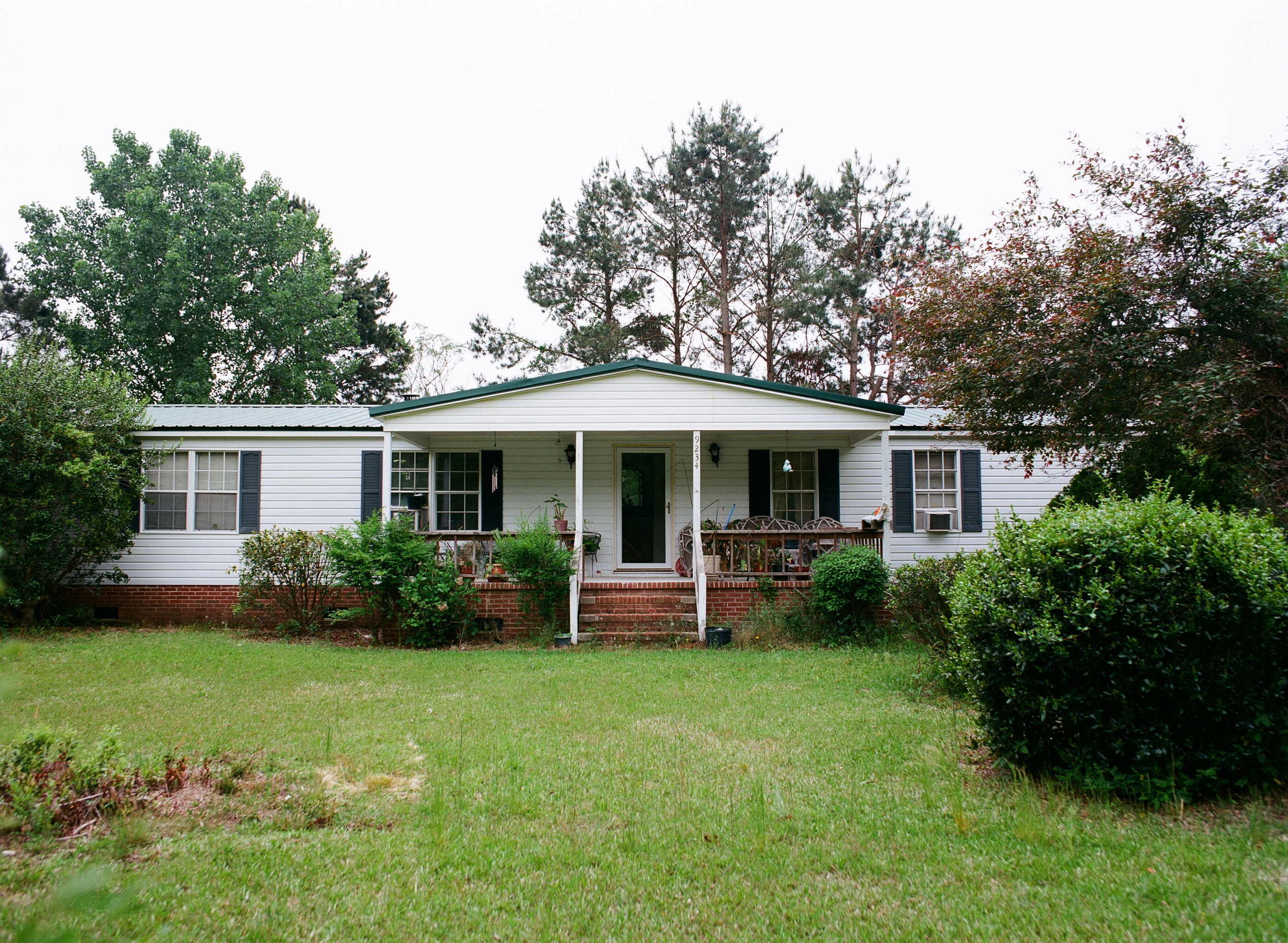
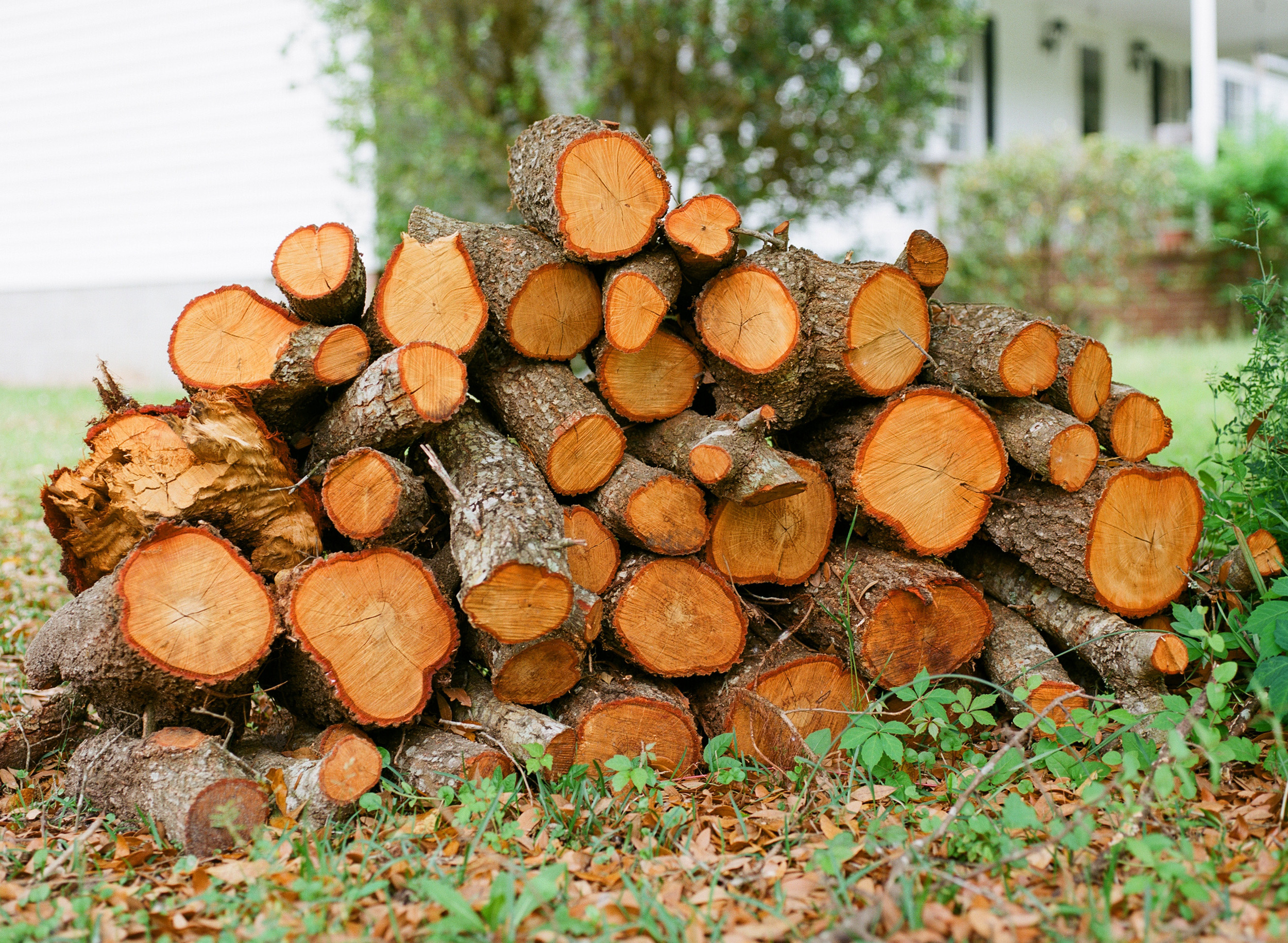
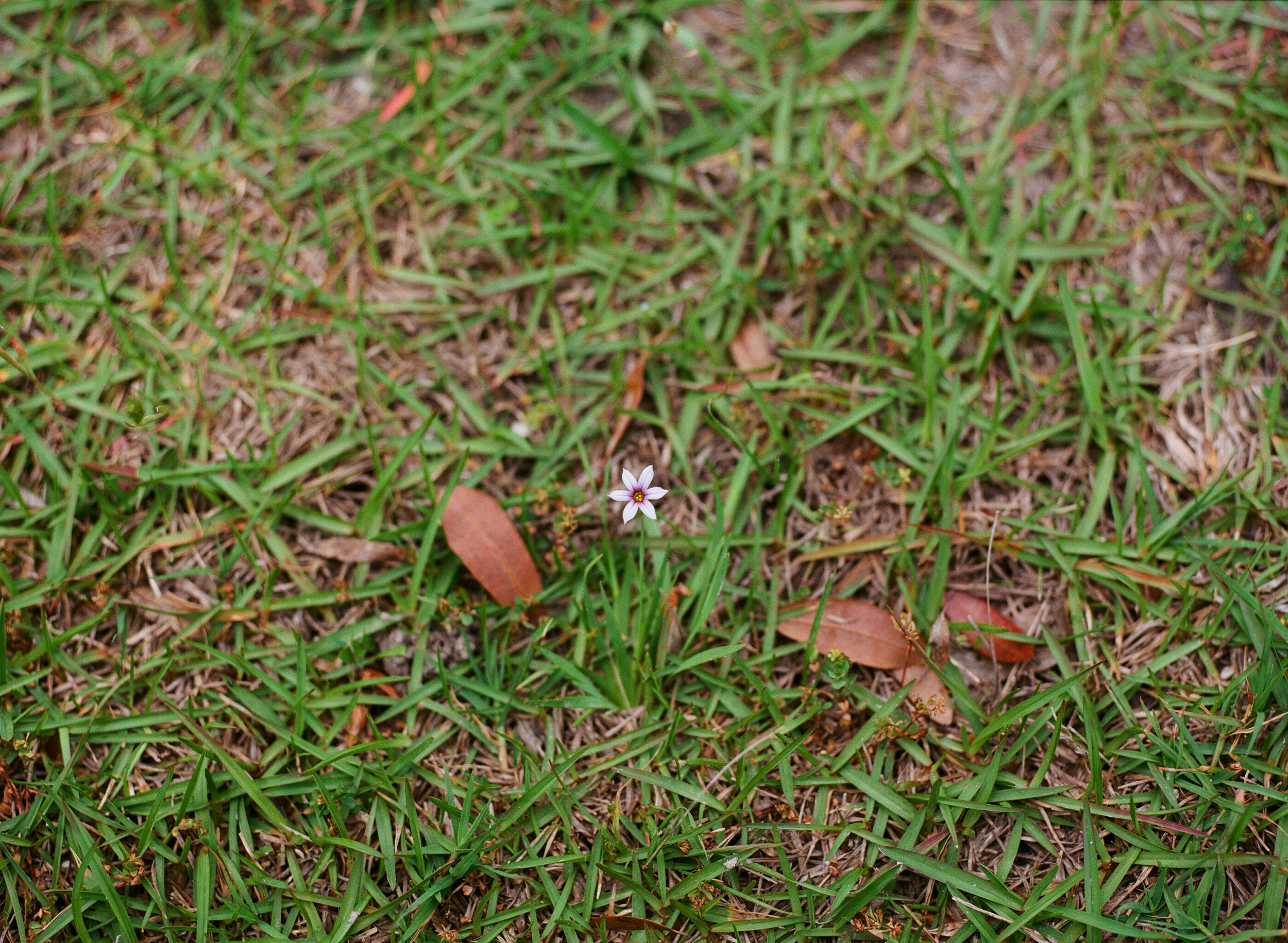
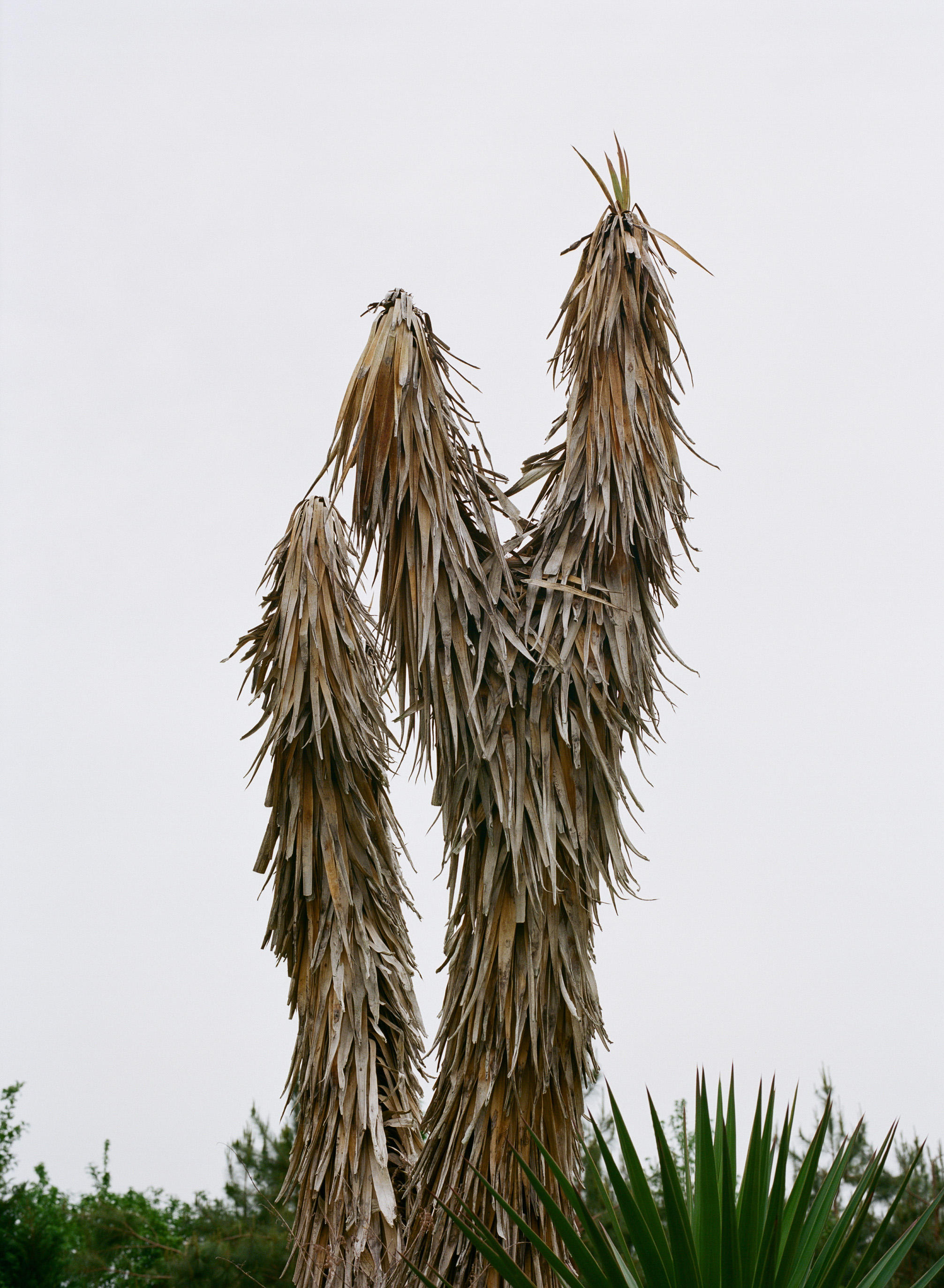
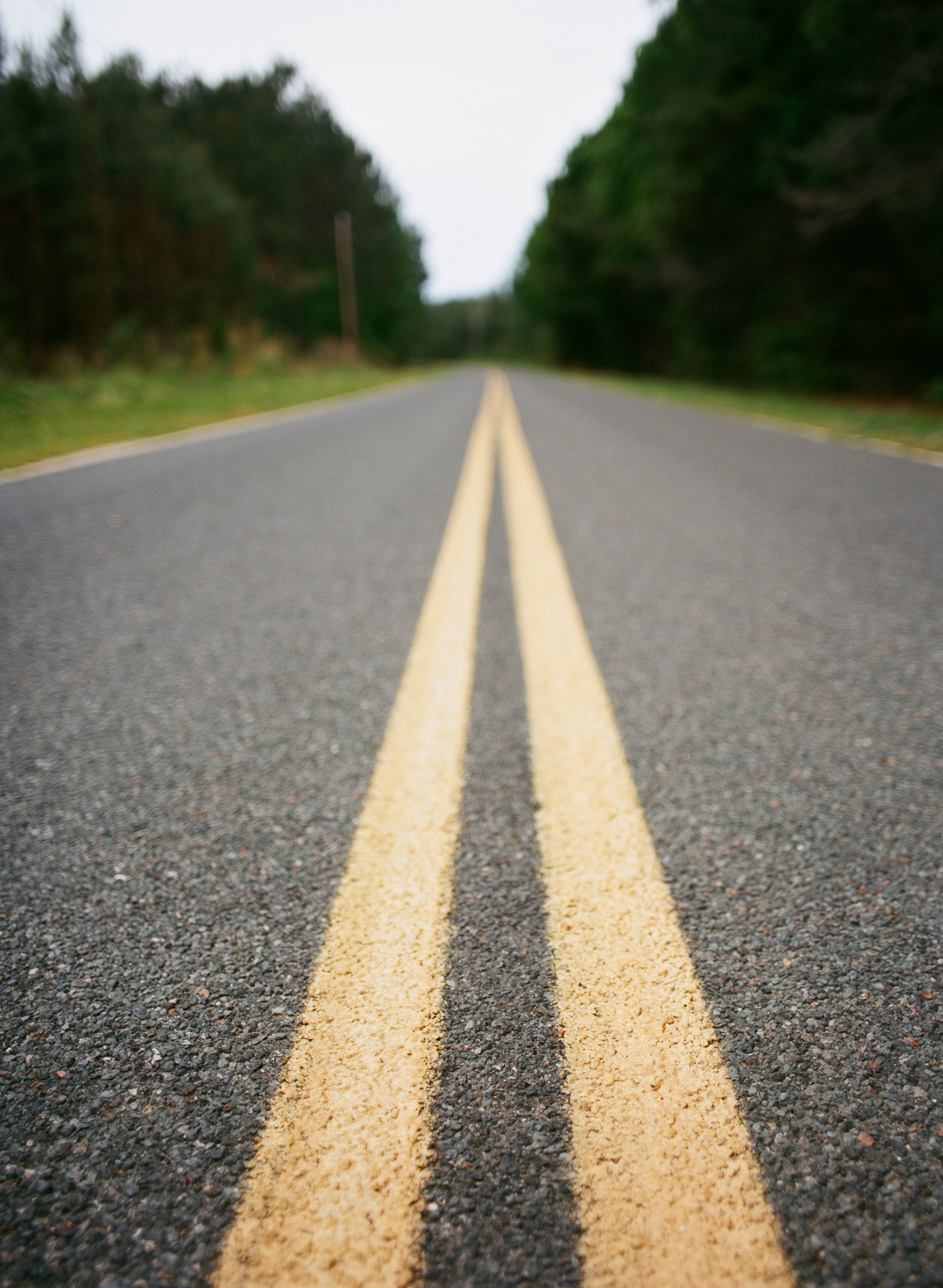
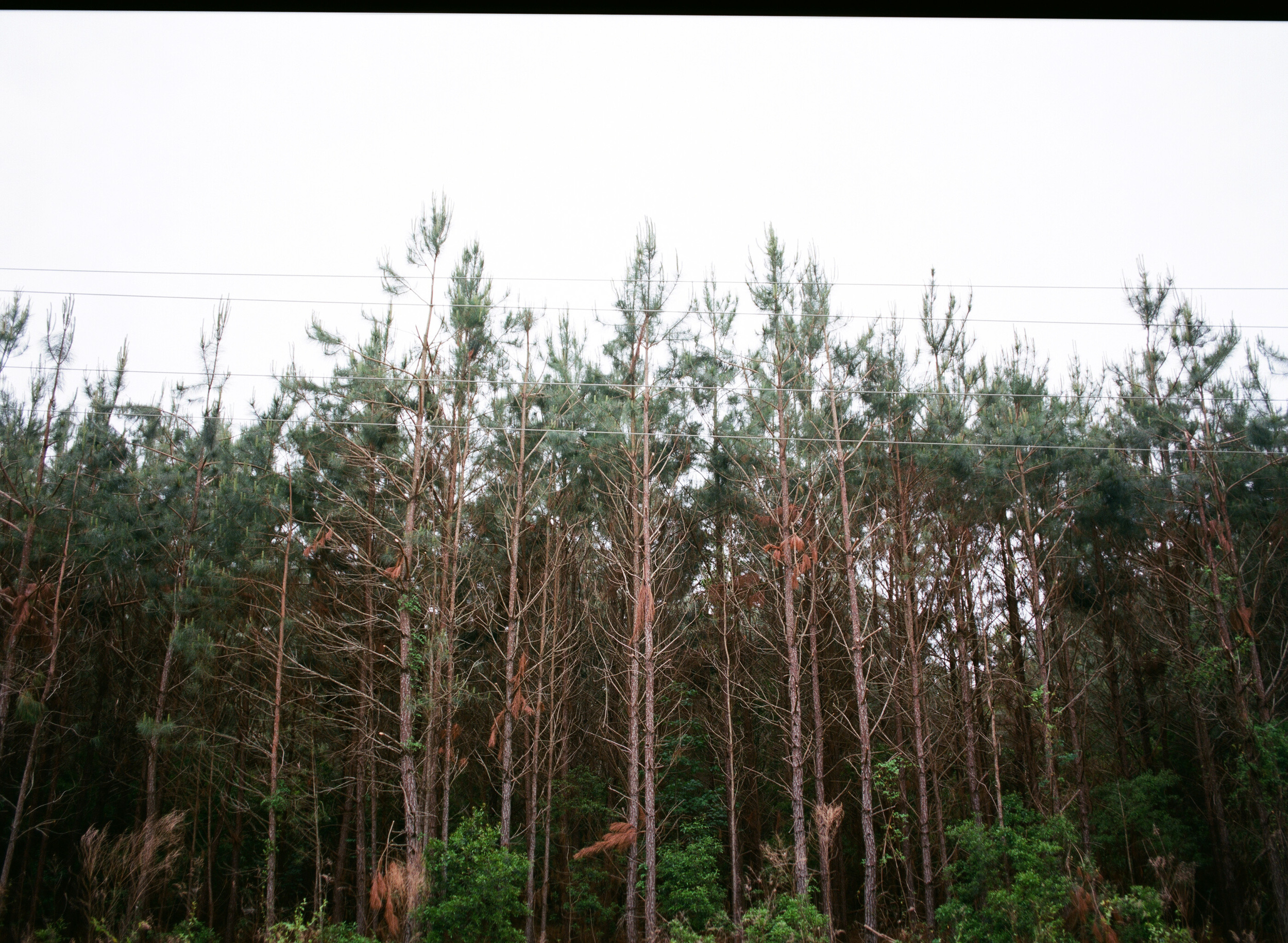


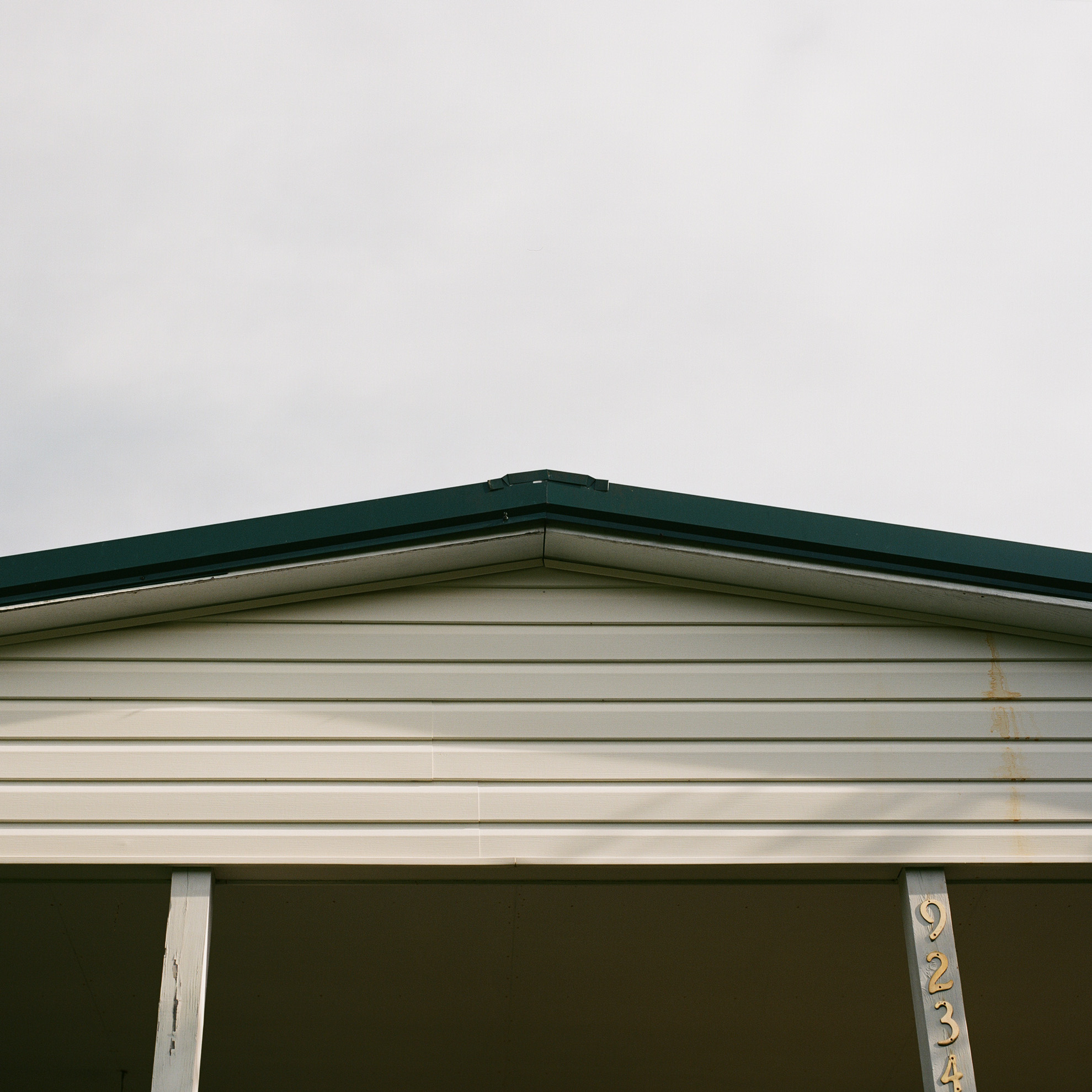
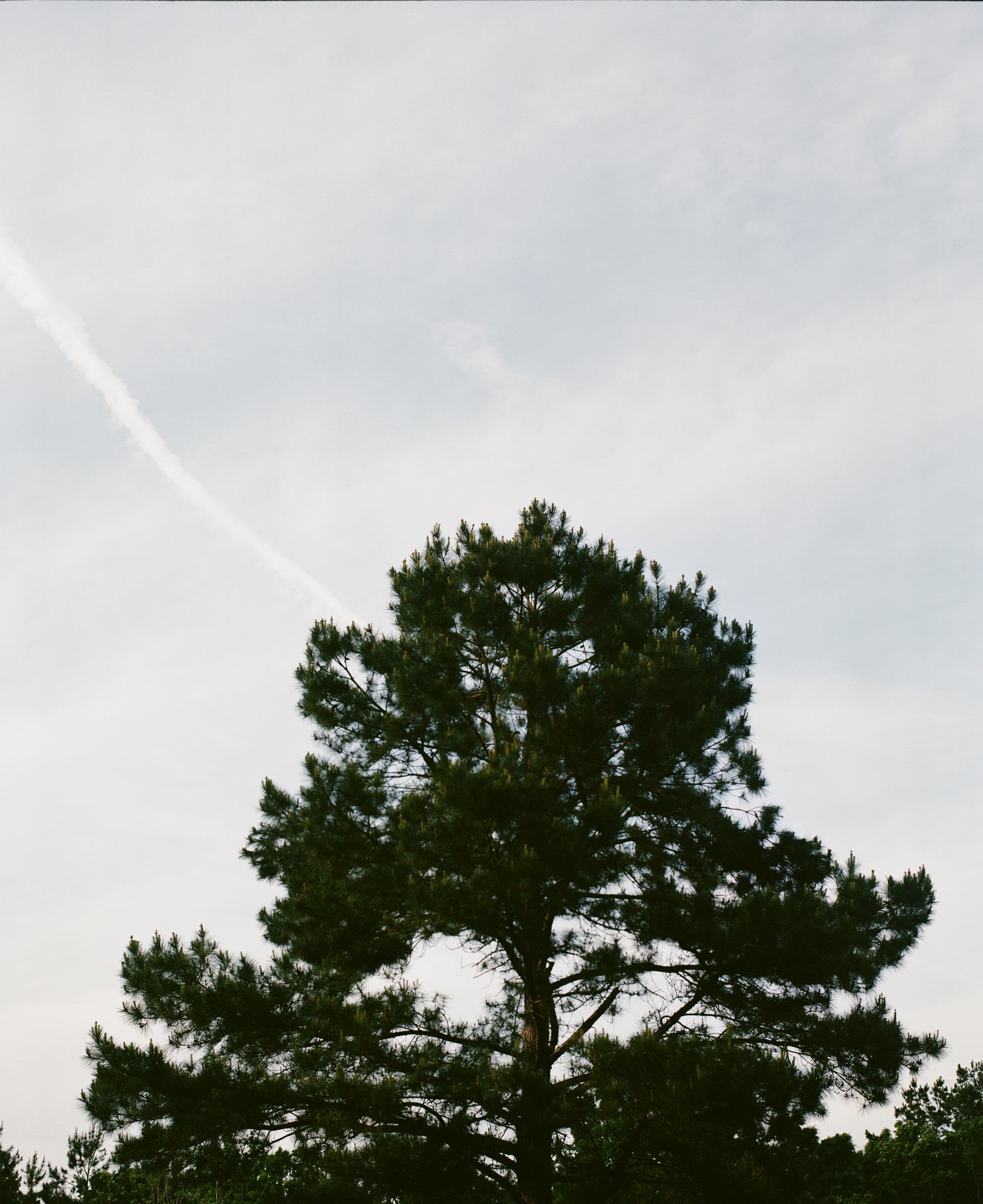

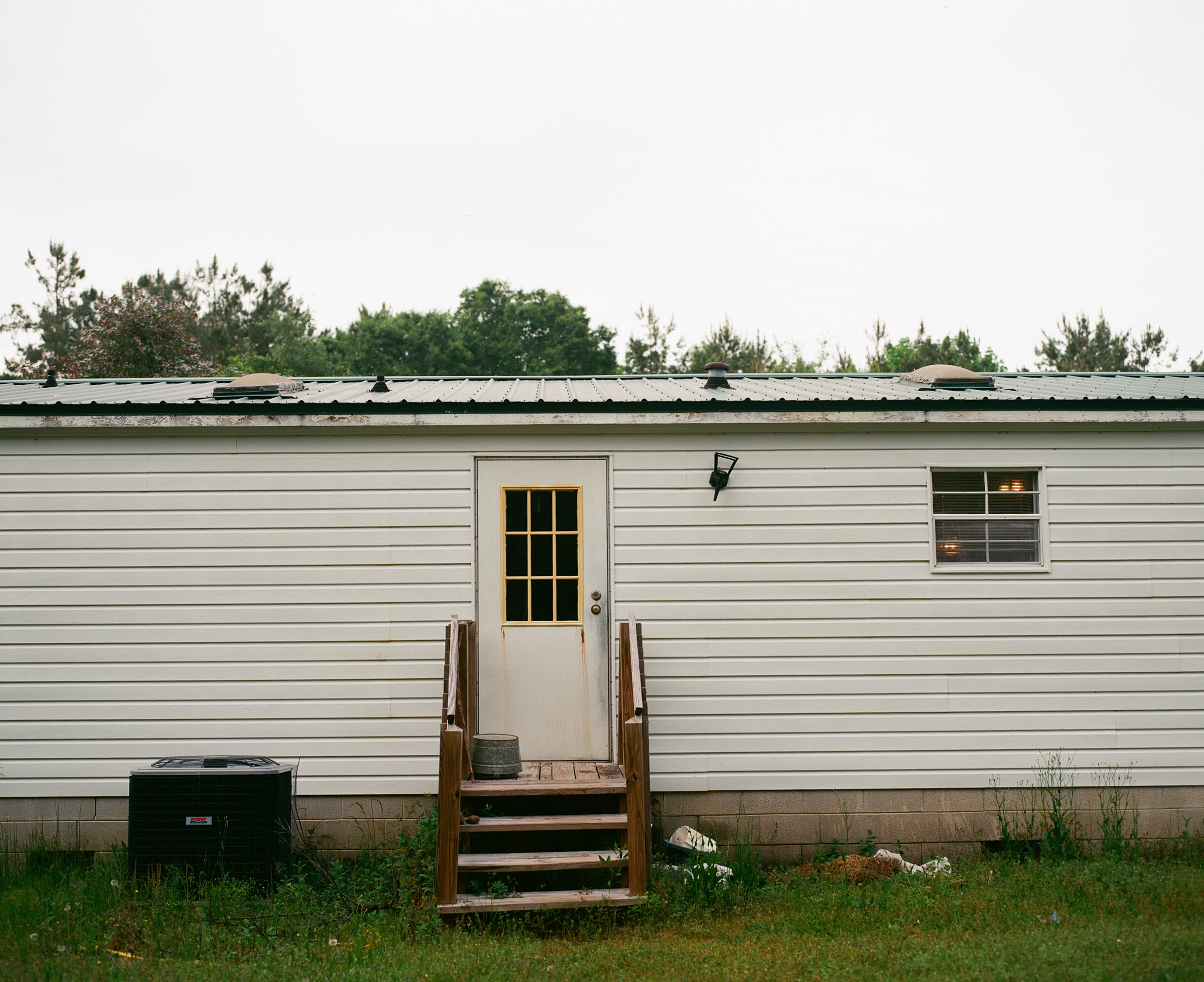
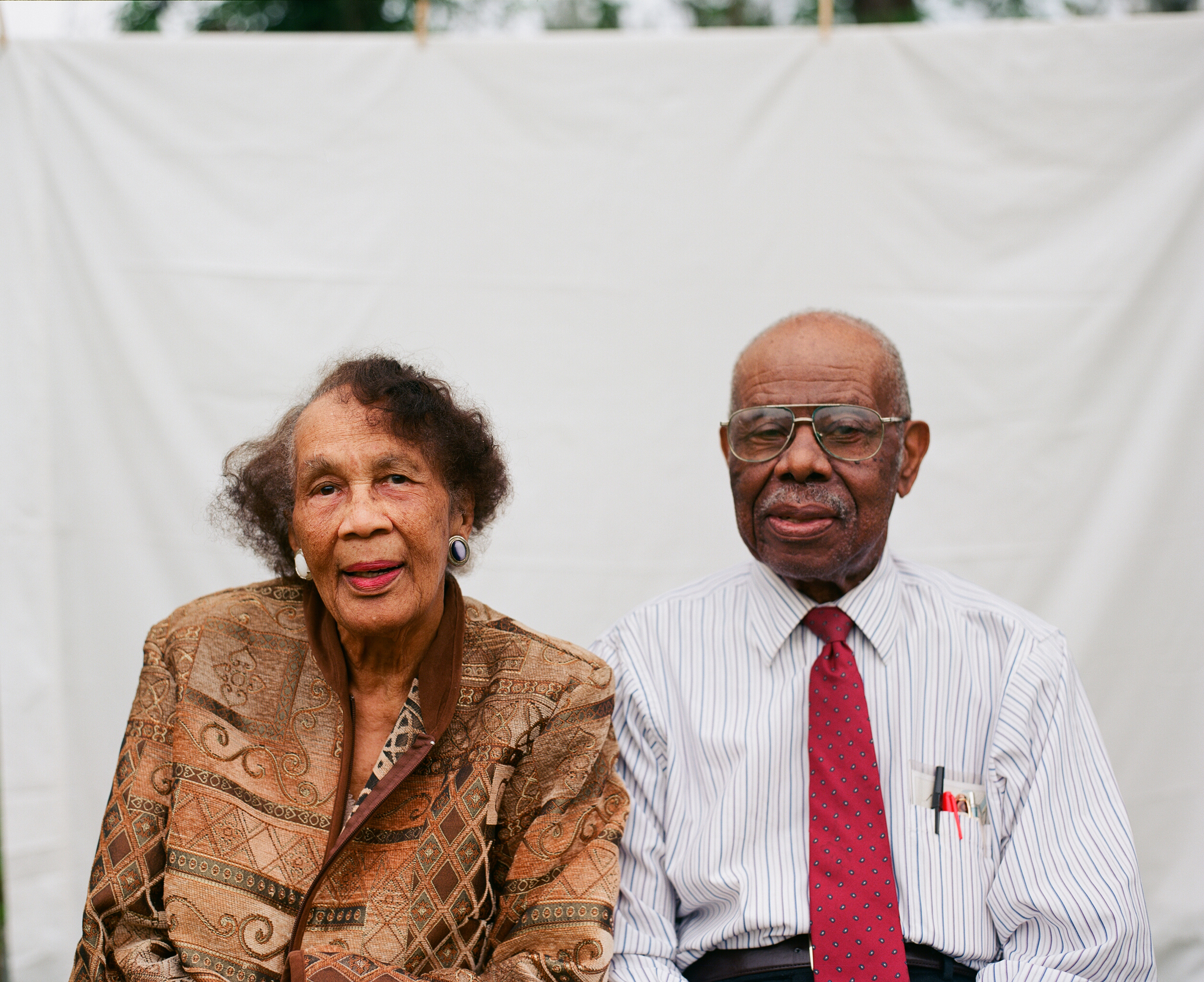
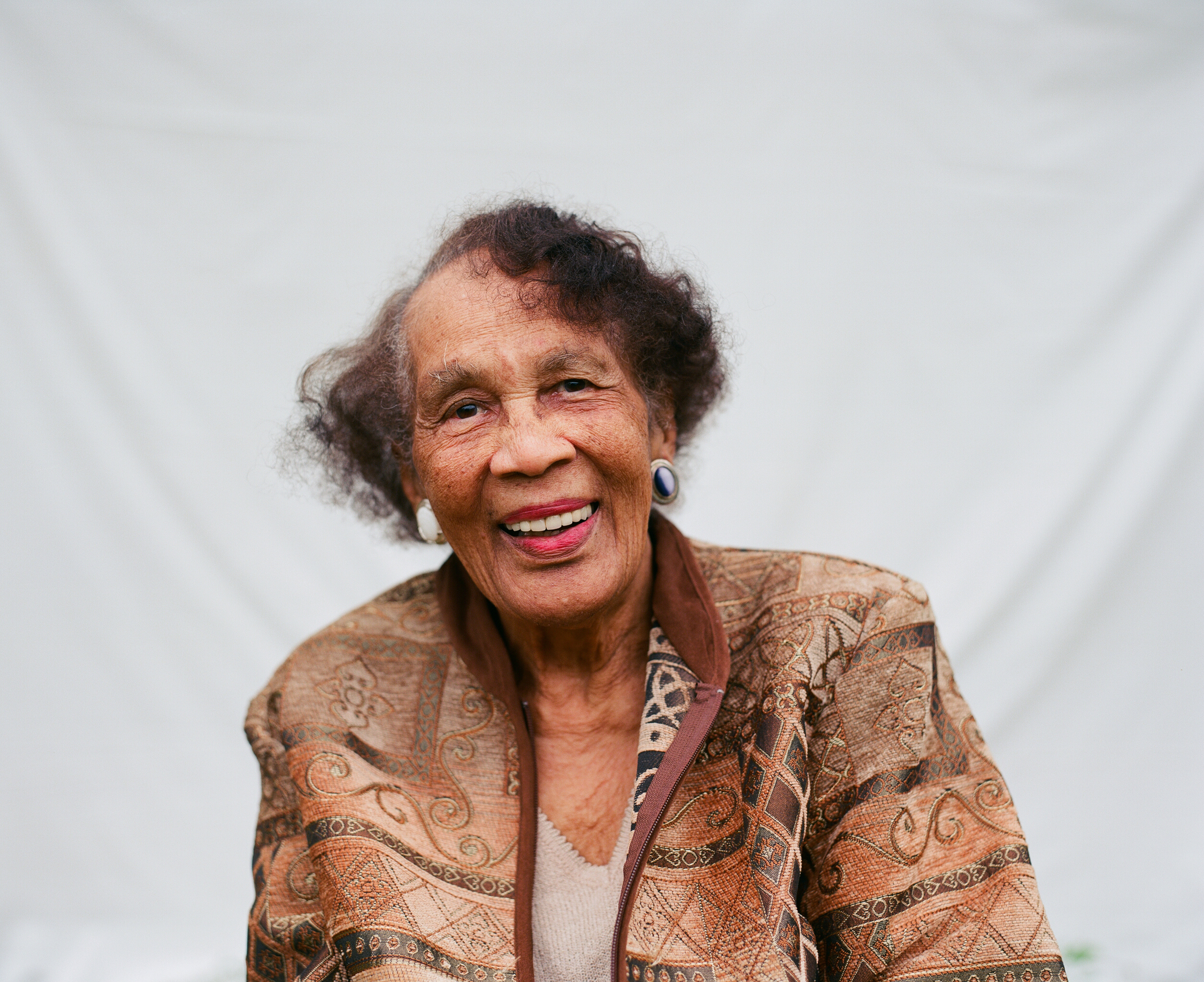

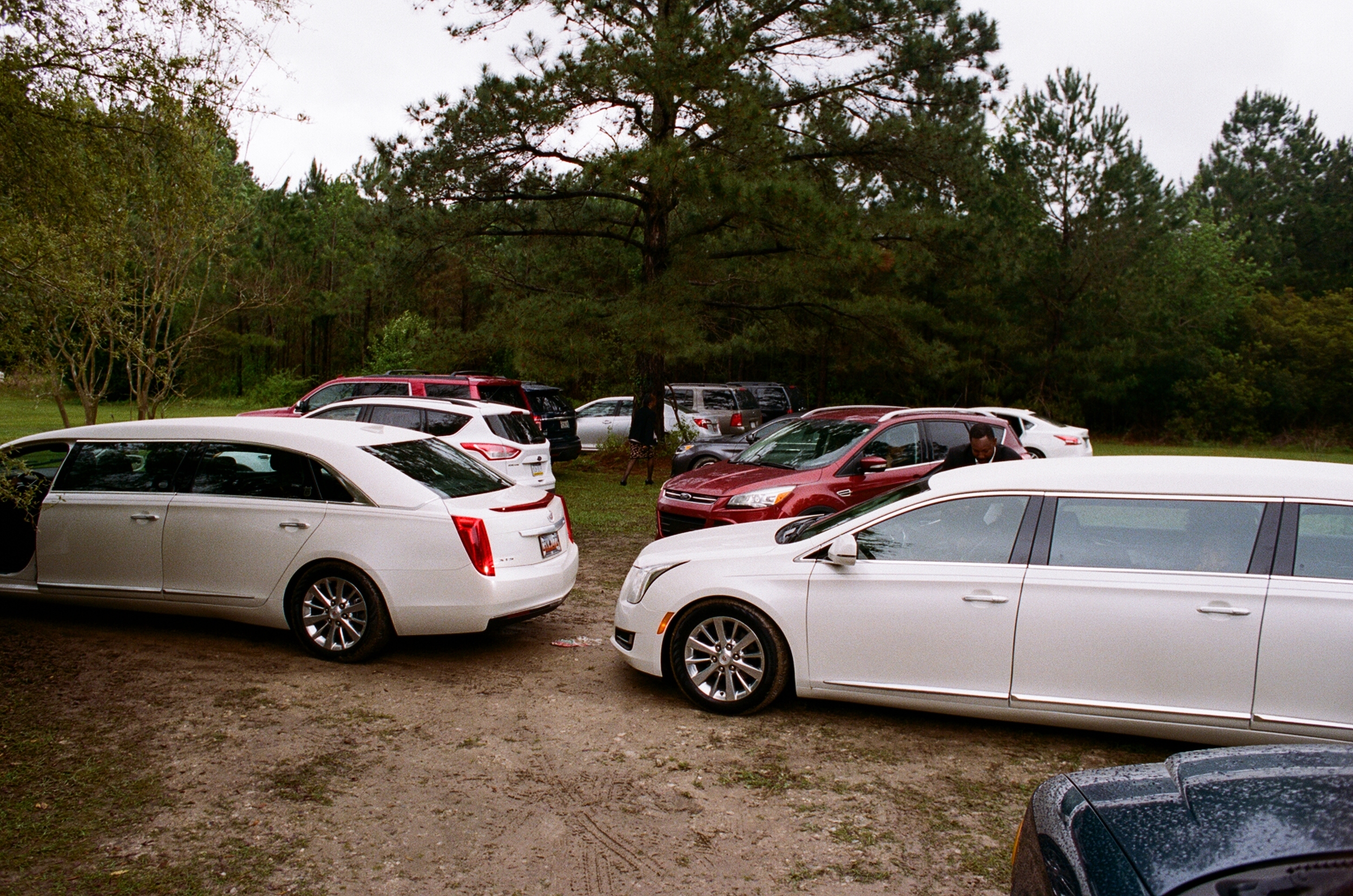
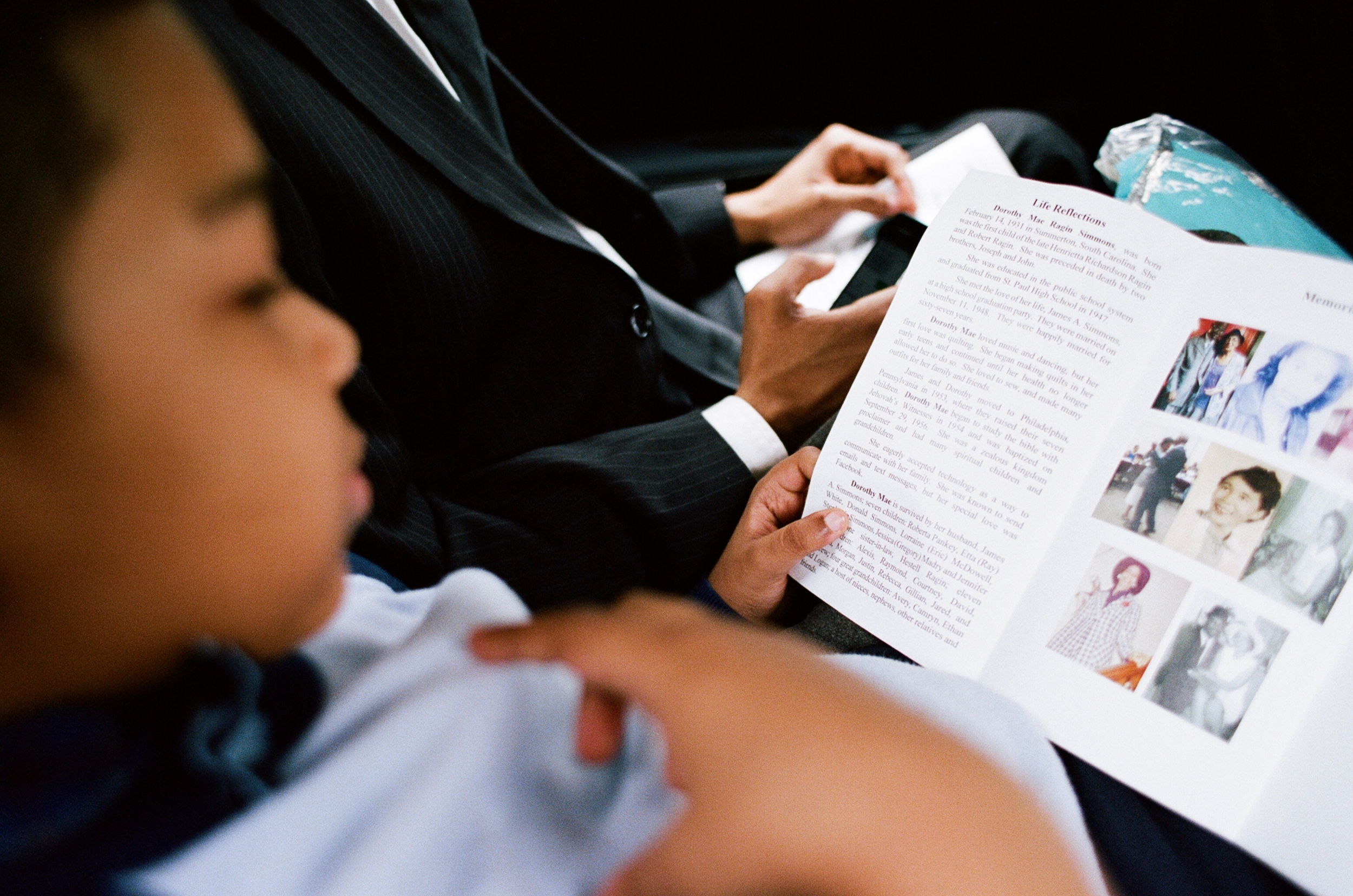
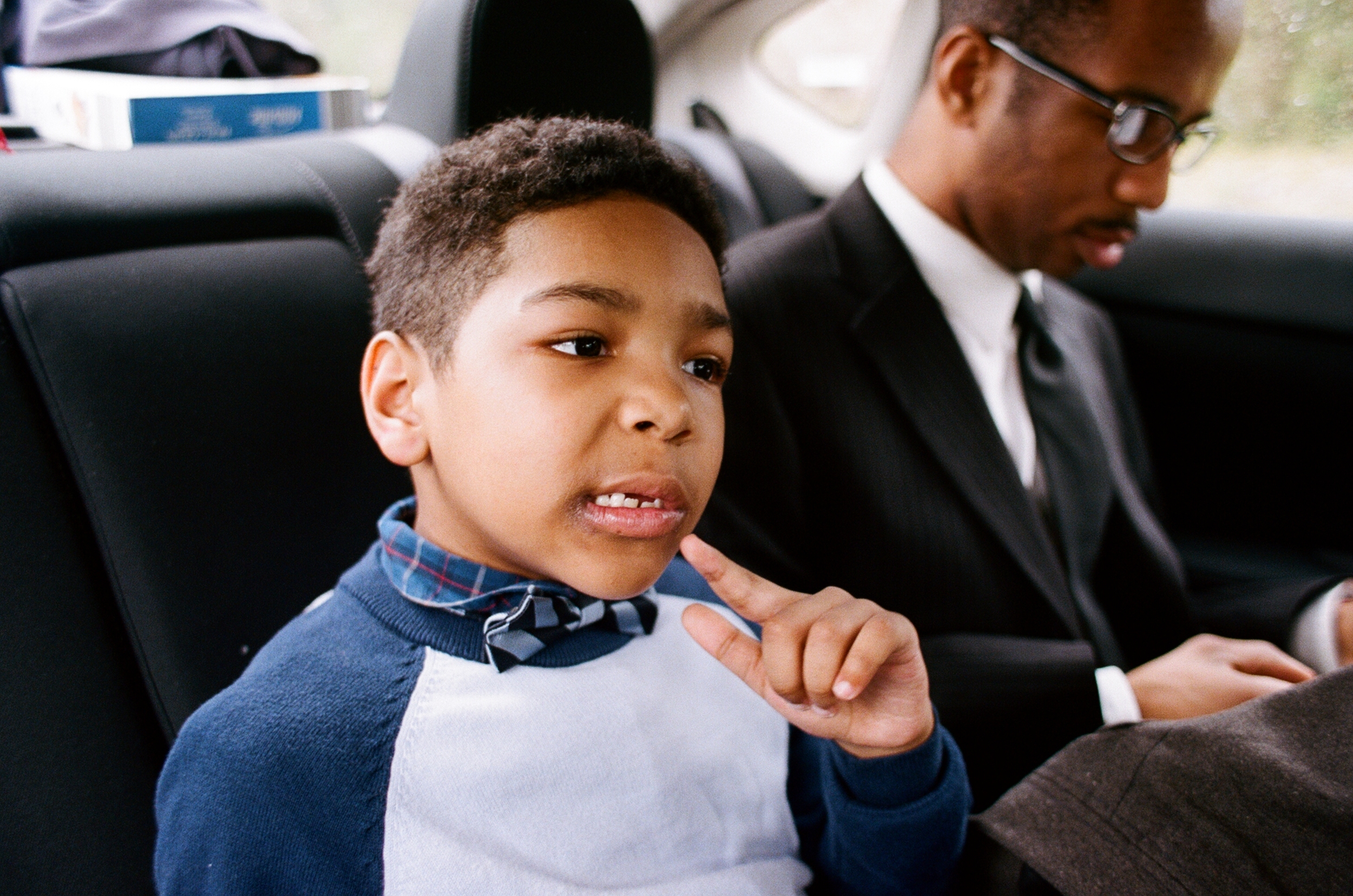

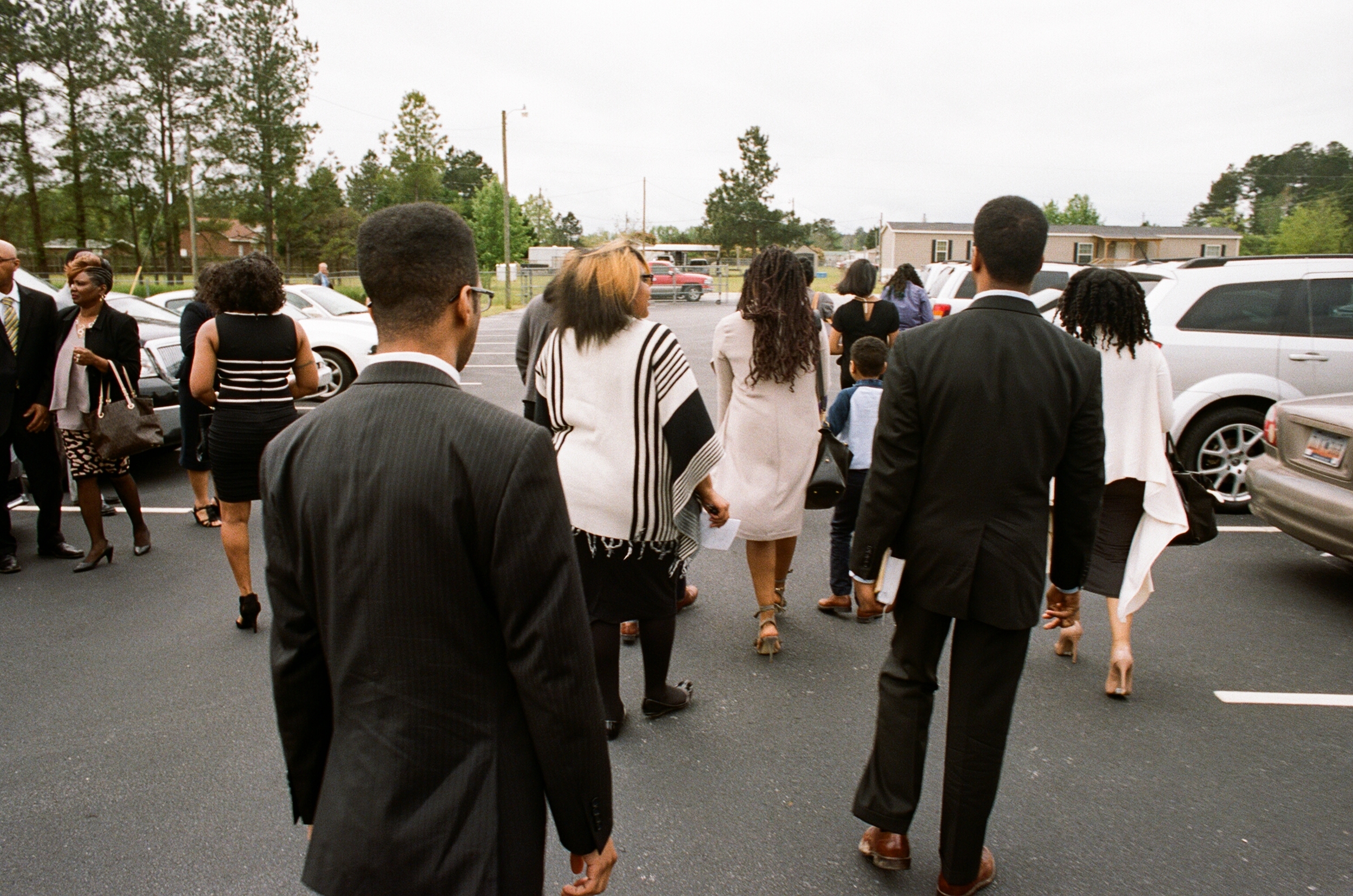
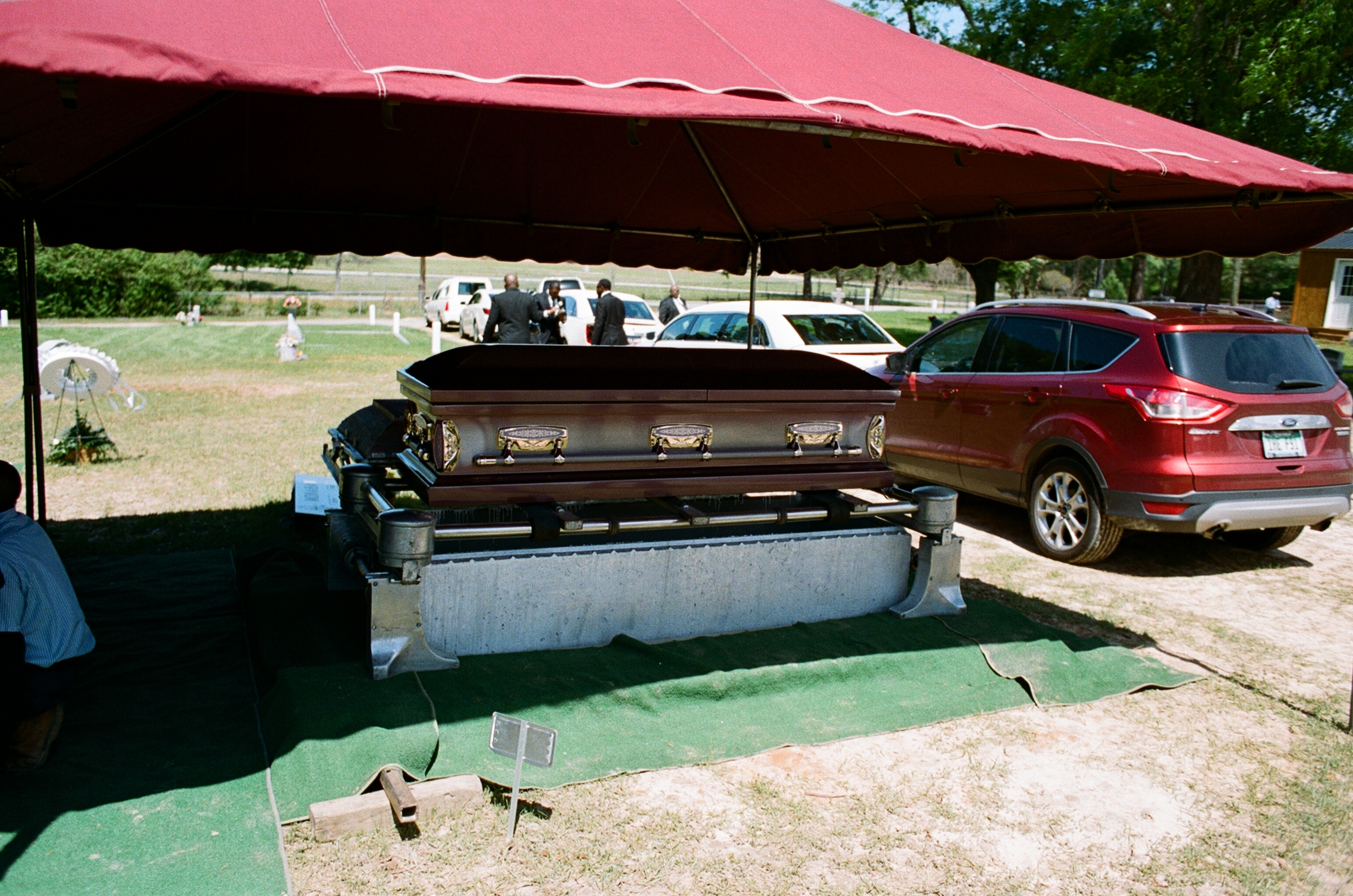






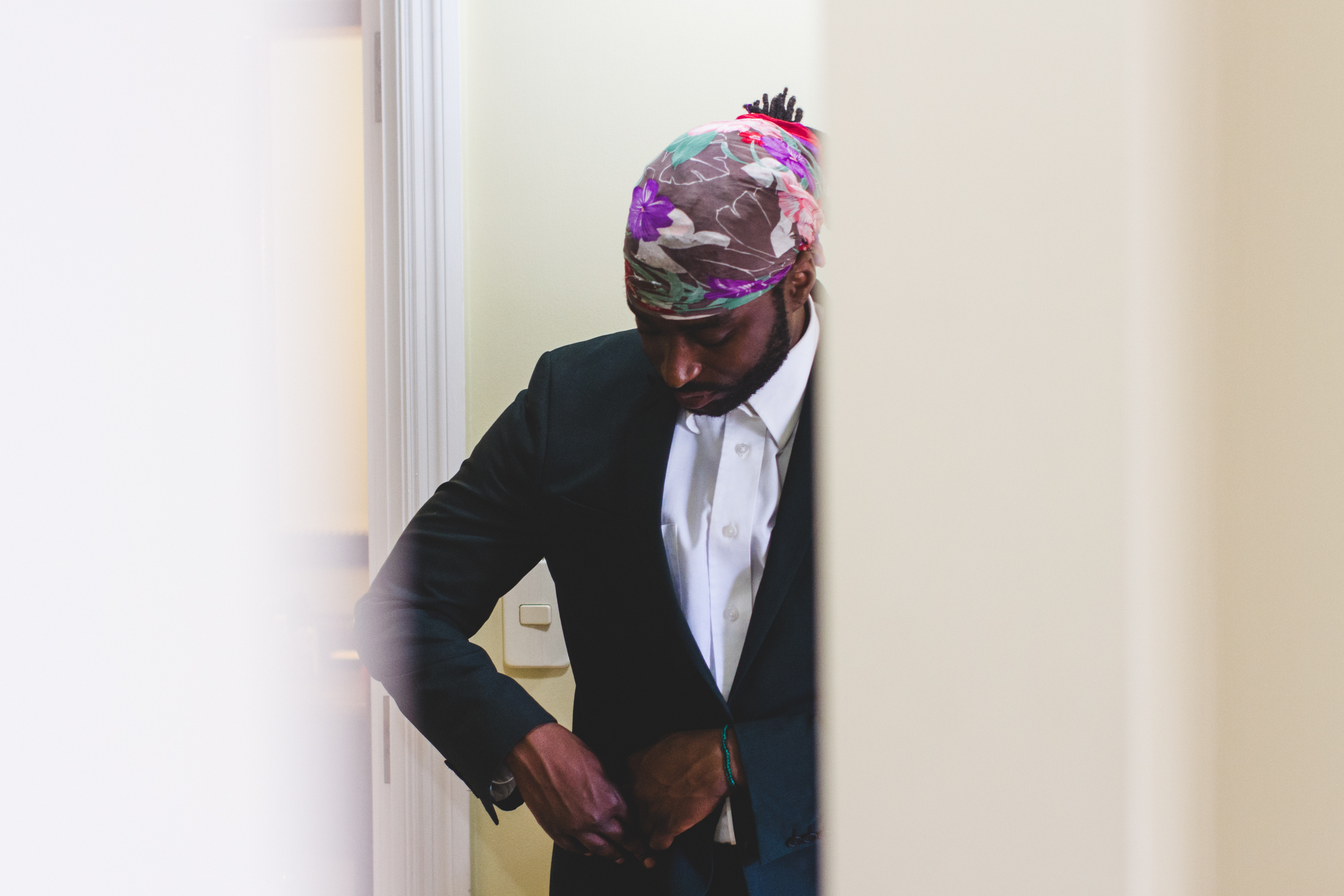
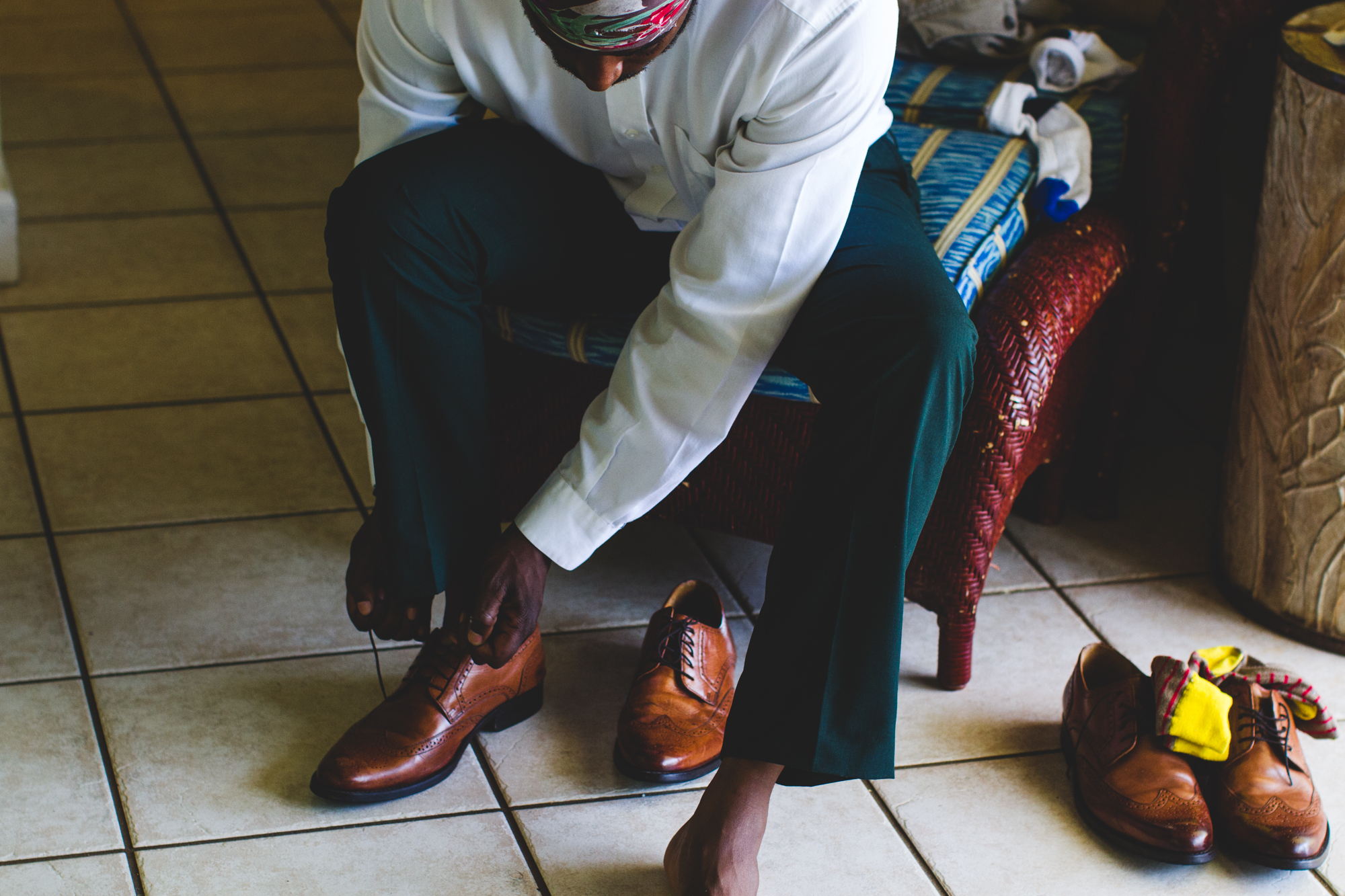
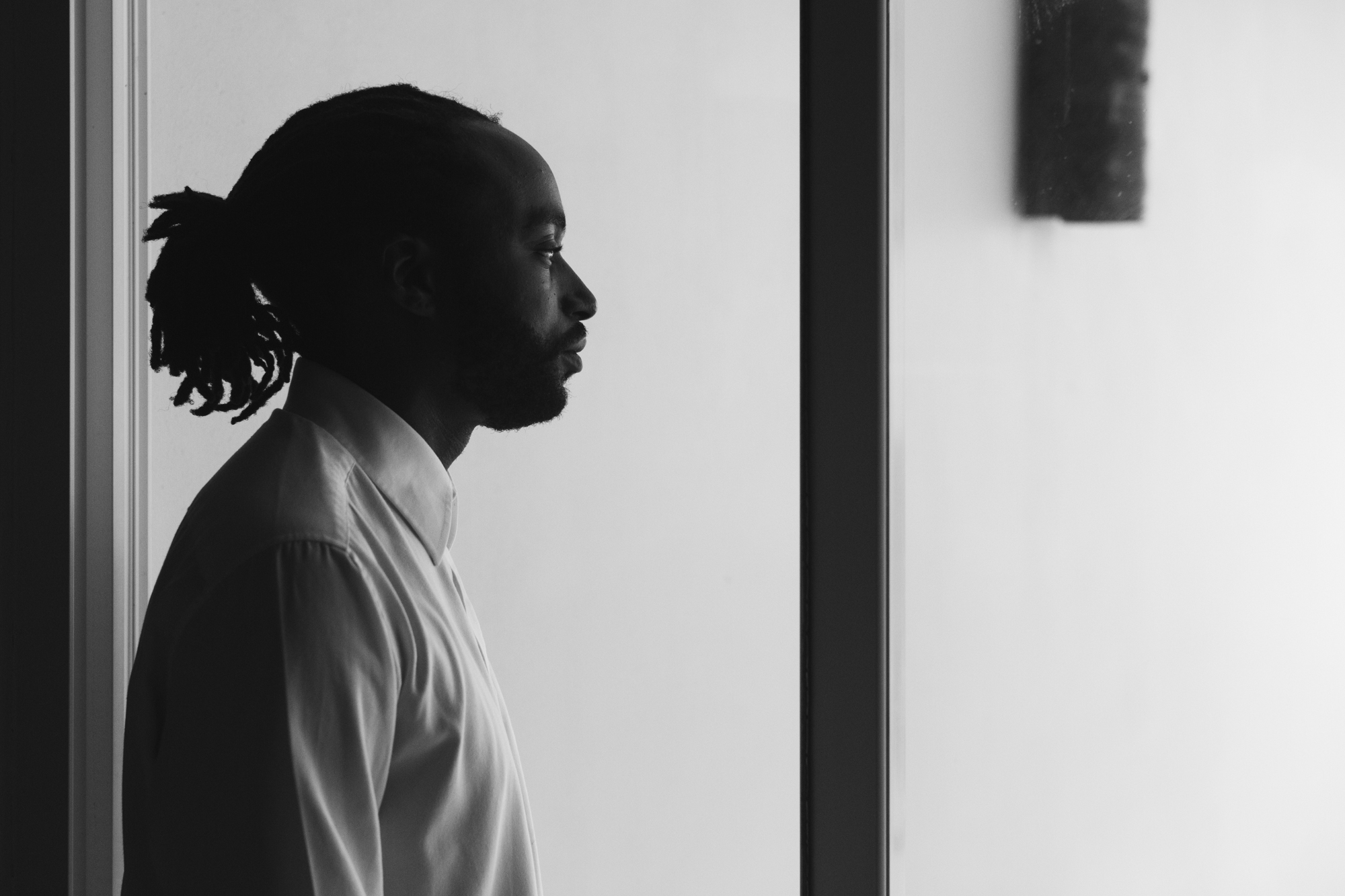
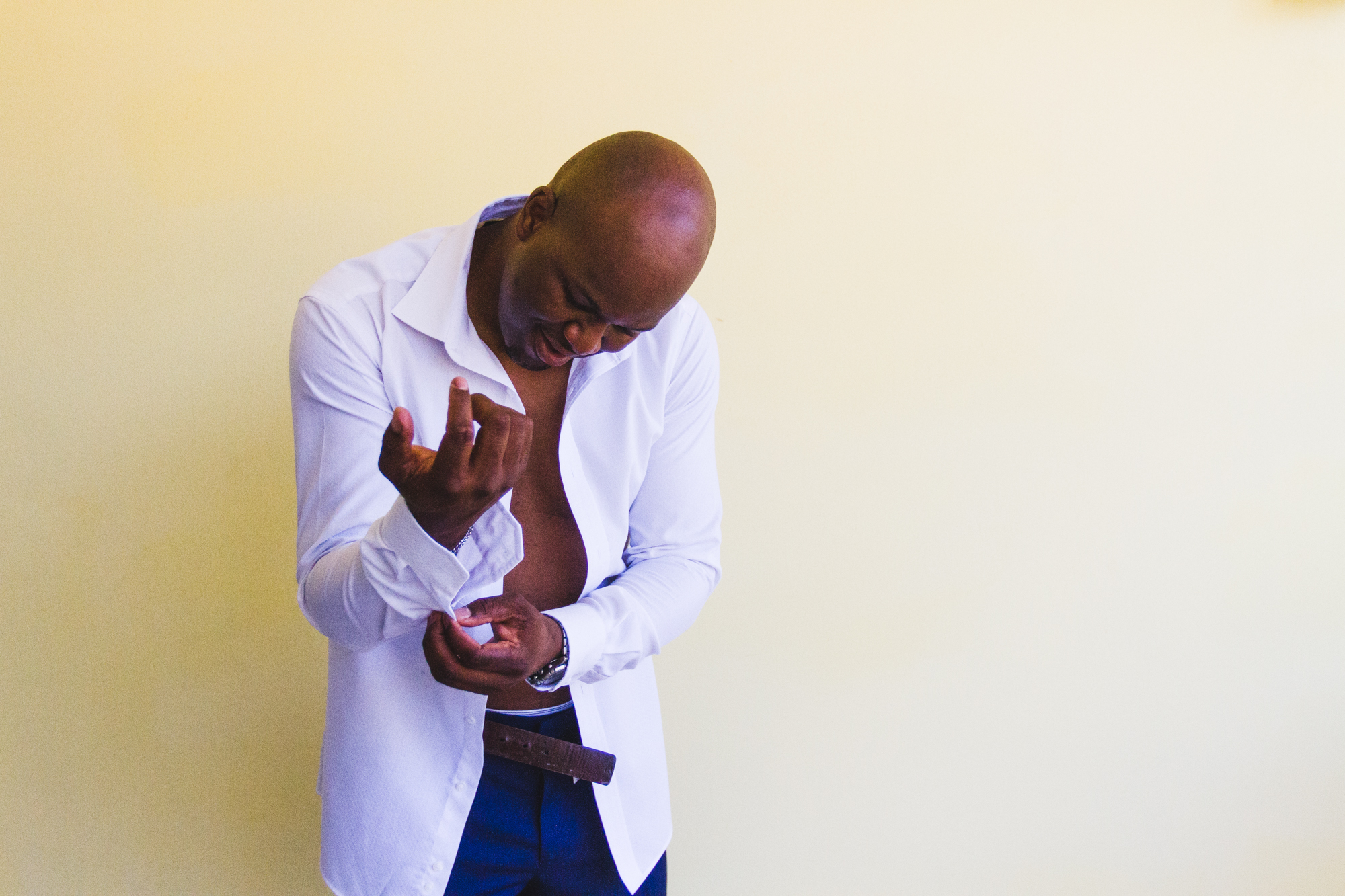

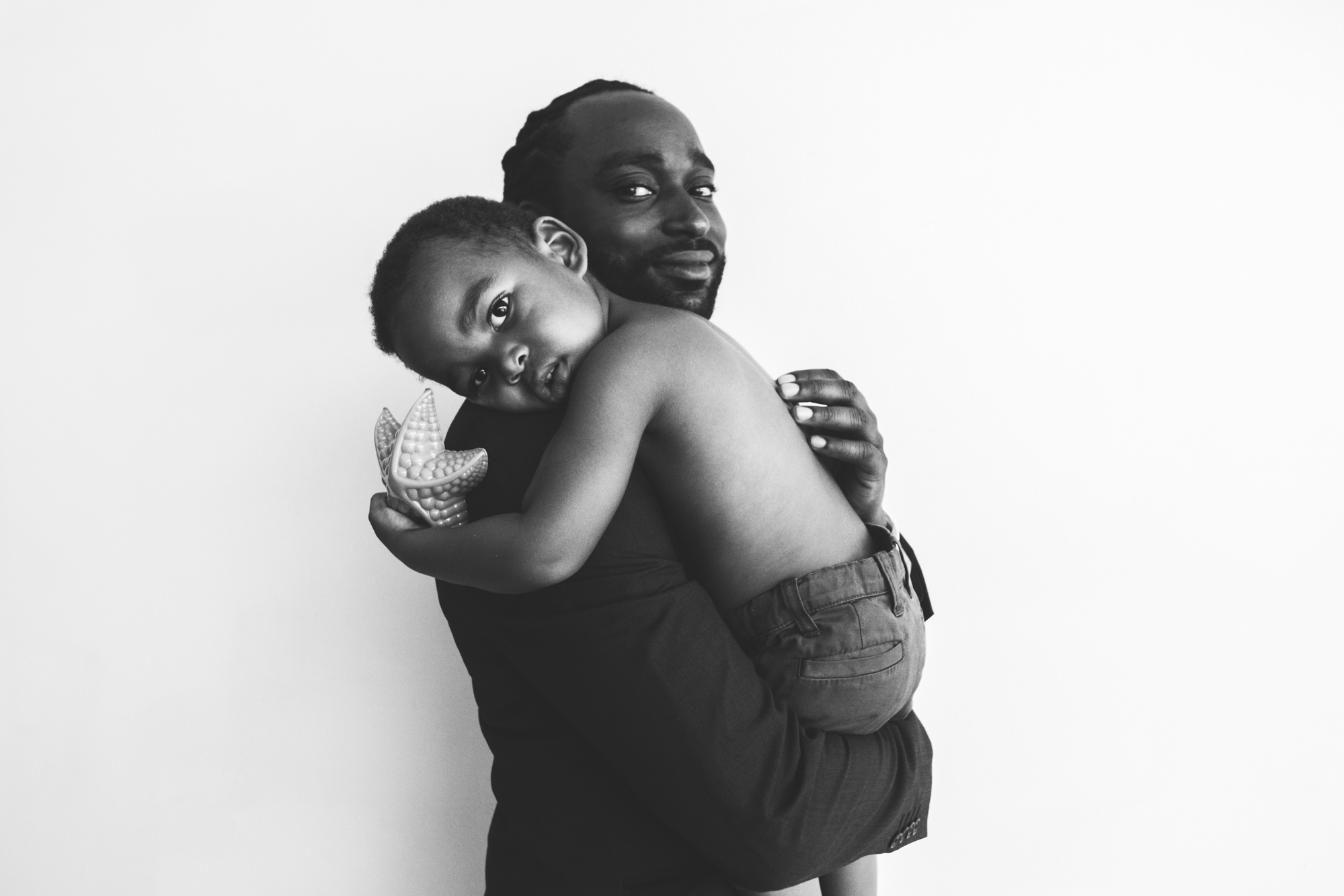


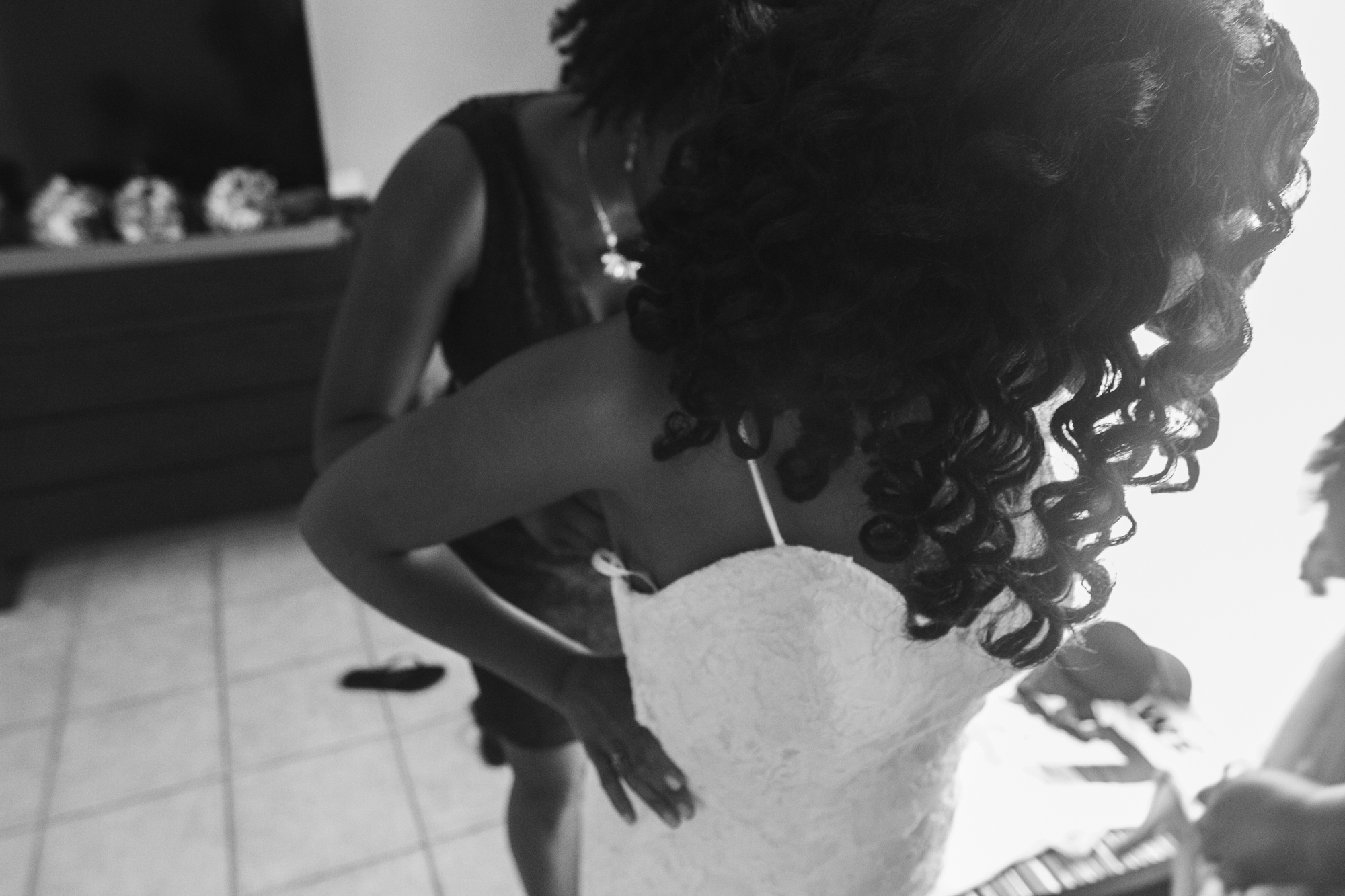
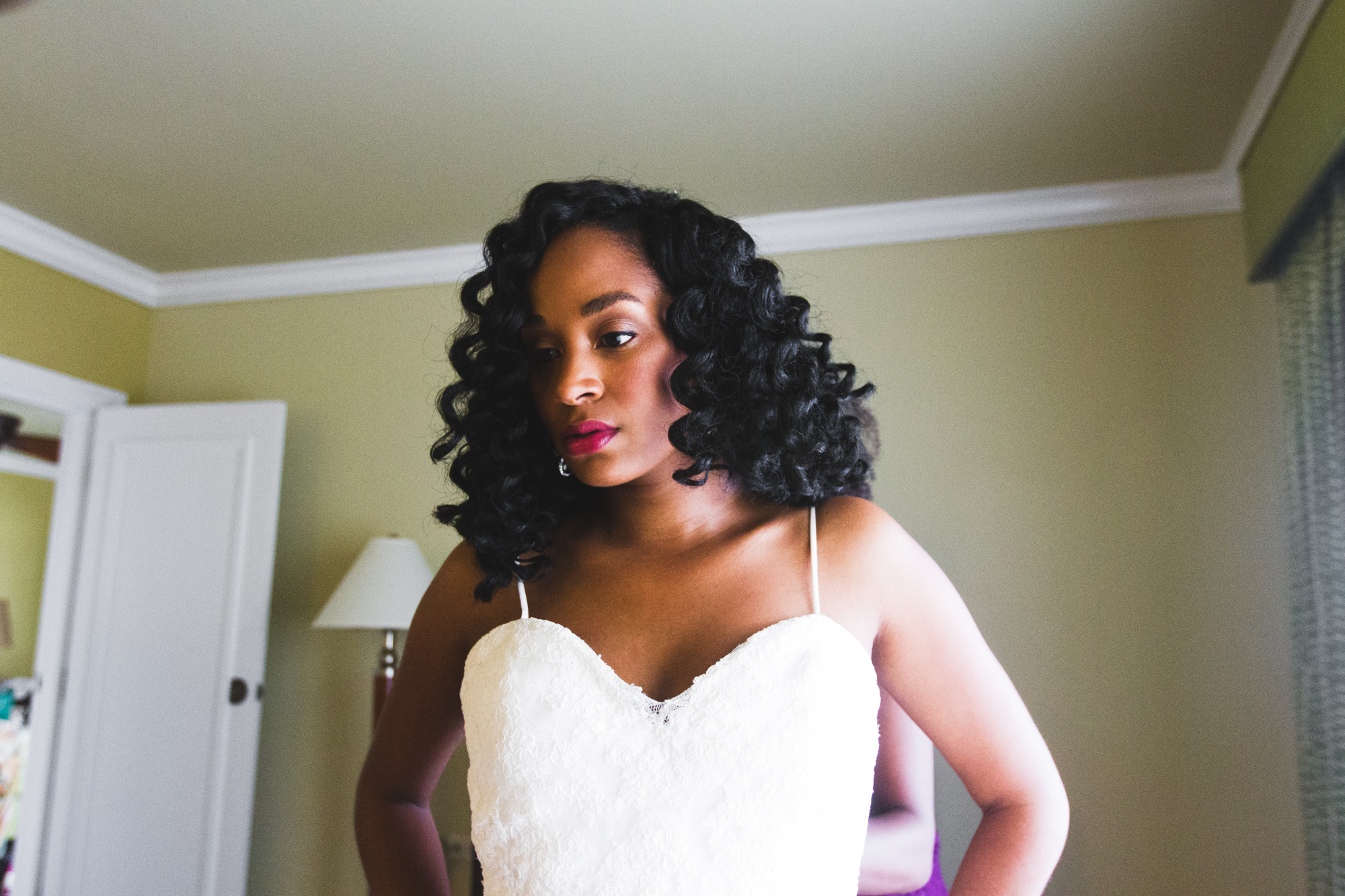
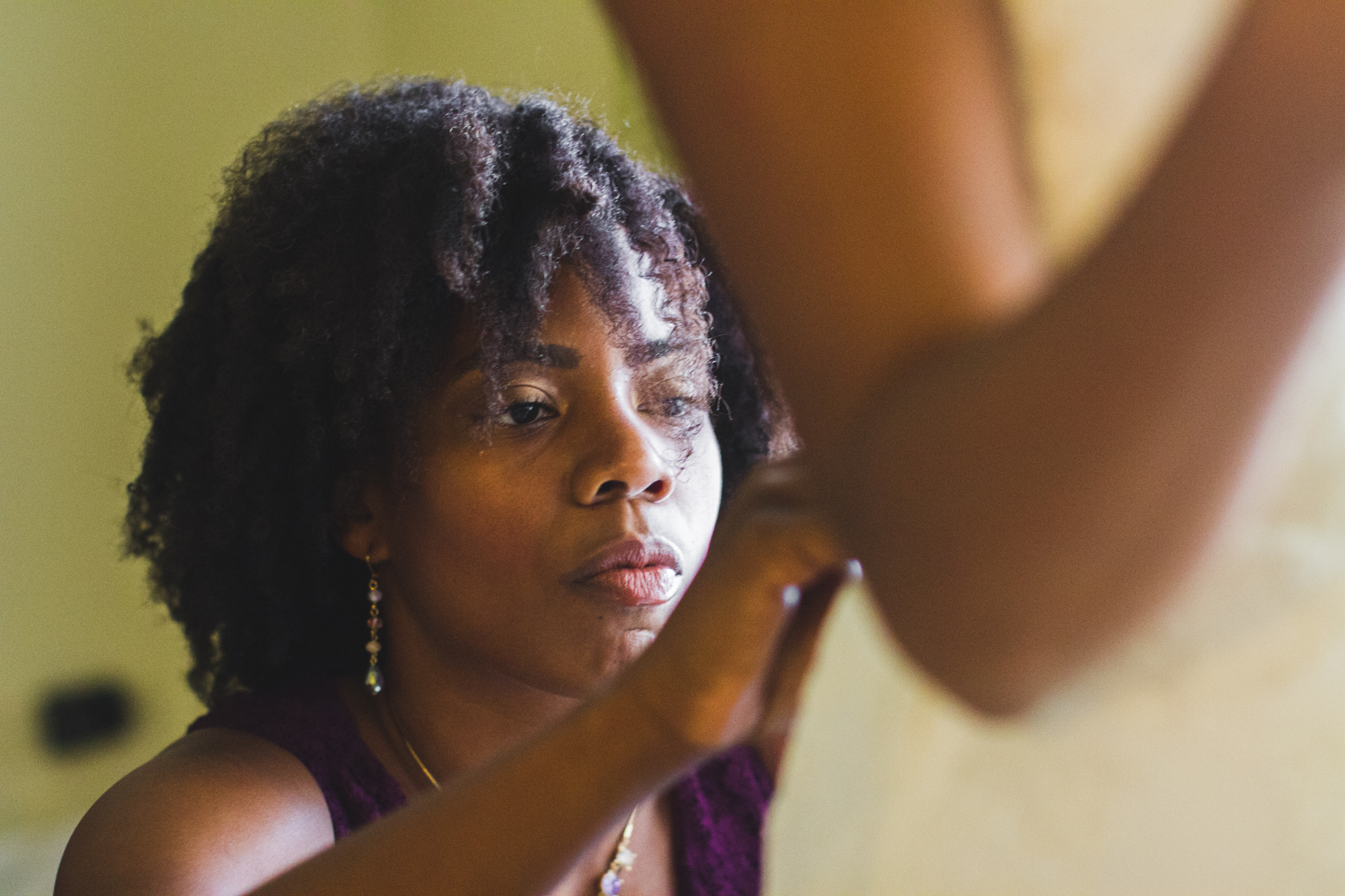
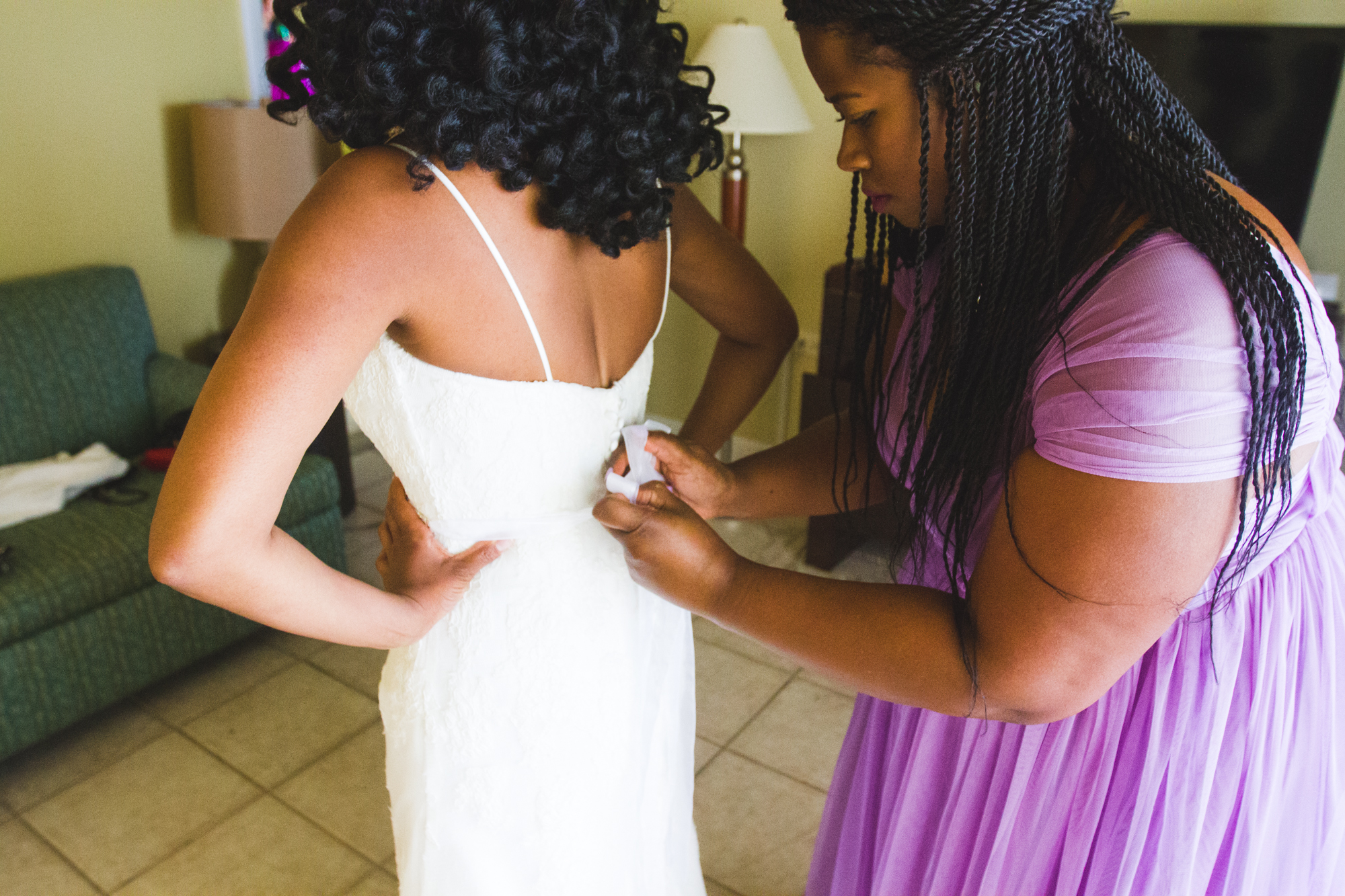
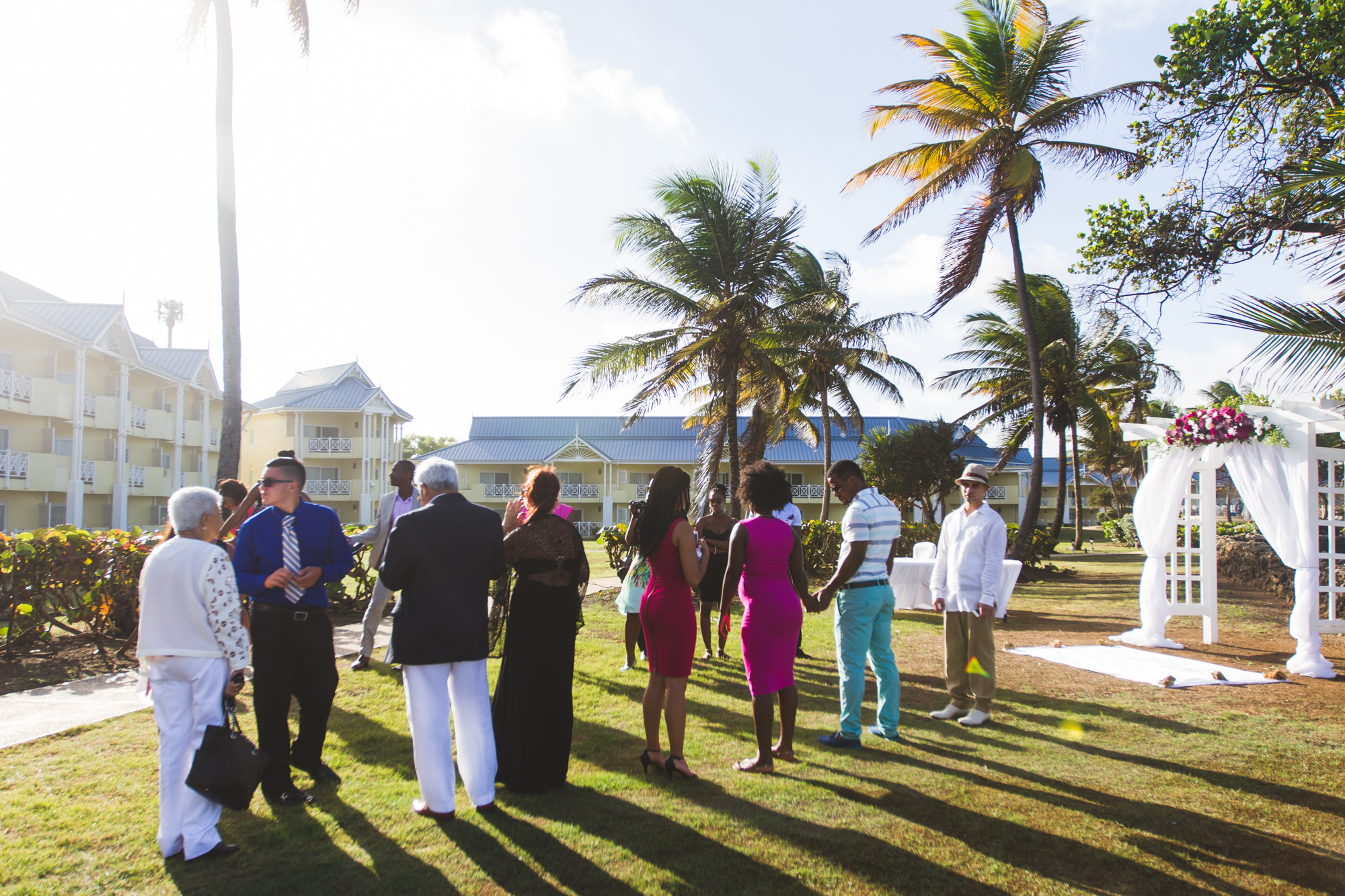
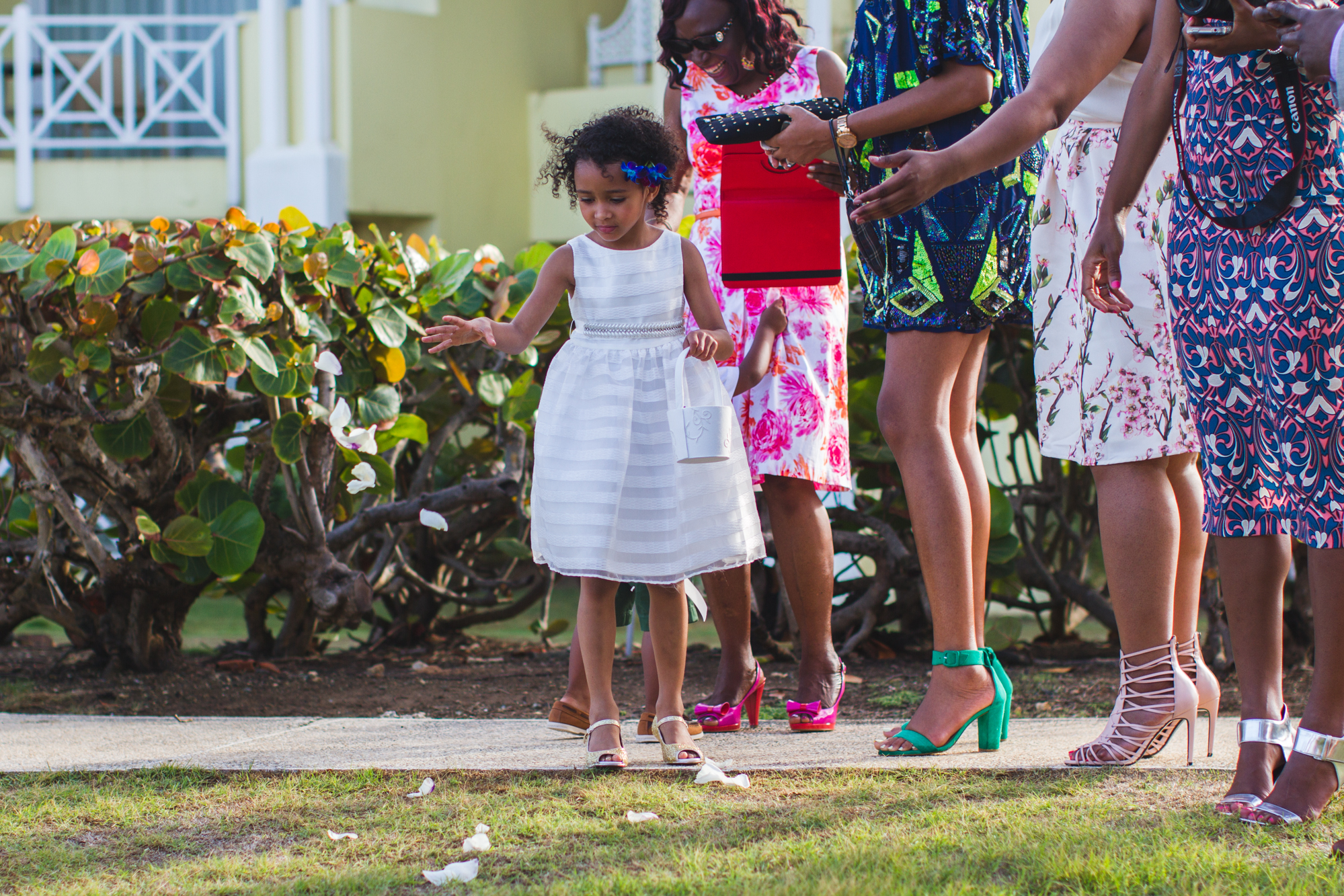
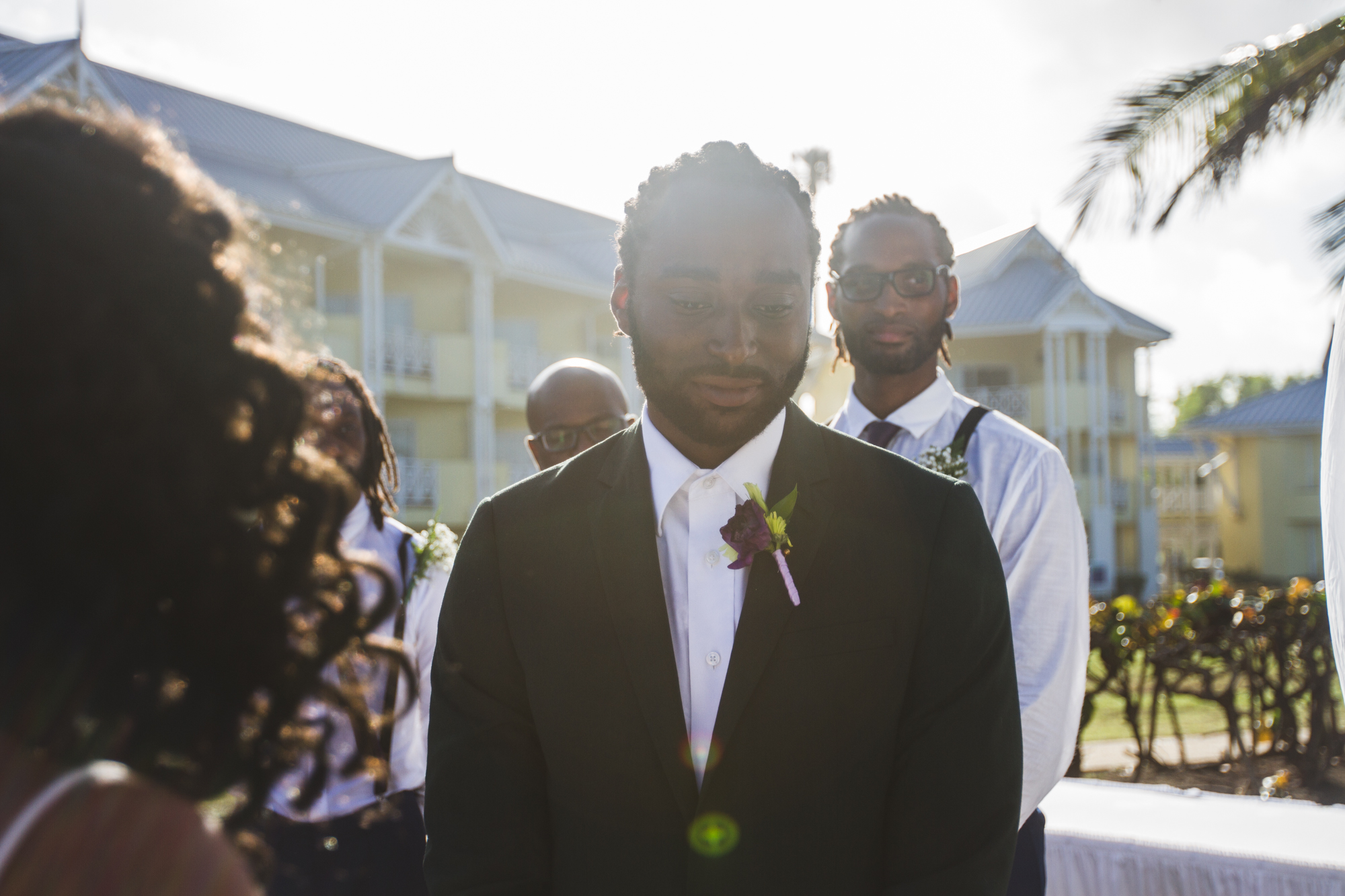

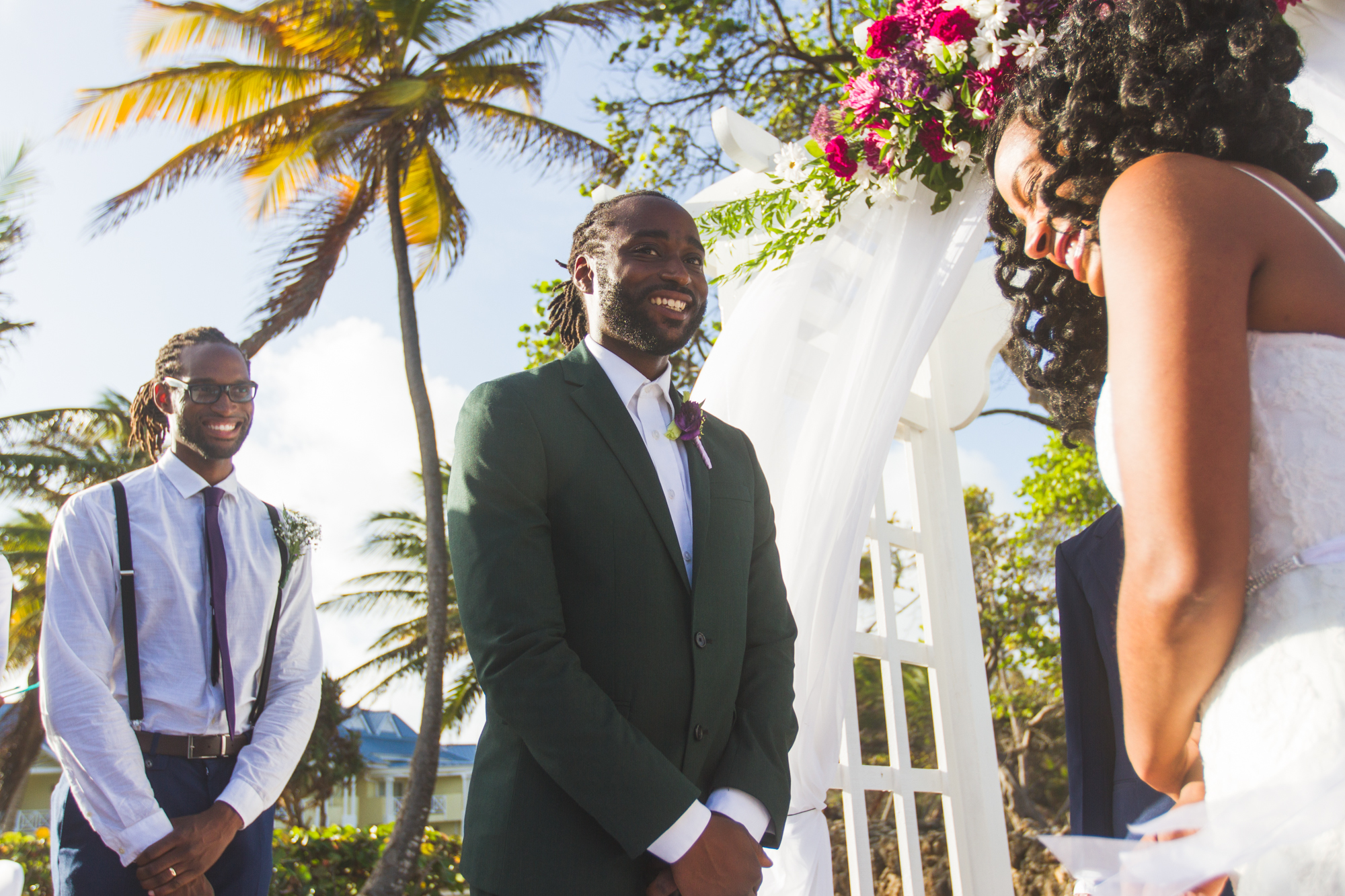
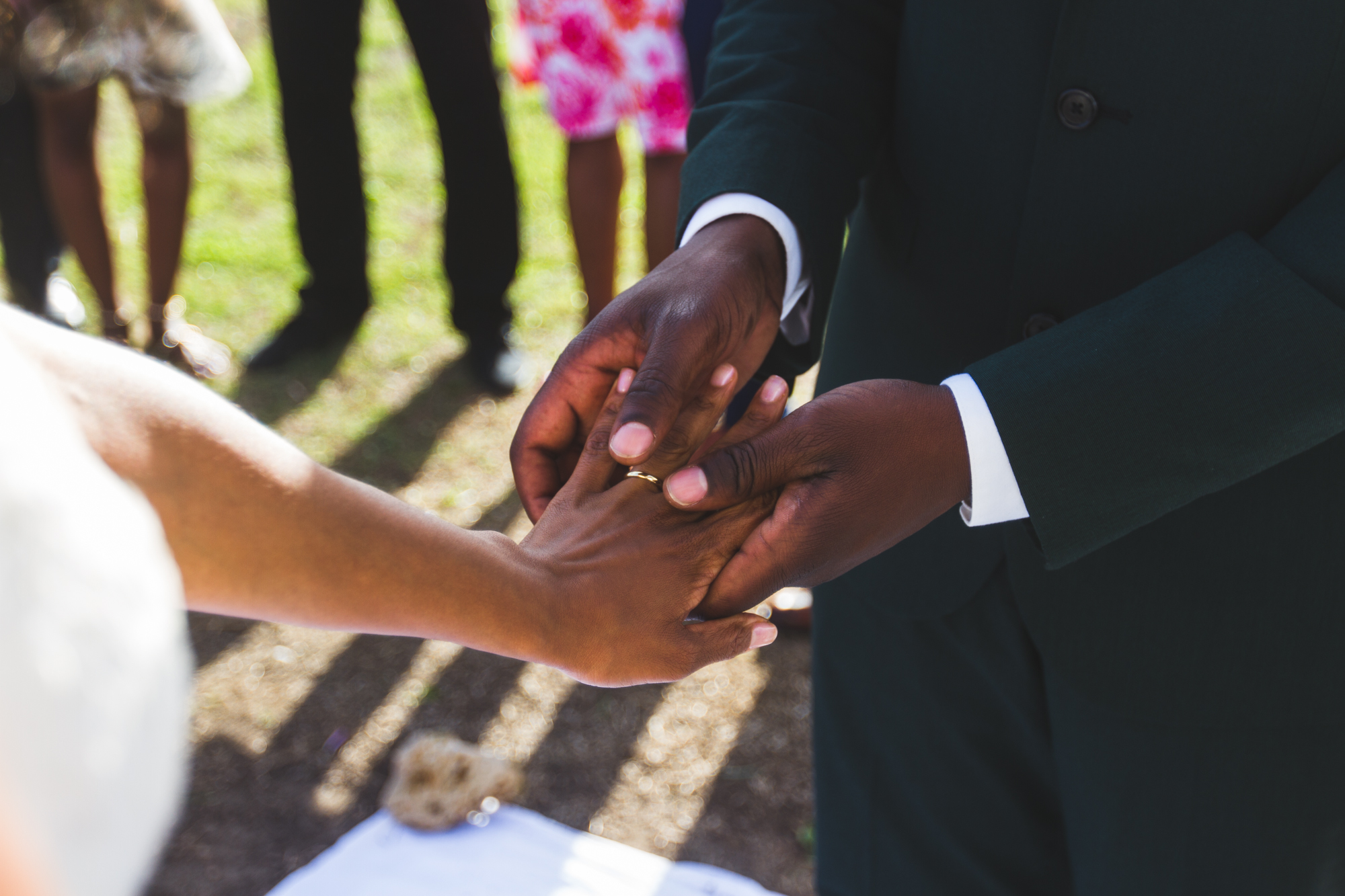


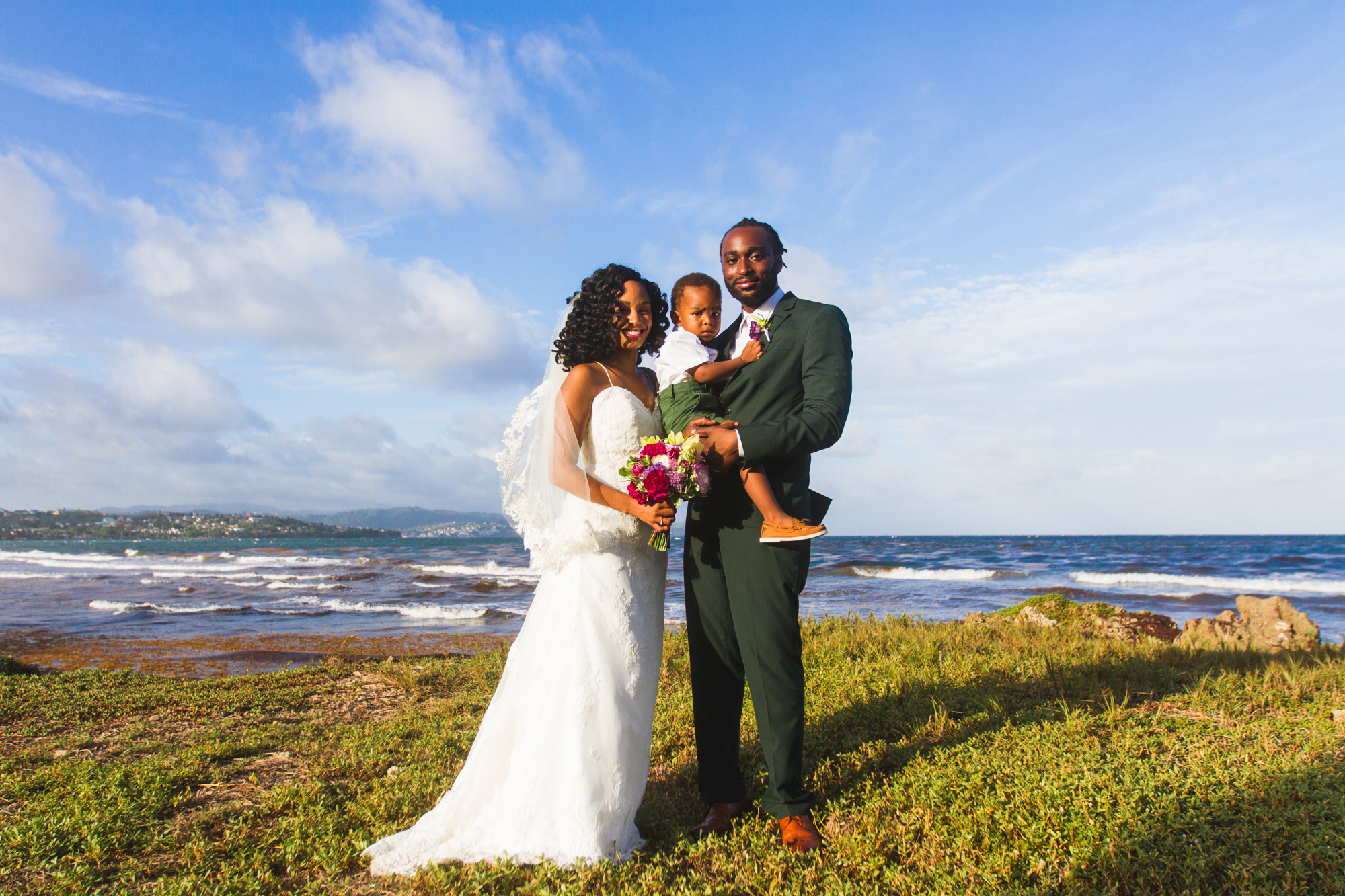
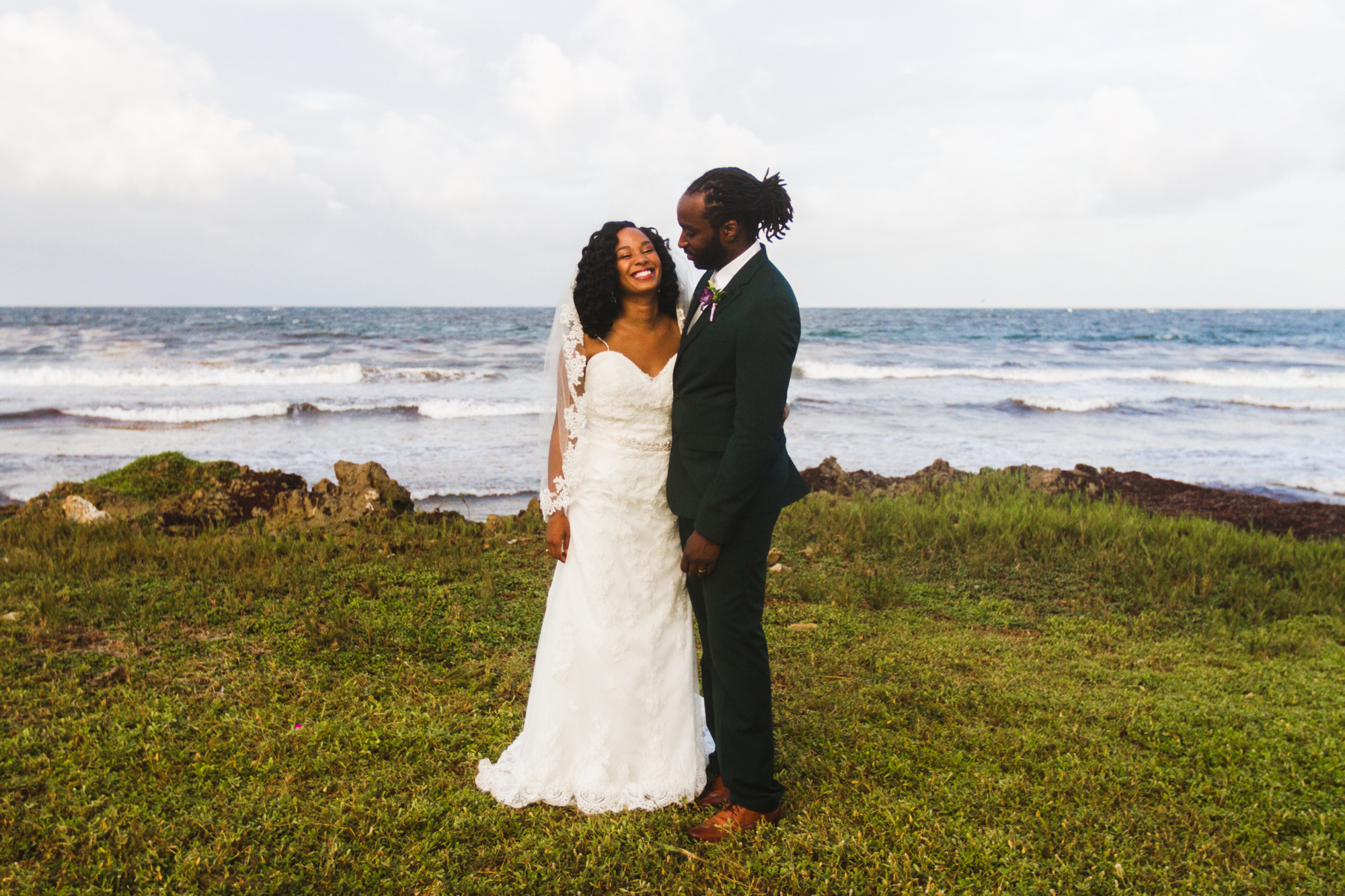


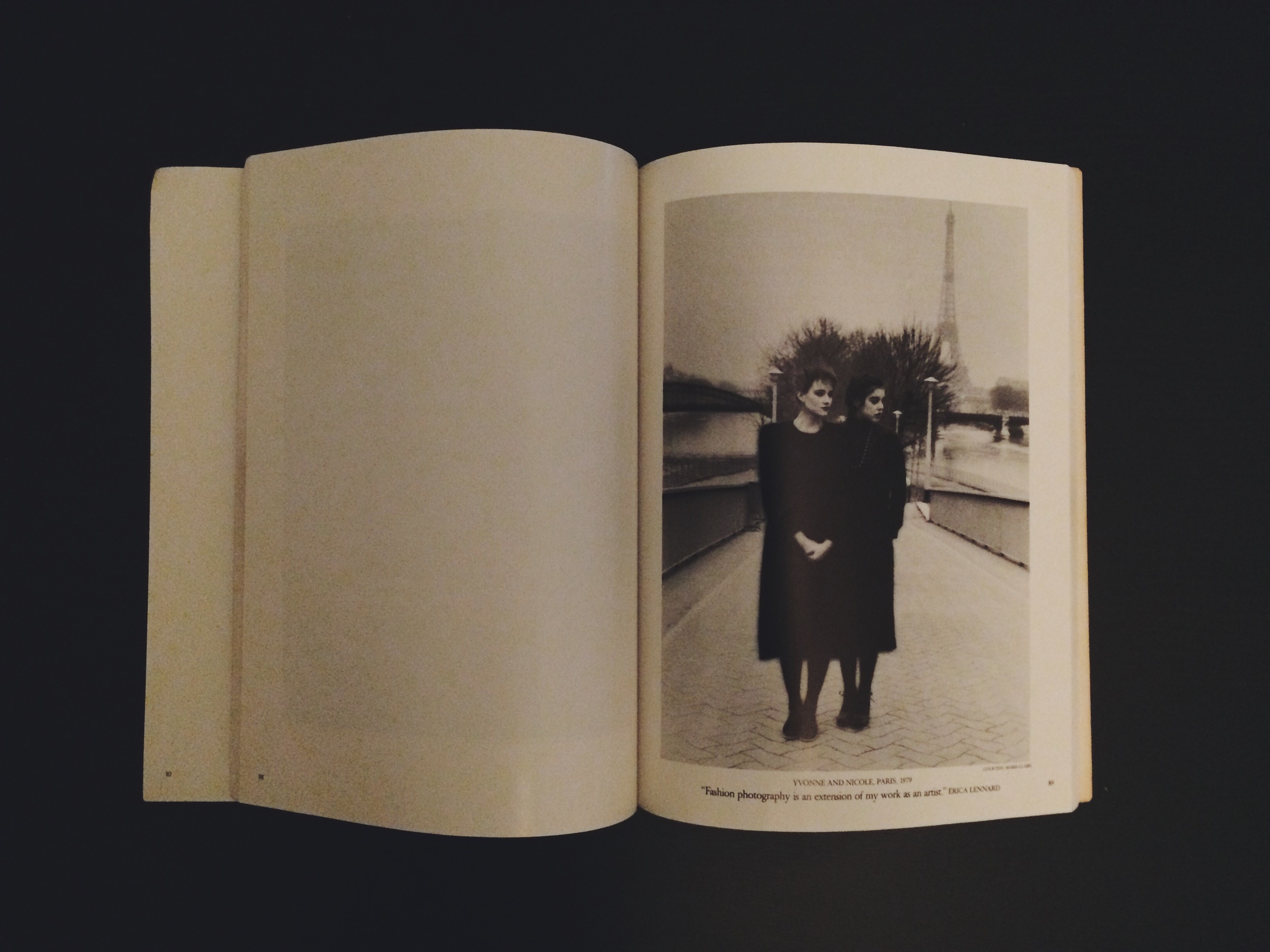


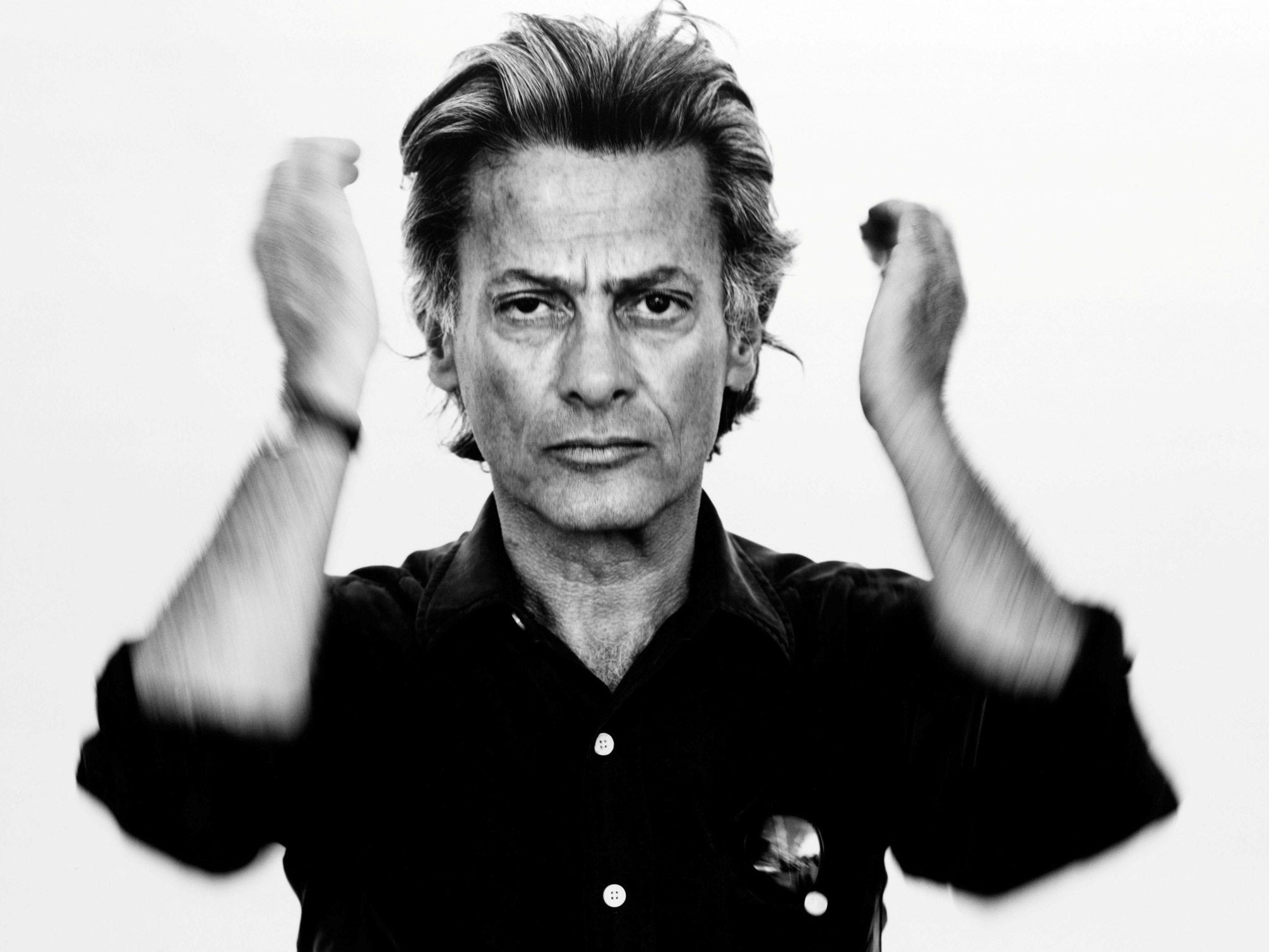
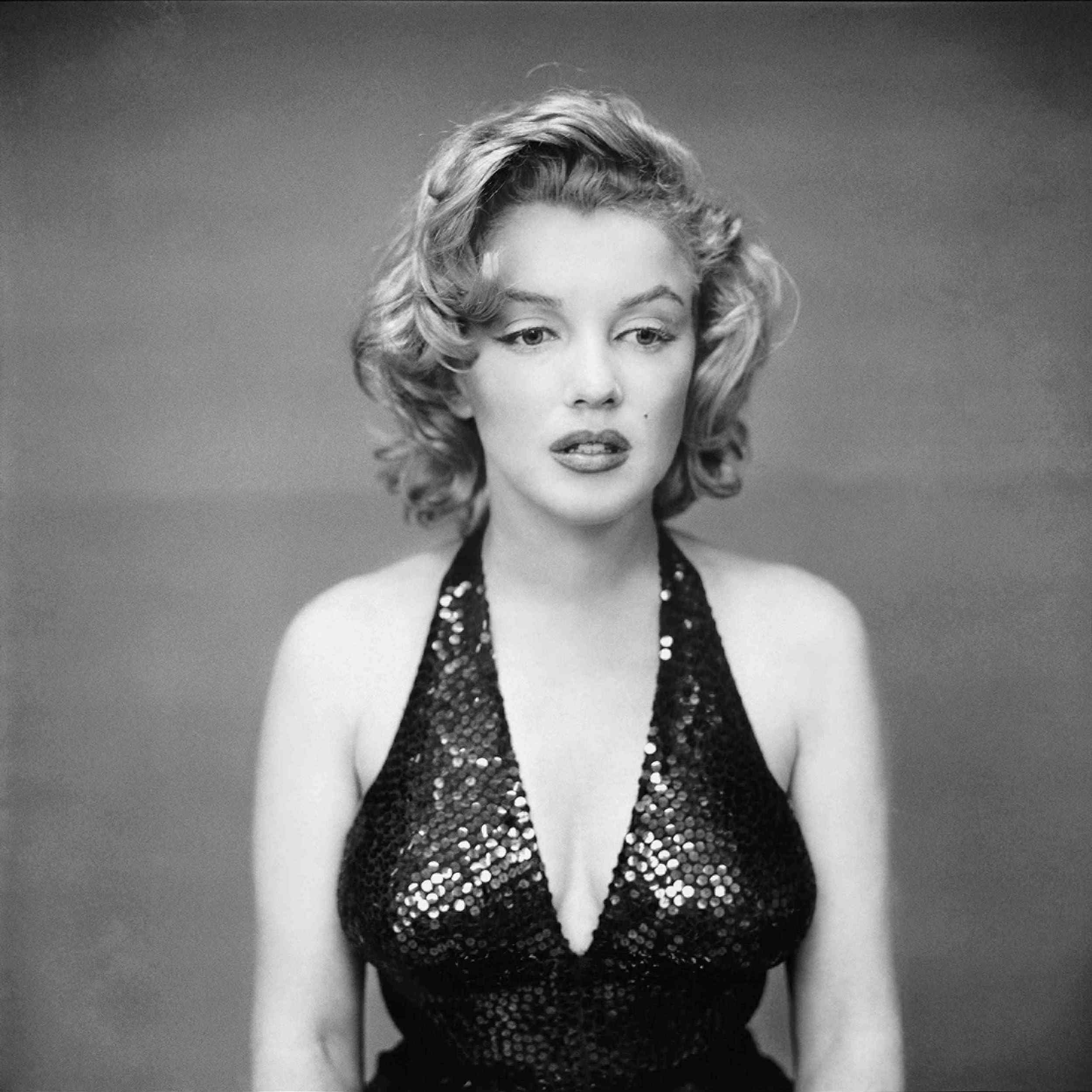
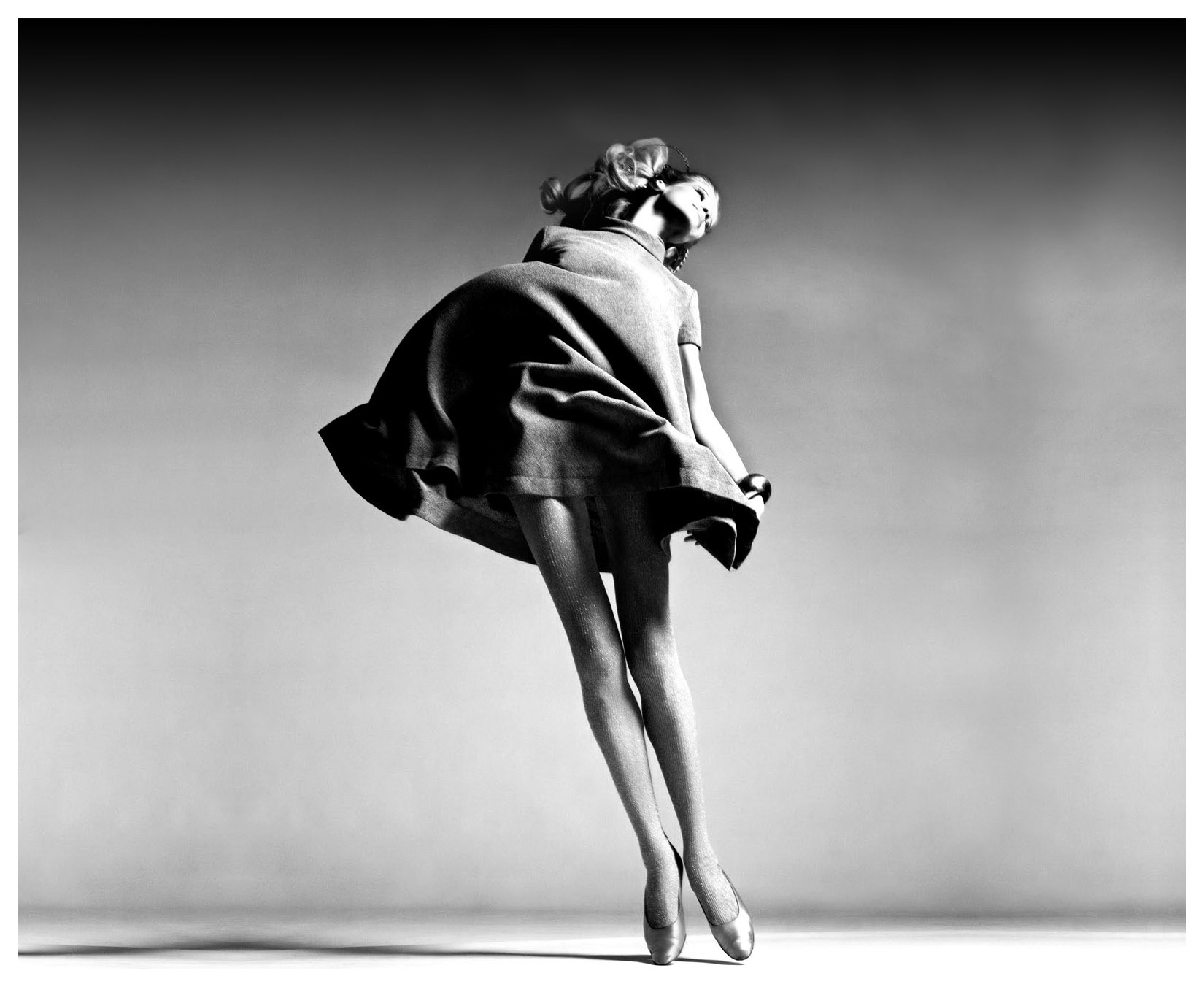

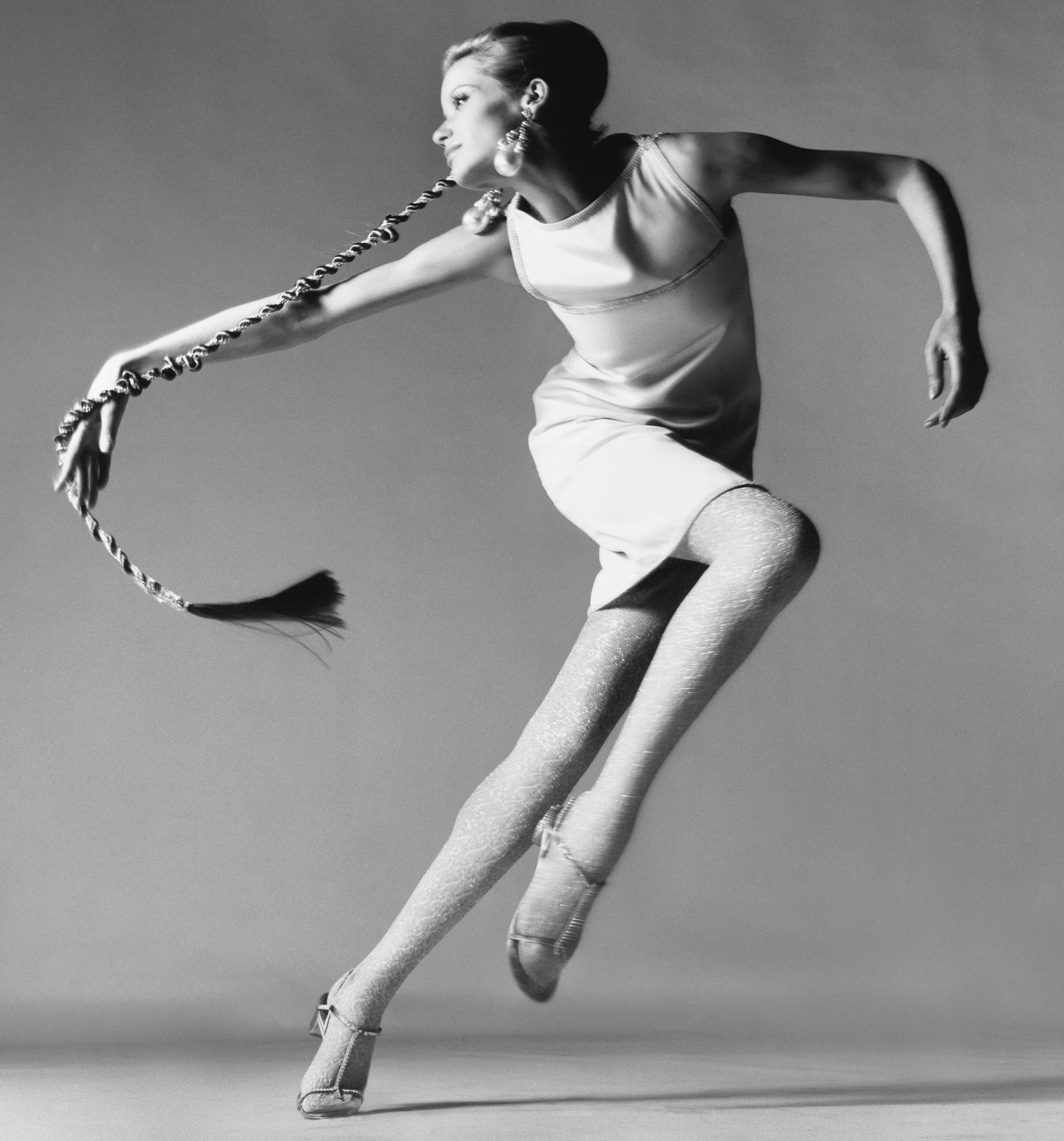
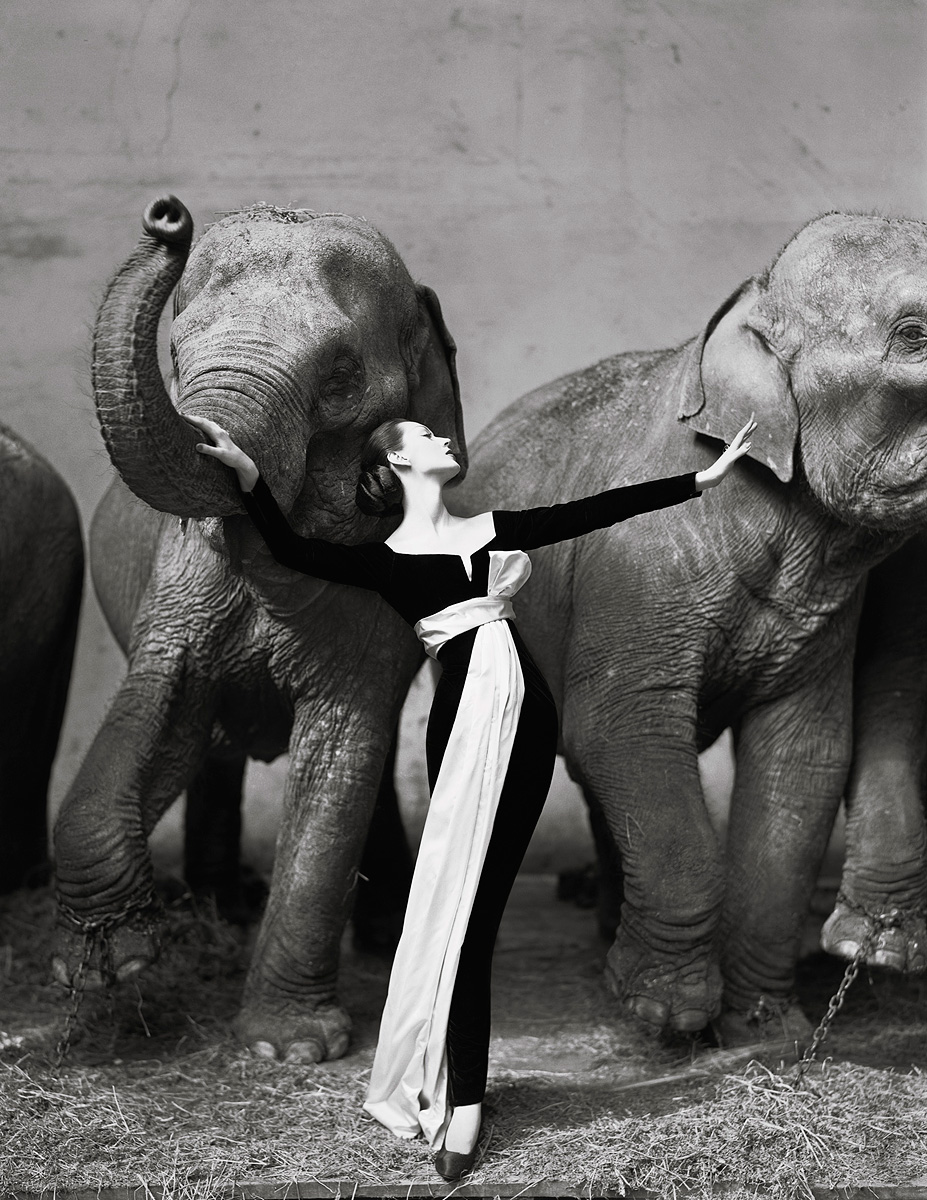
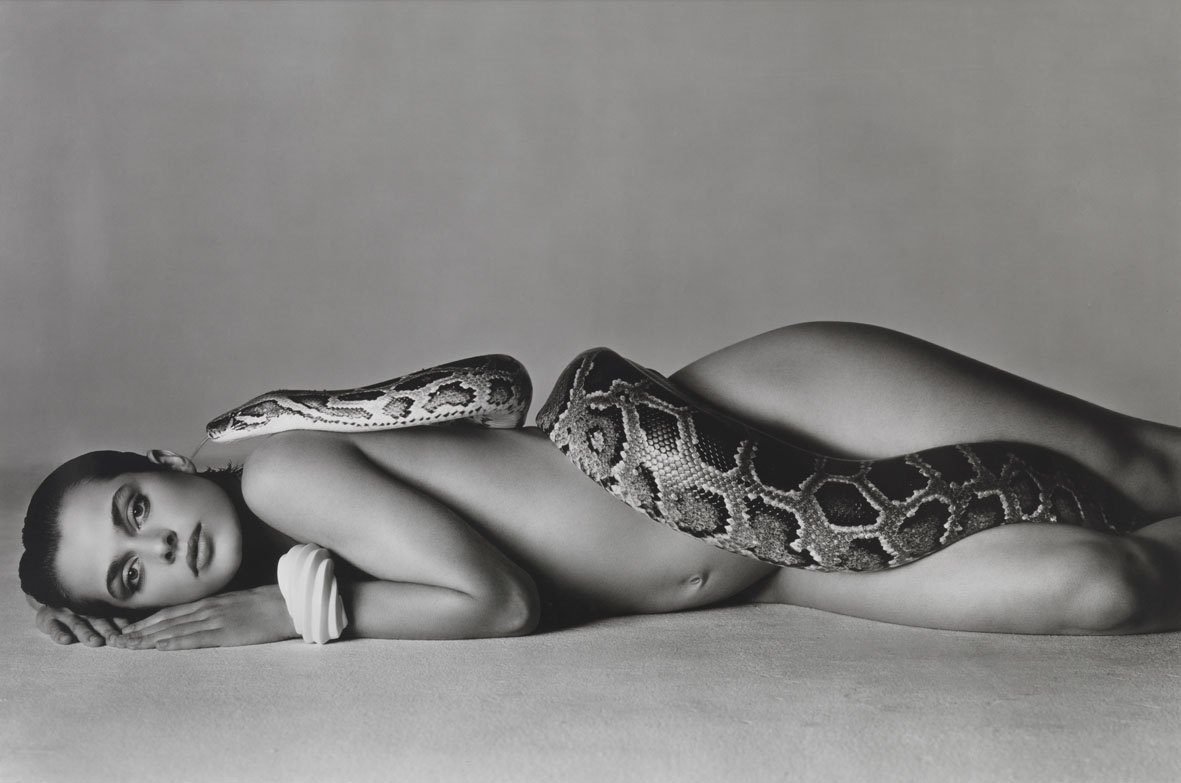

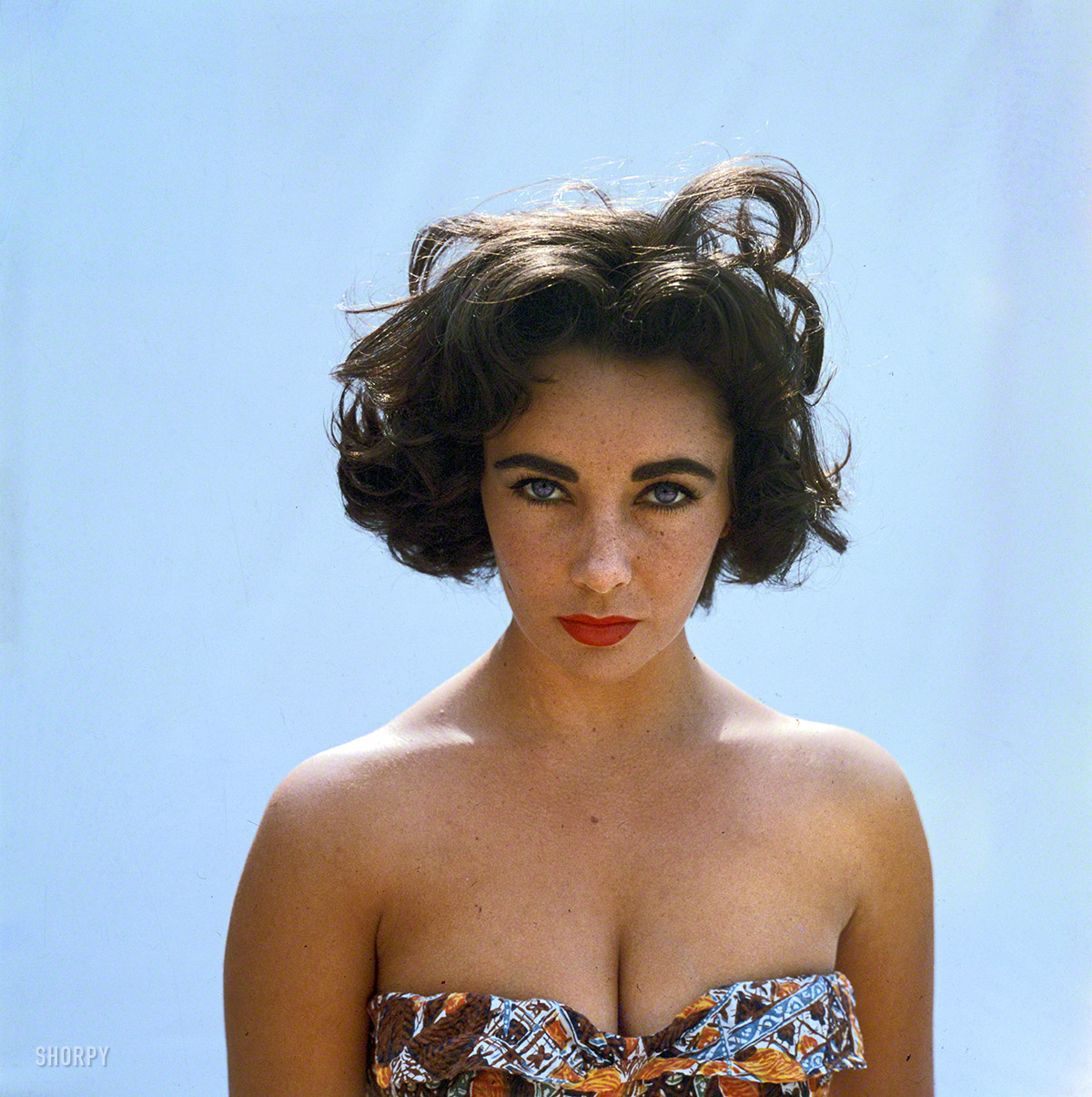
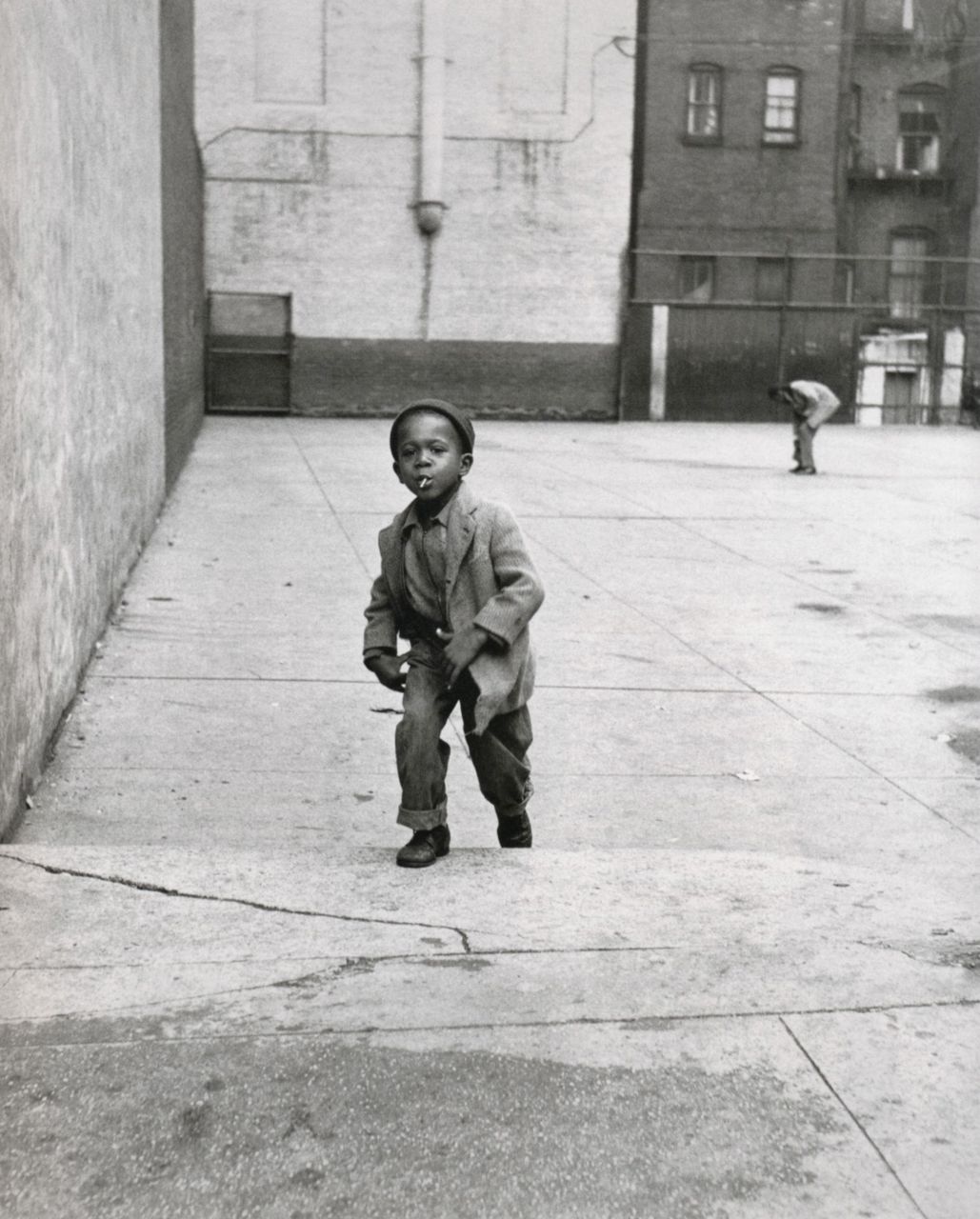
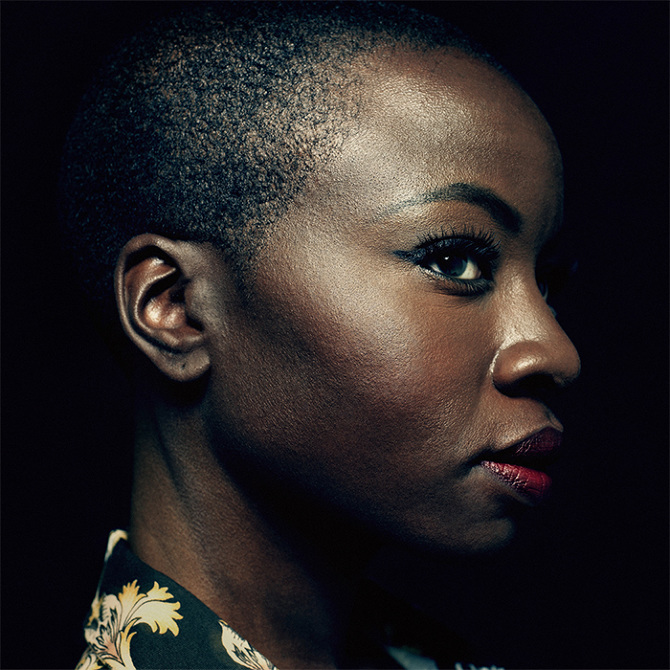 I belive I came across Peter Hapak’s work during a random search of photographer portfolios on the popular portfolio platform,
I belive I came across Peter Hapak’s work during a random search of photographer portfolios on the popular portfolio platform, 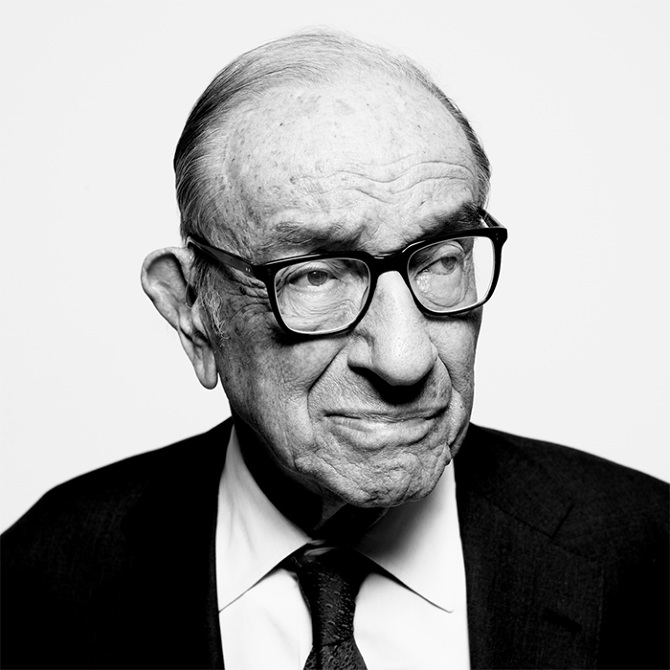
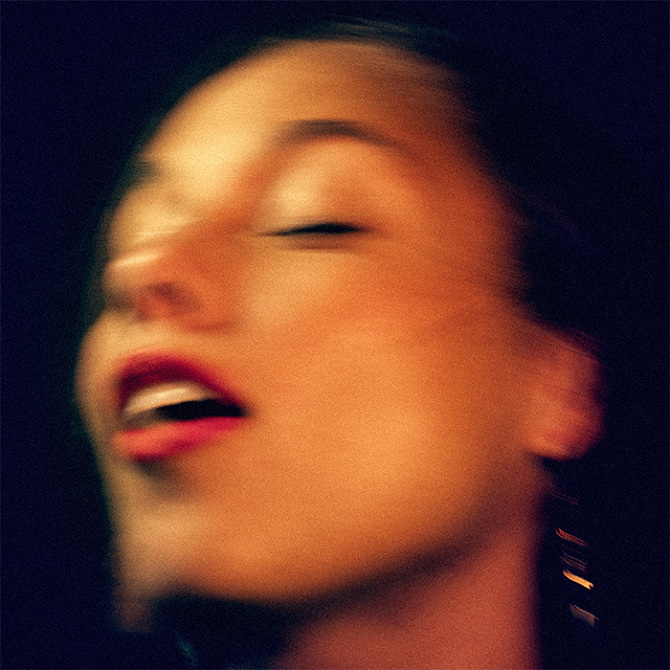
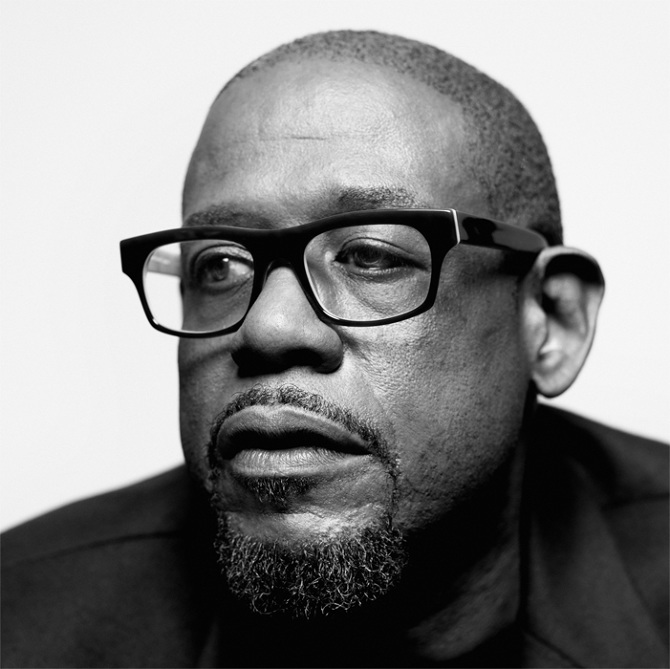
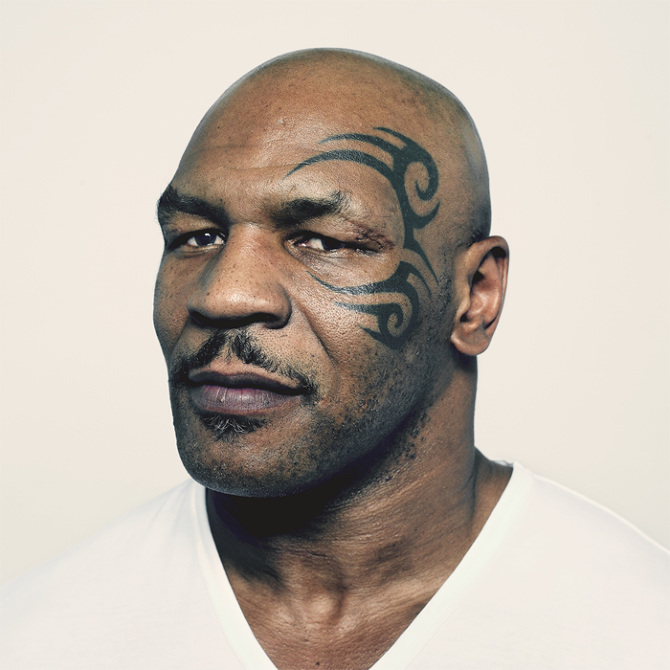
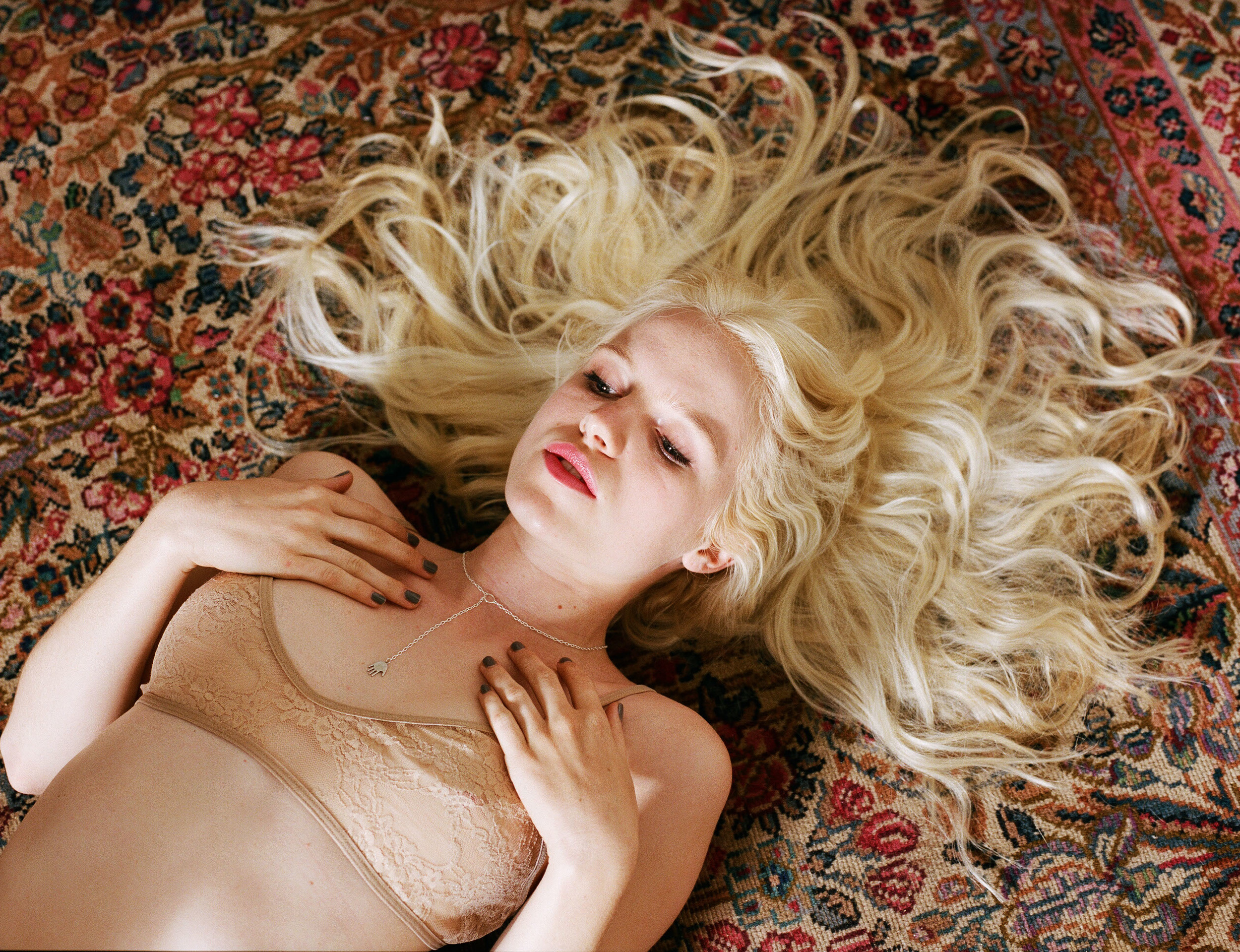

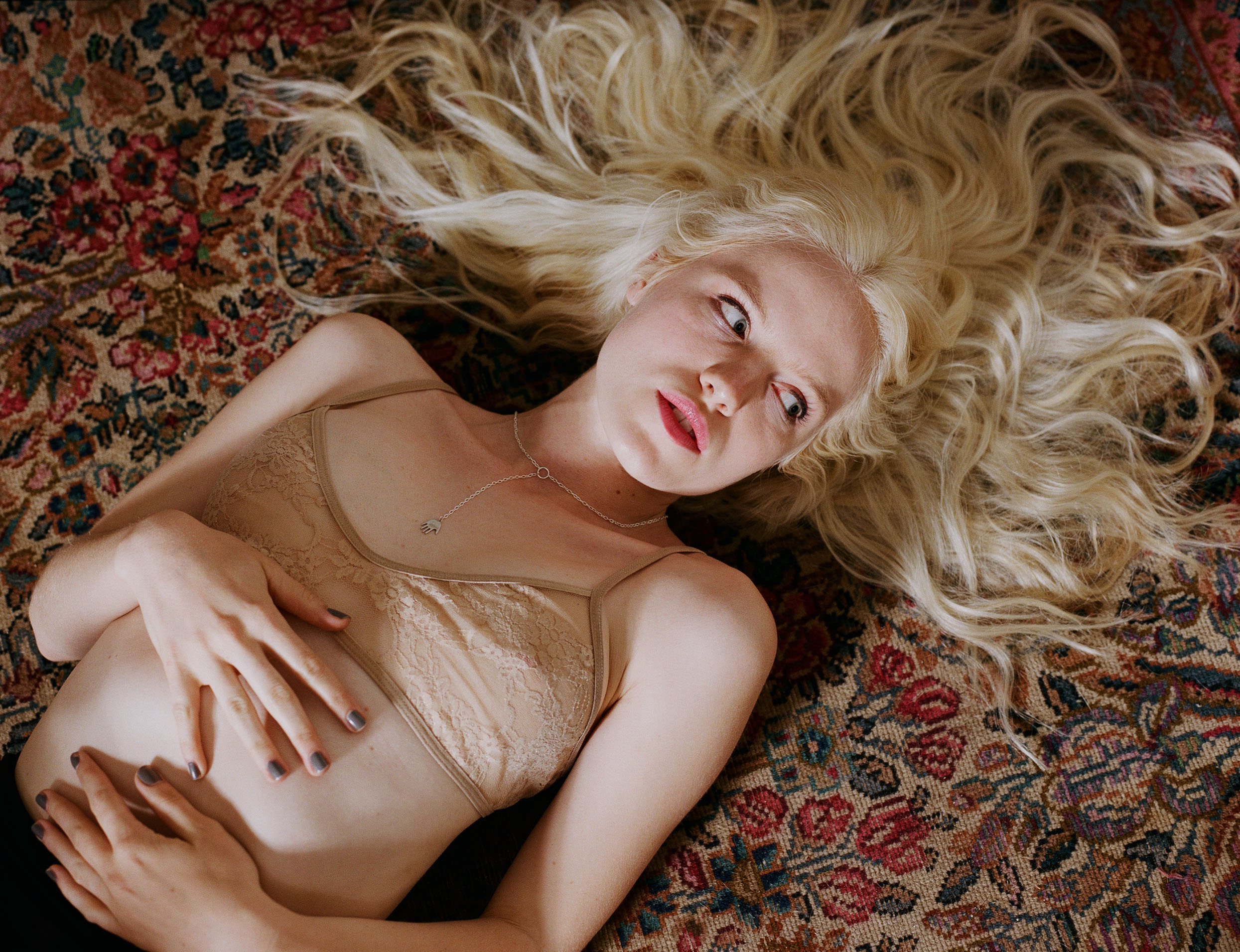
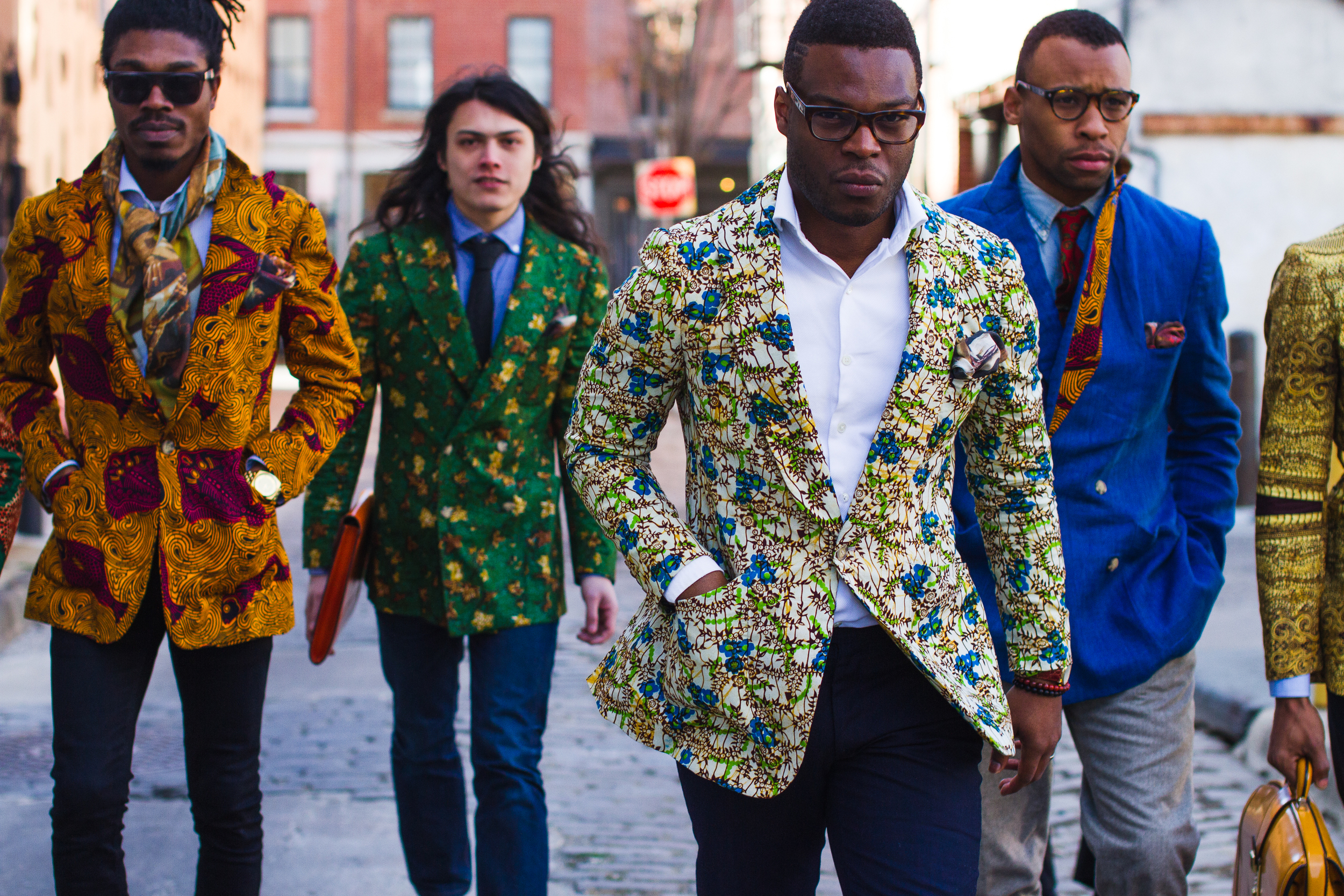
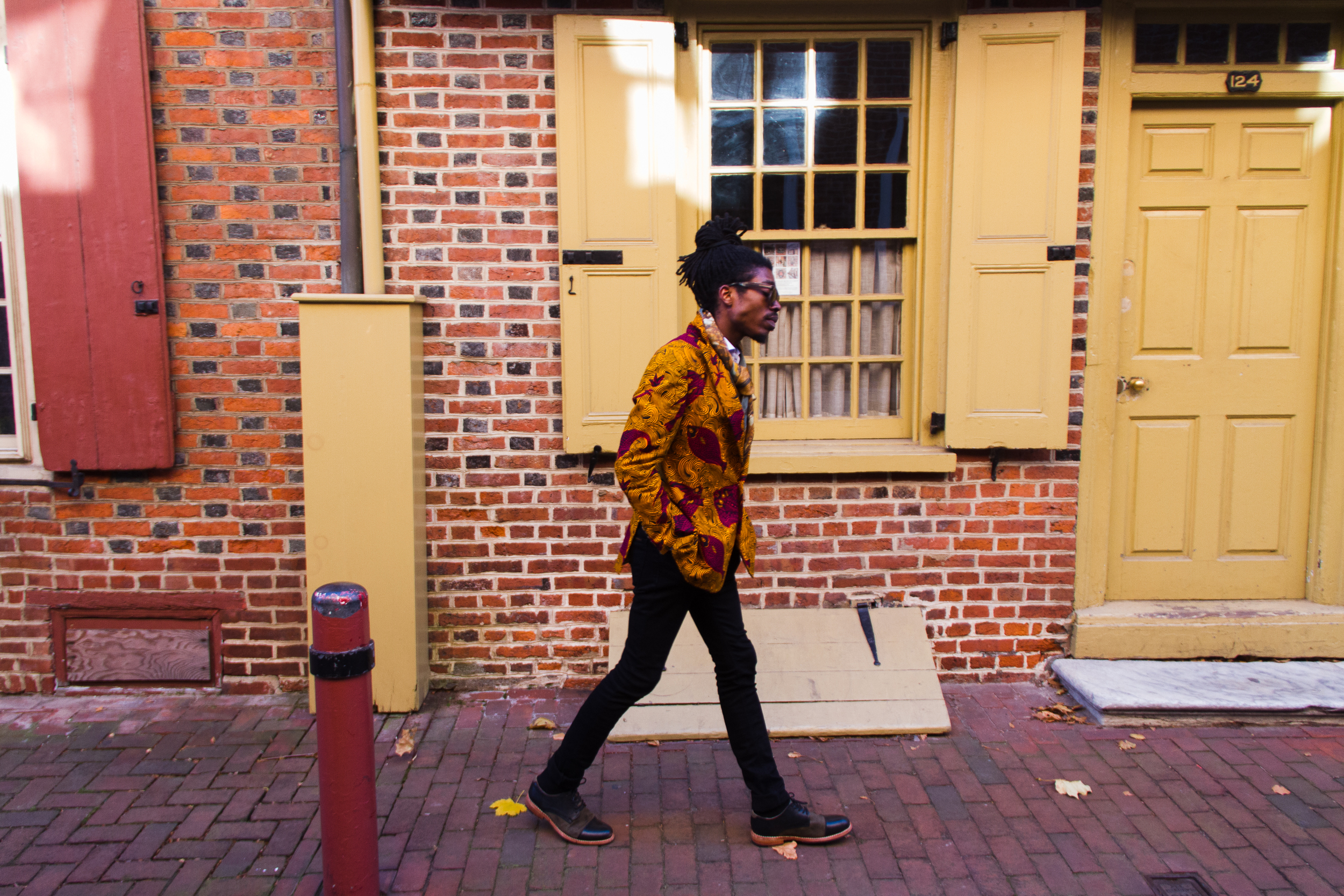
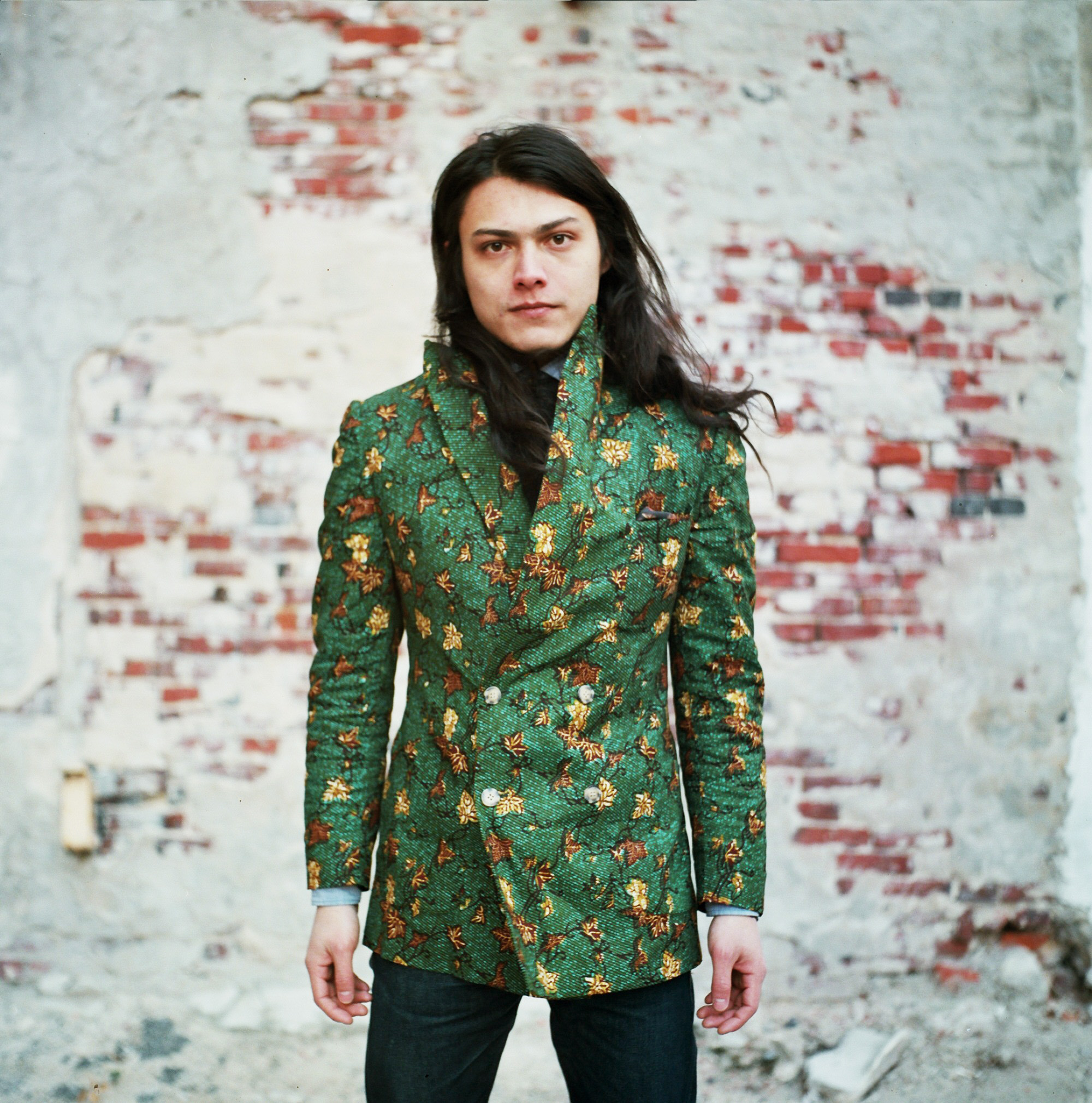

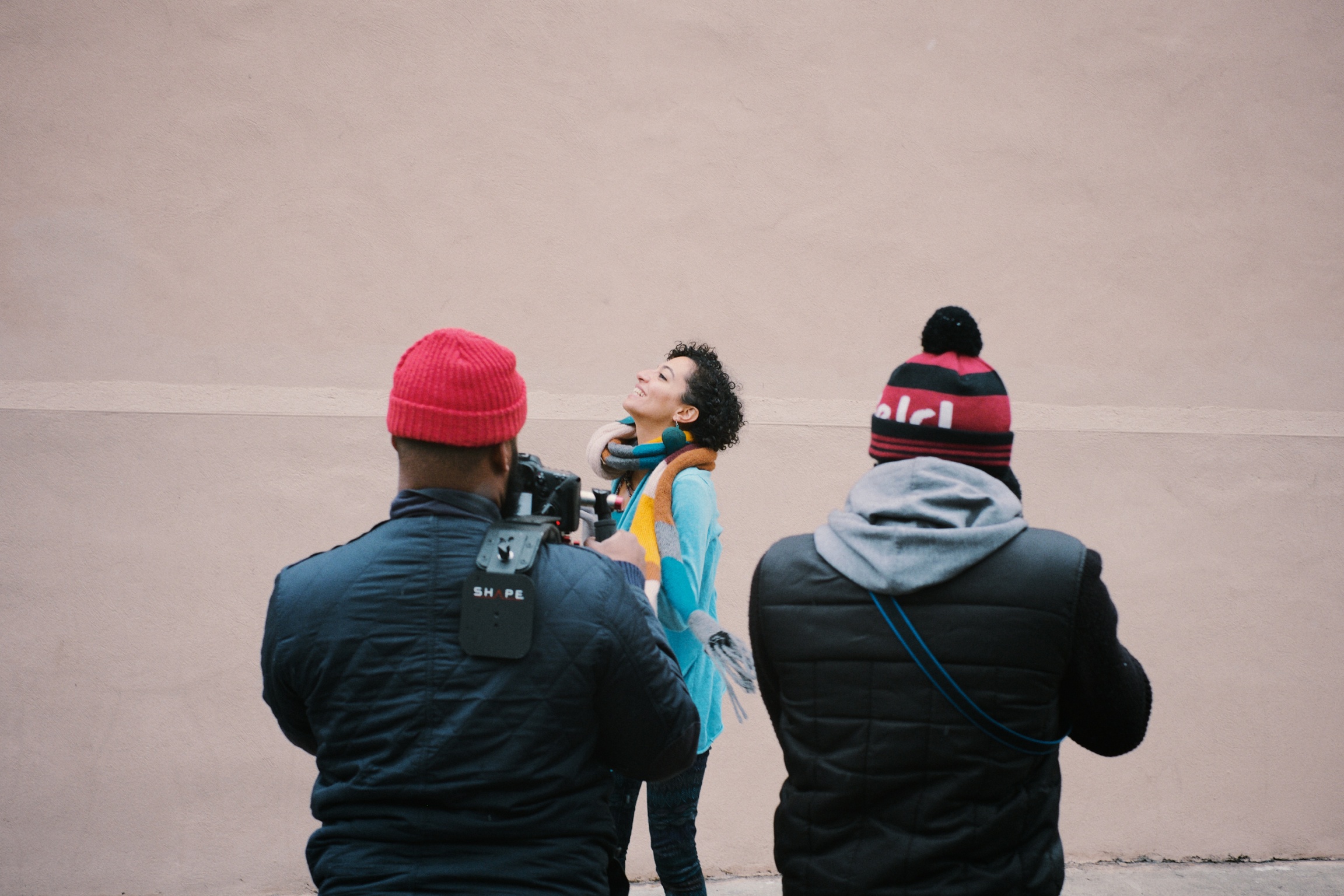
 I wanted to make sure I squeezed in a looking back/looking forward post in before January had slipped away, so here it is, albeit quite late in the month. It still counts!
I wanted to make sure I squeezed in a looking back/looking forward post in before January had slipped away, so here it is, albeit quite late in the month. It still counts!